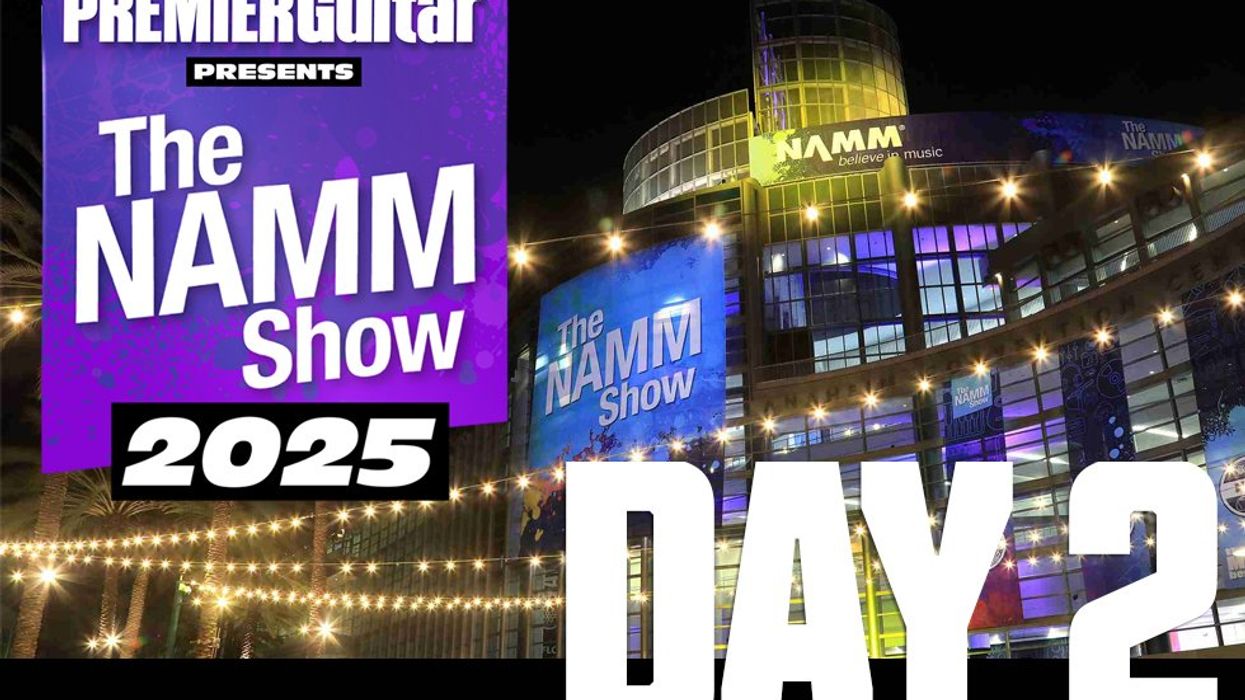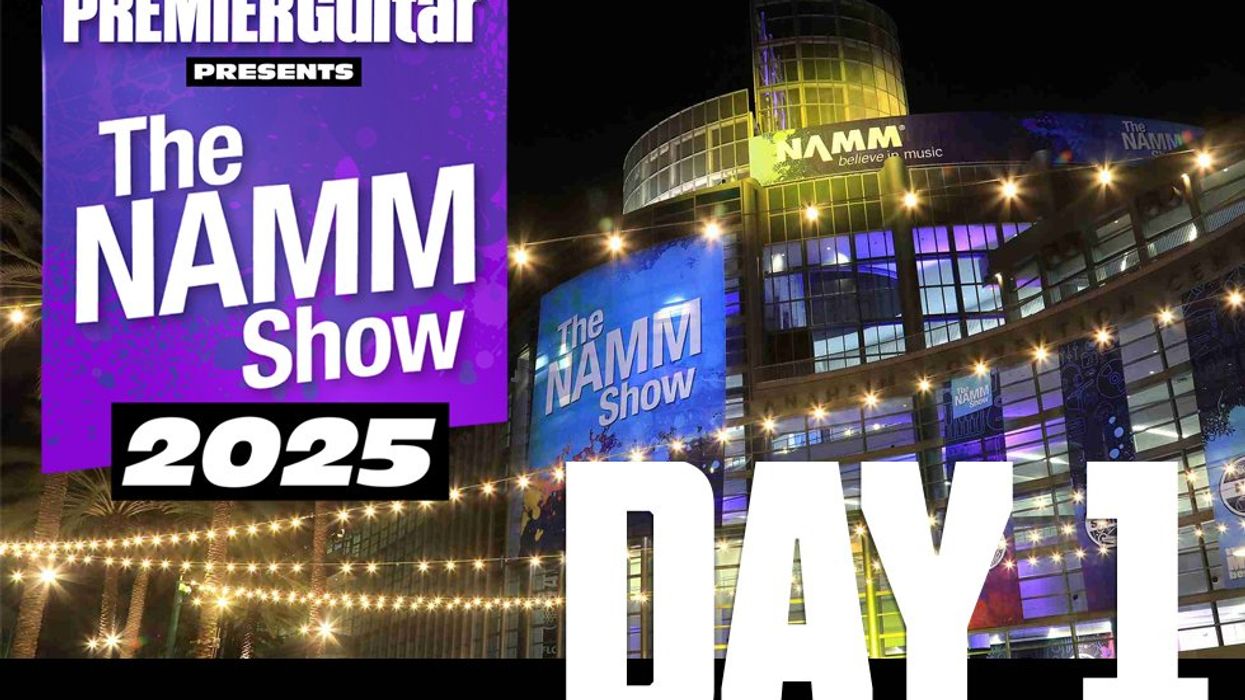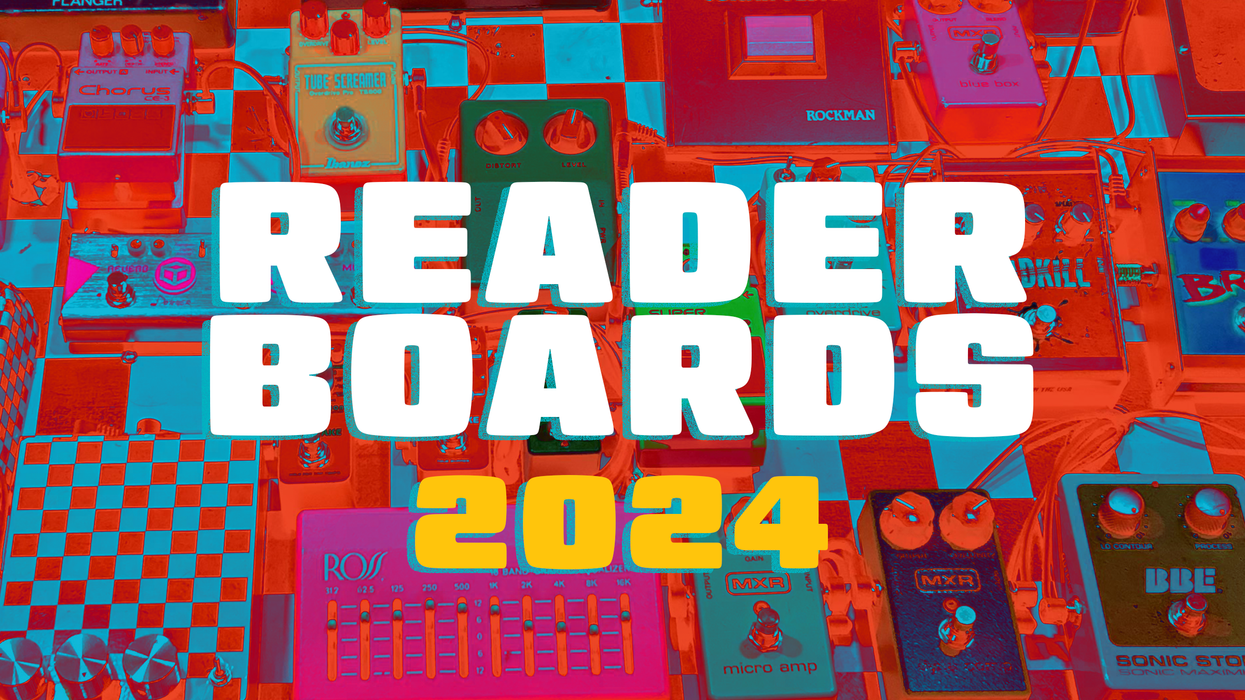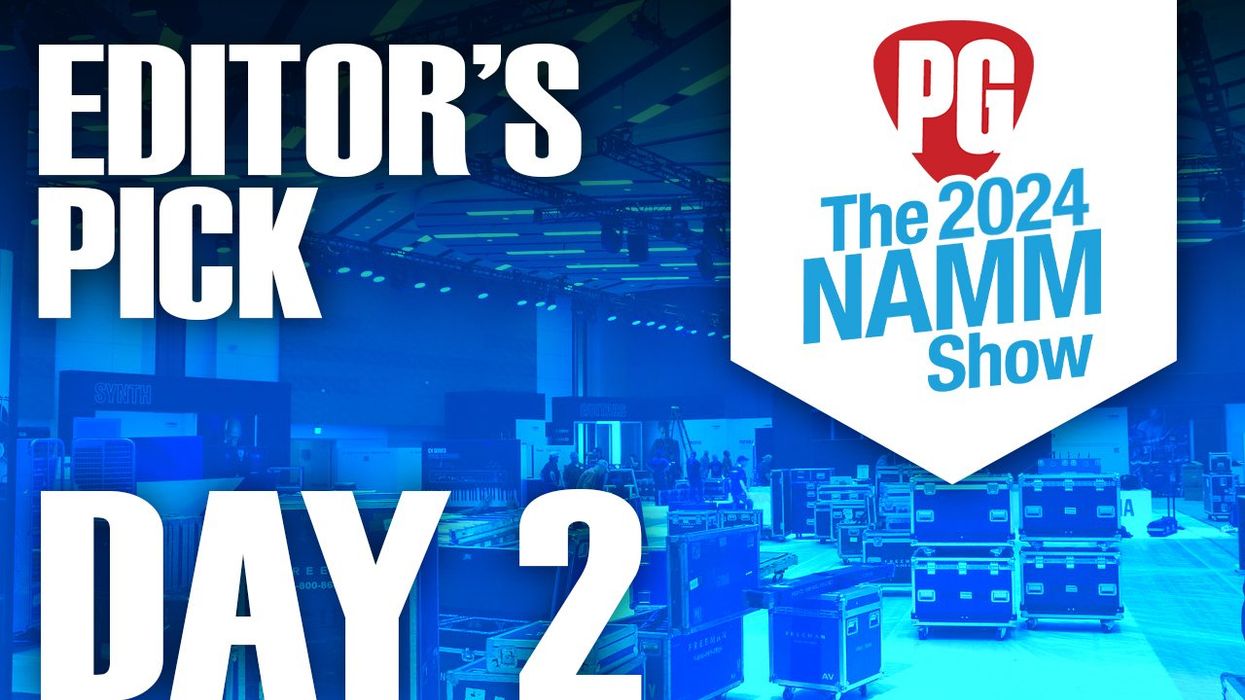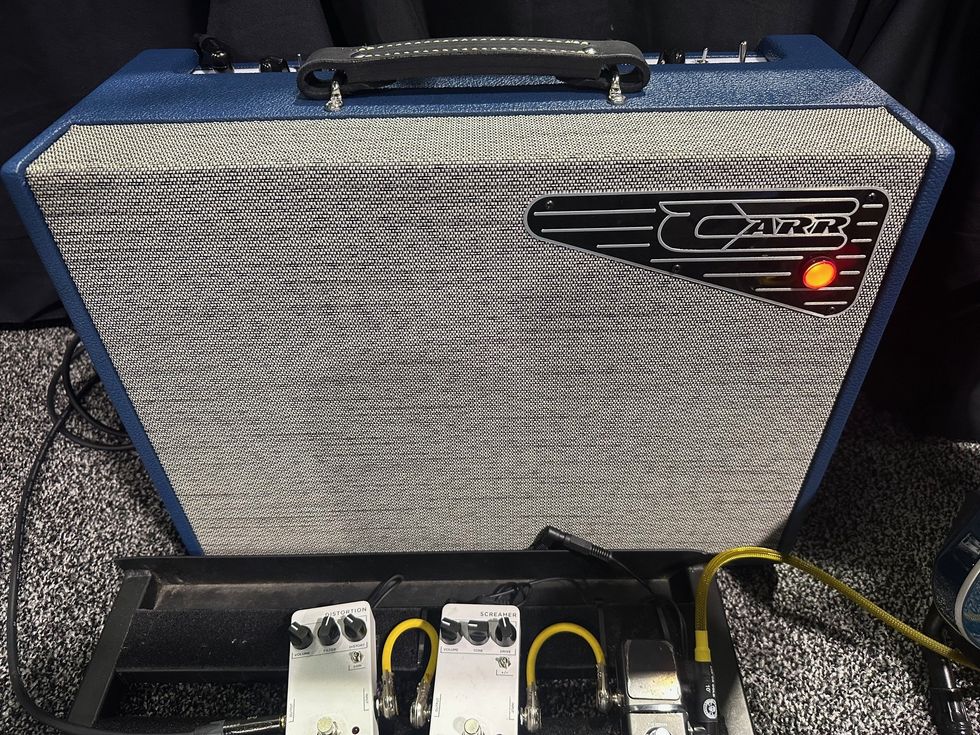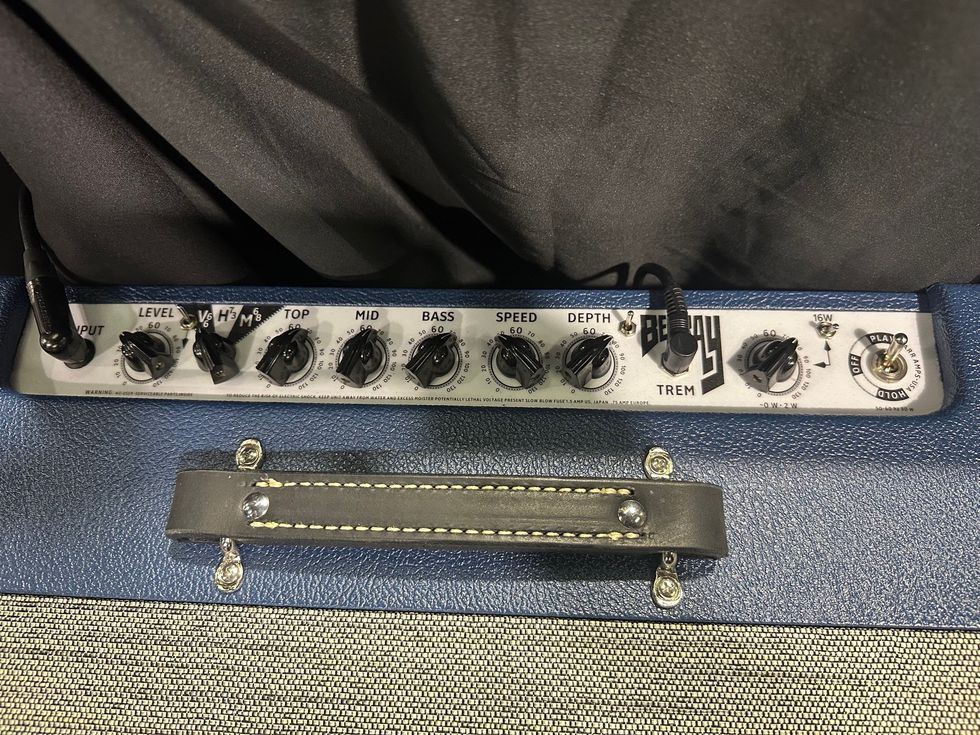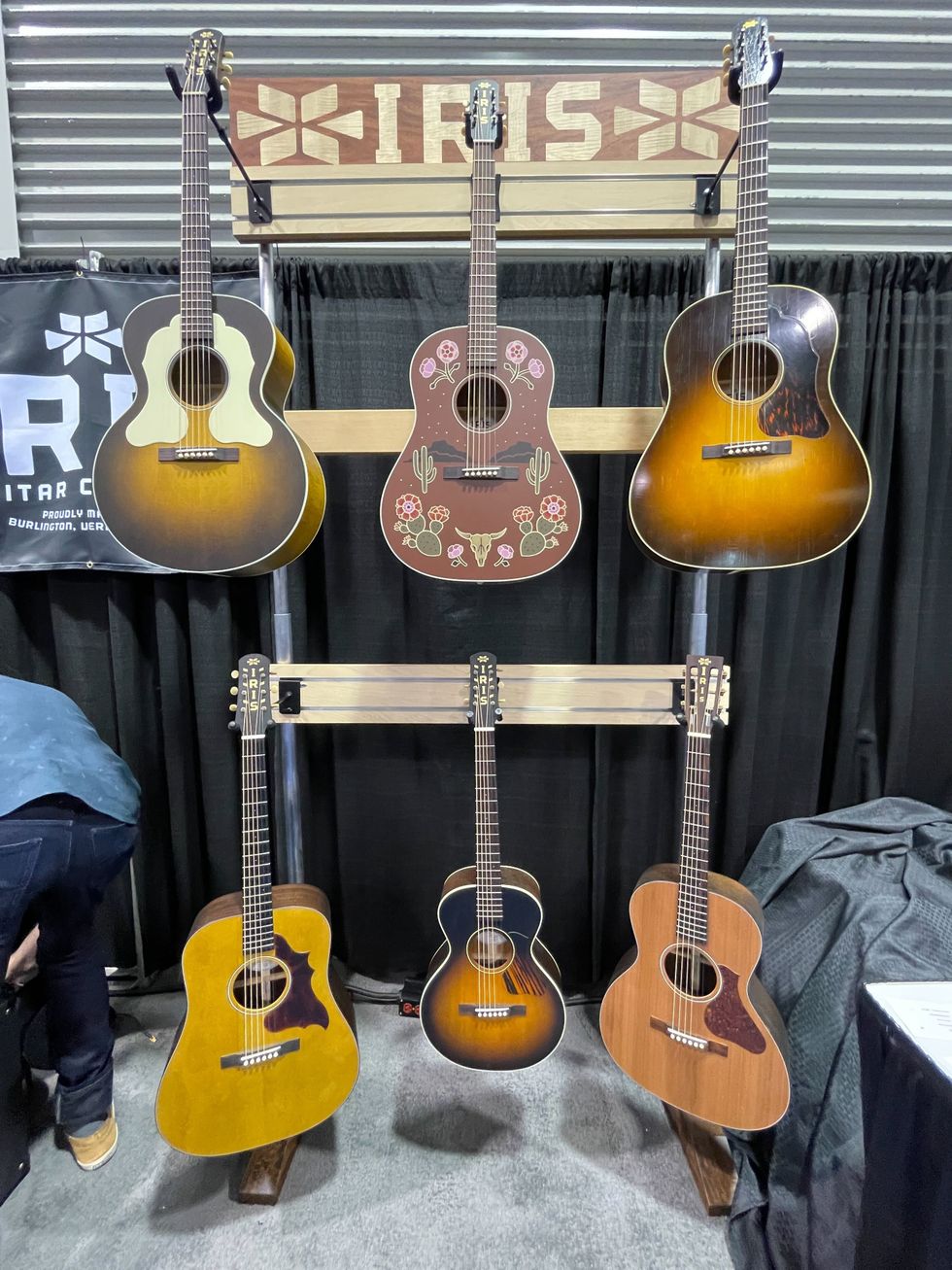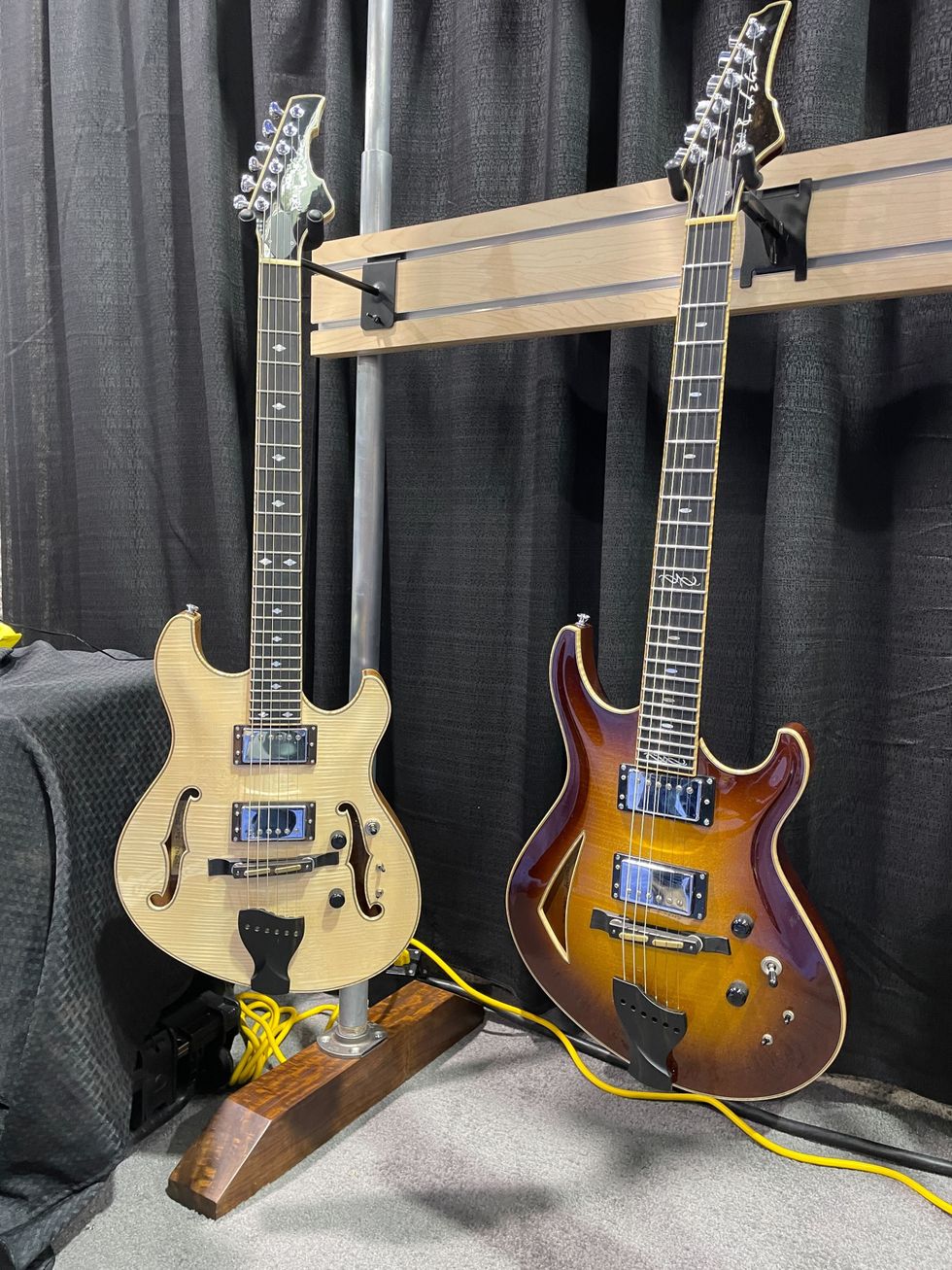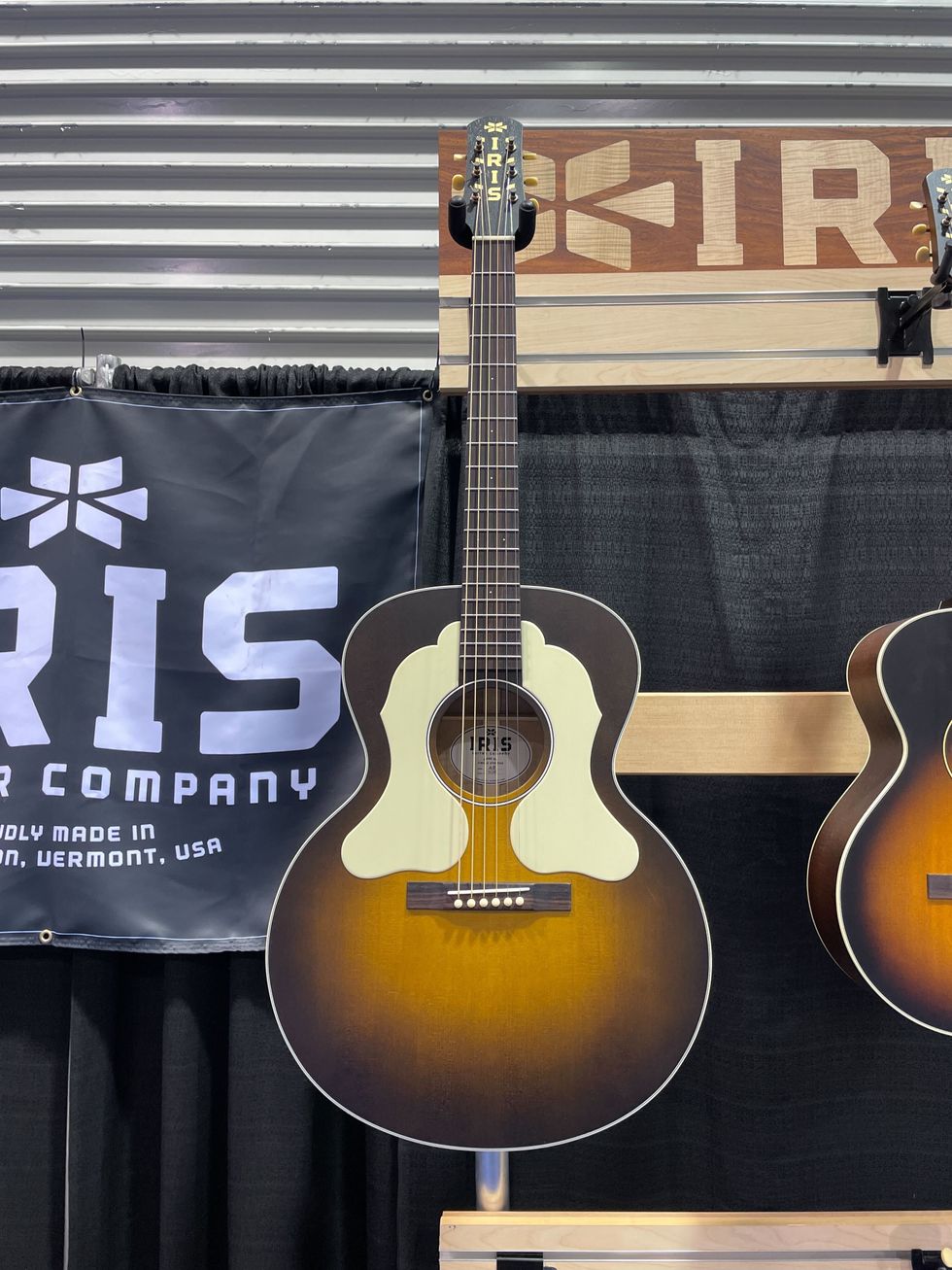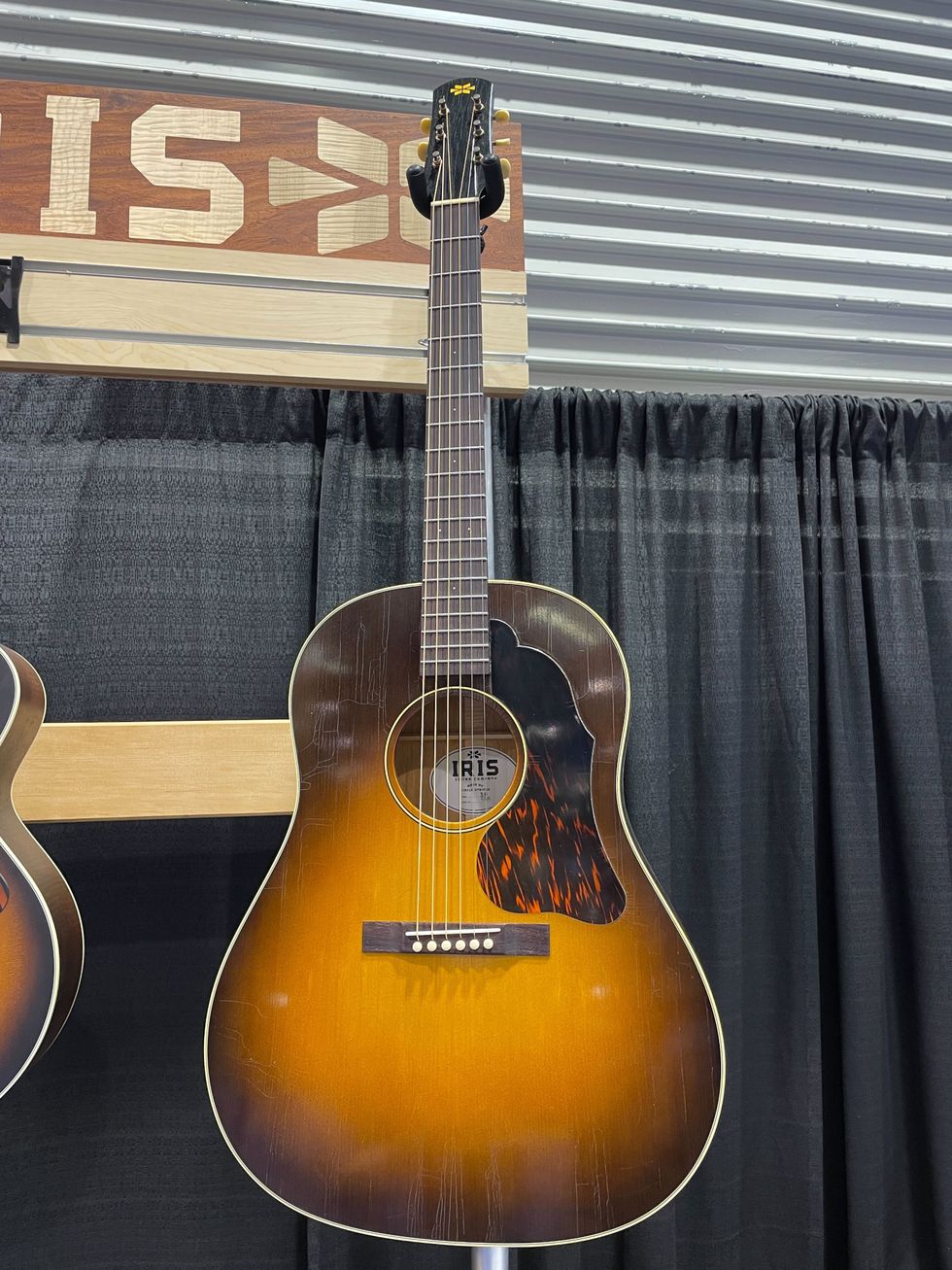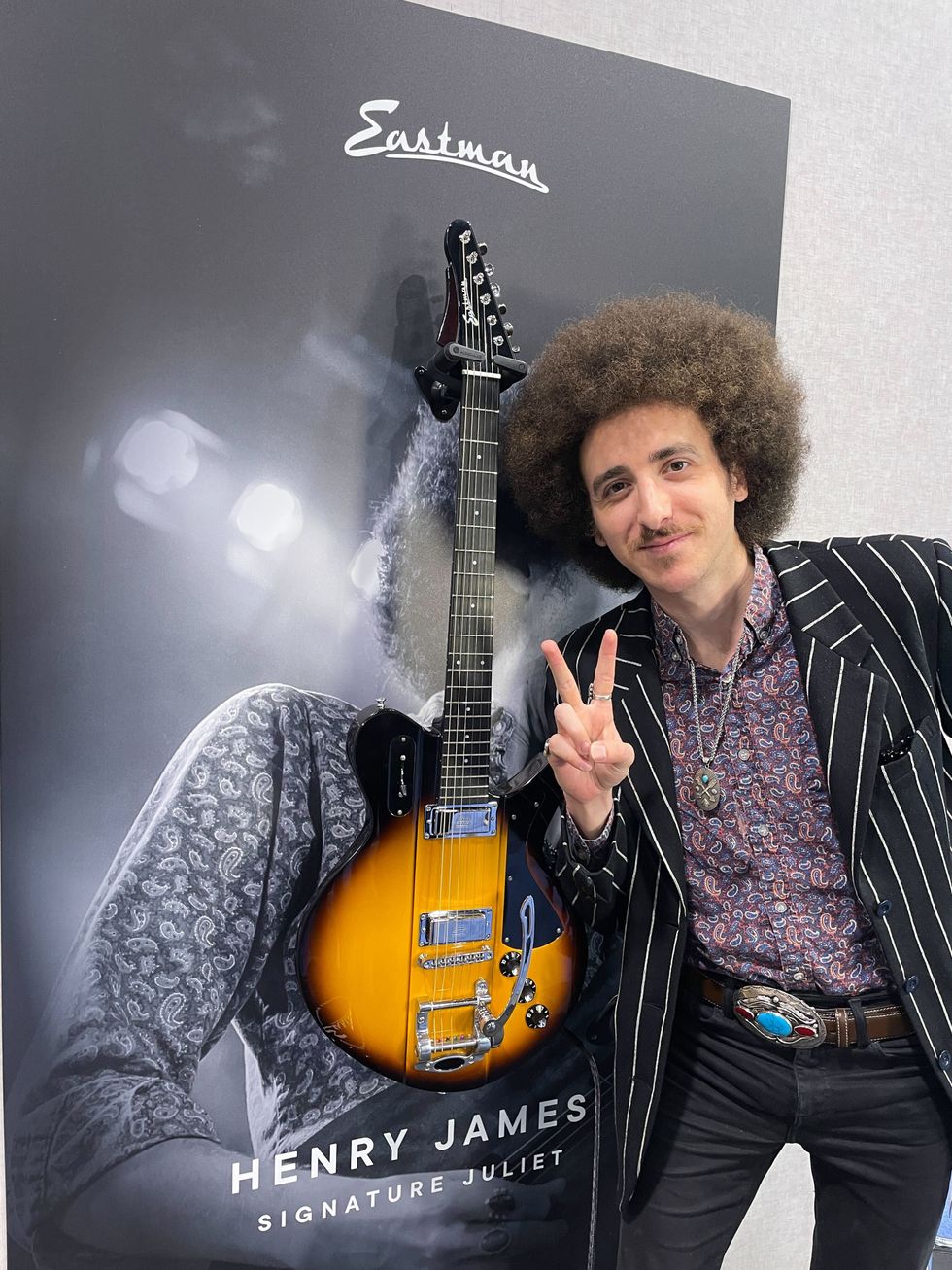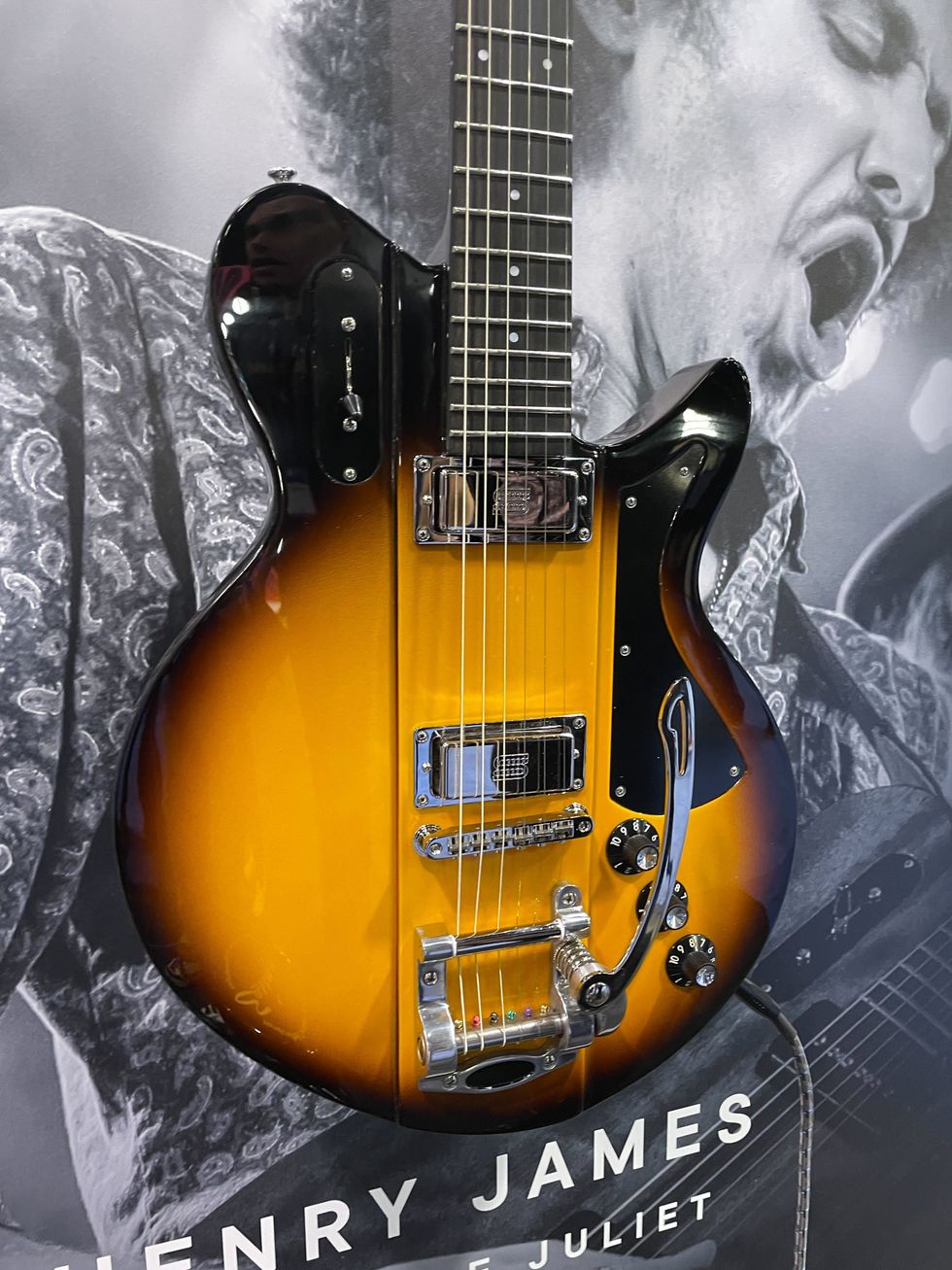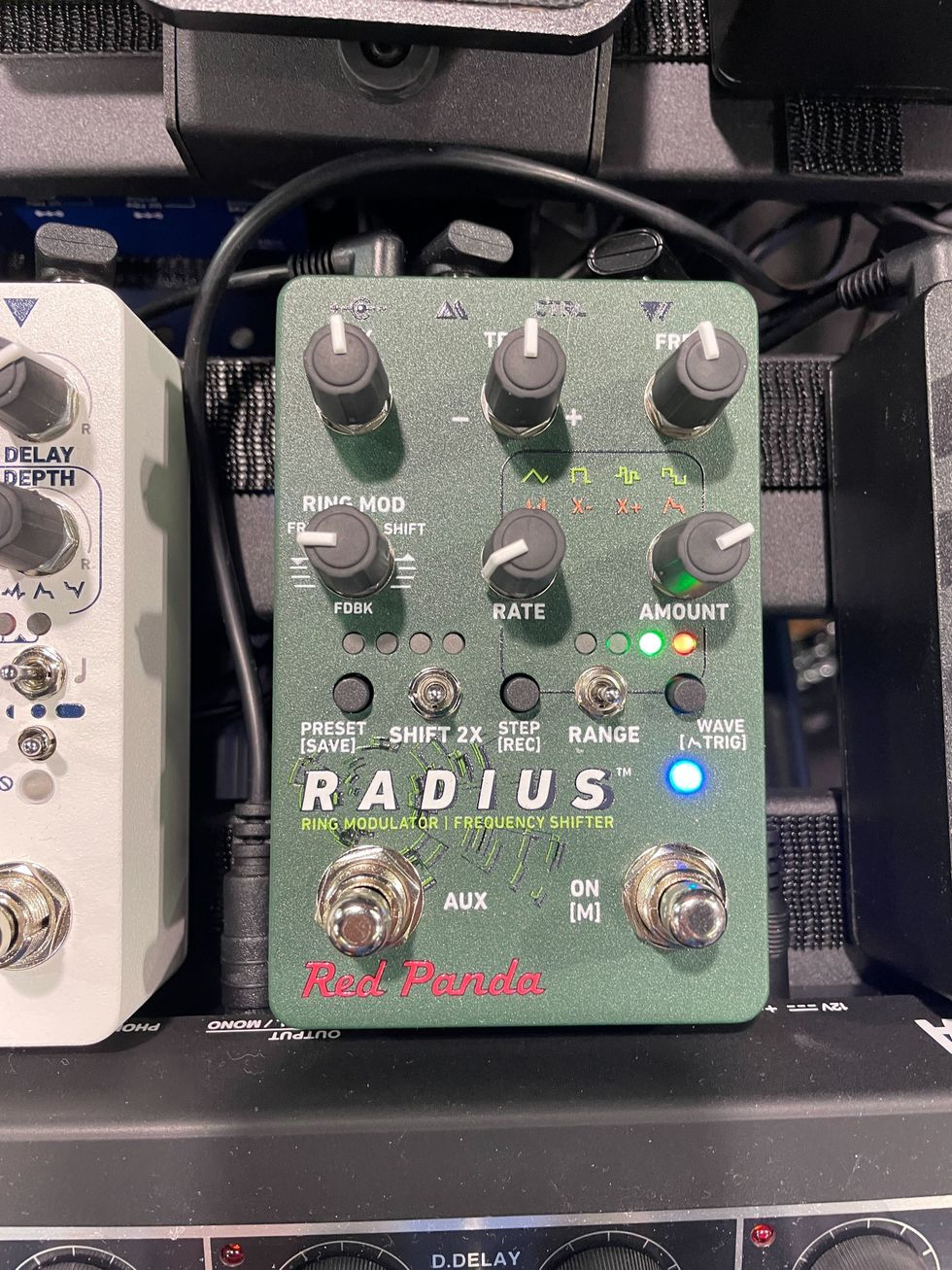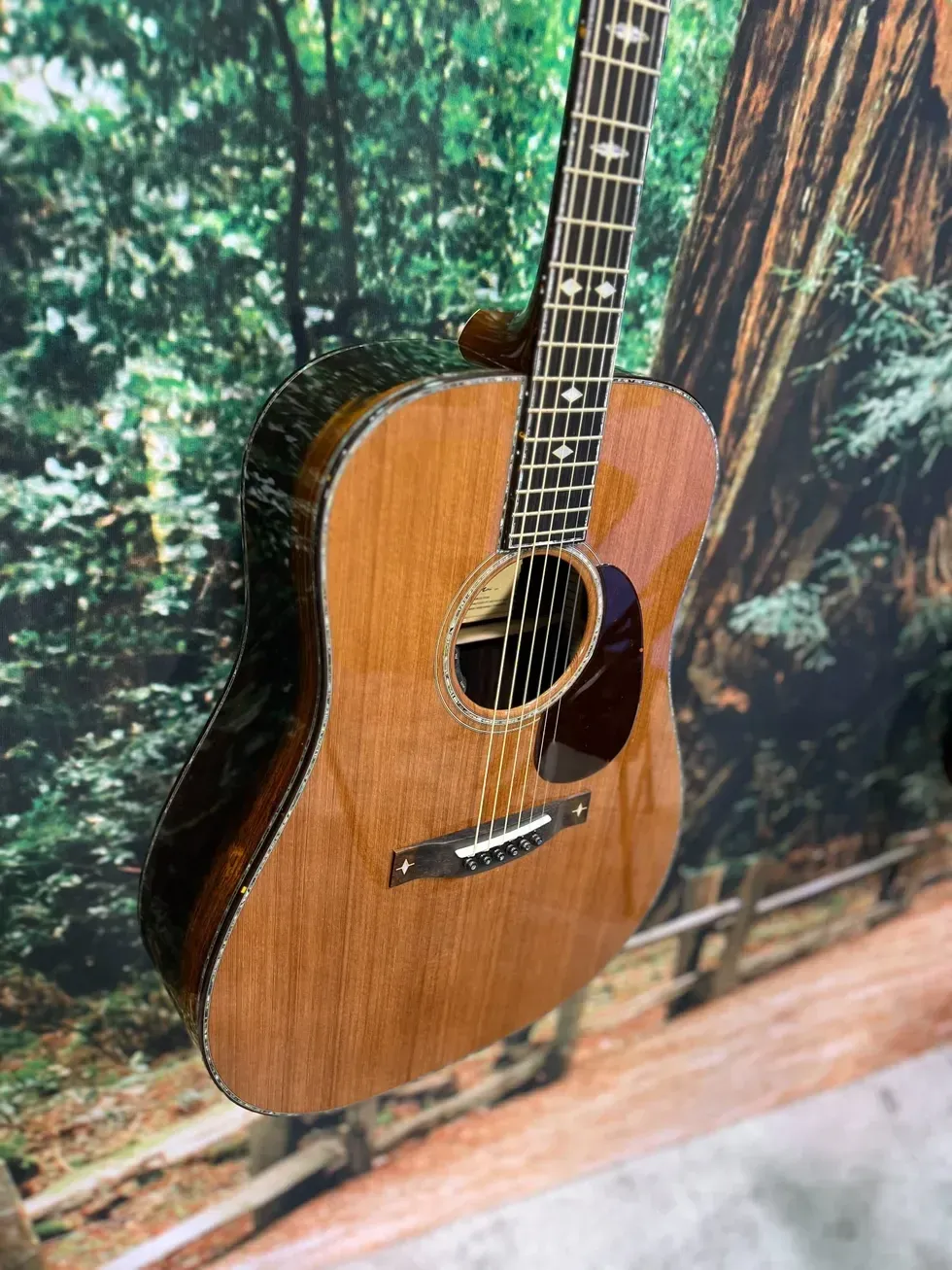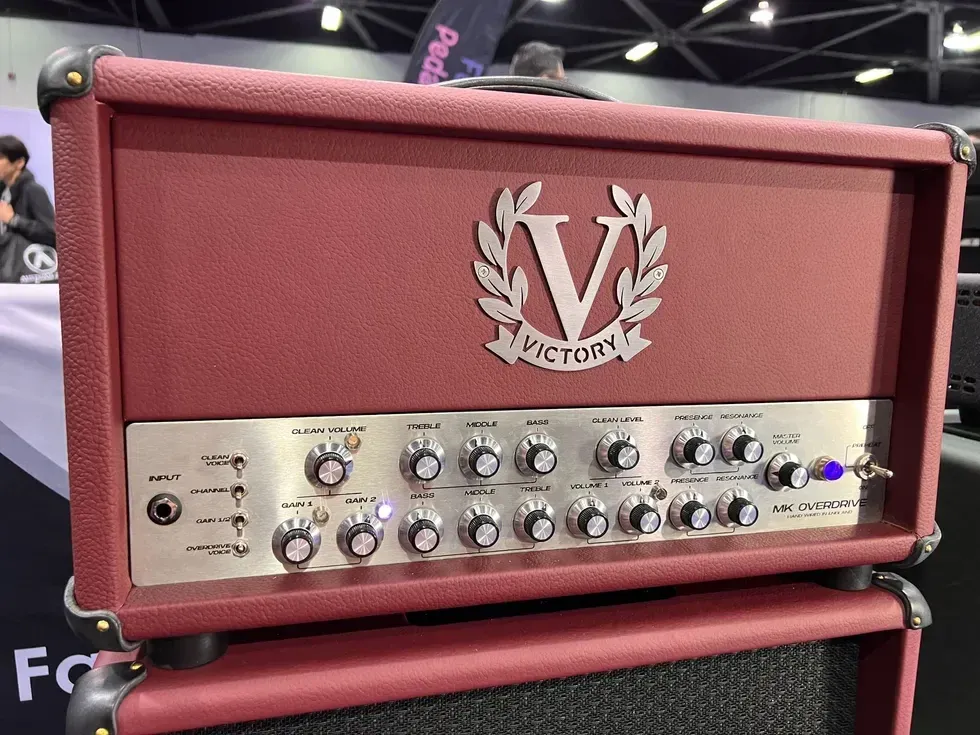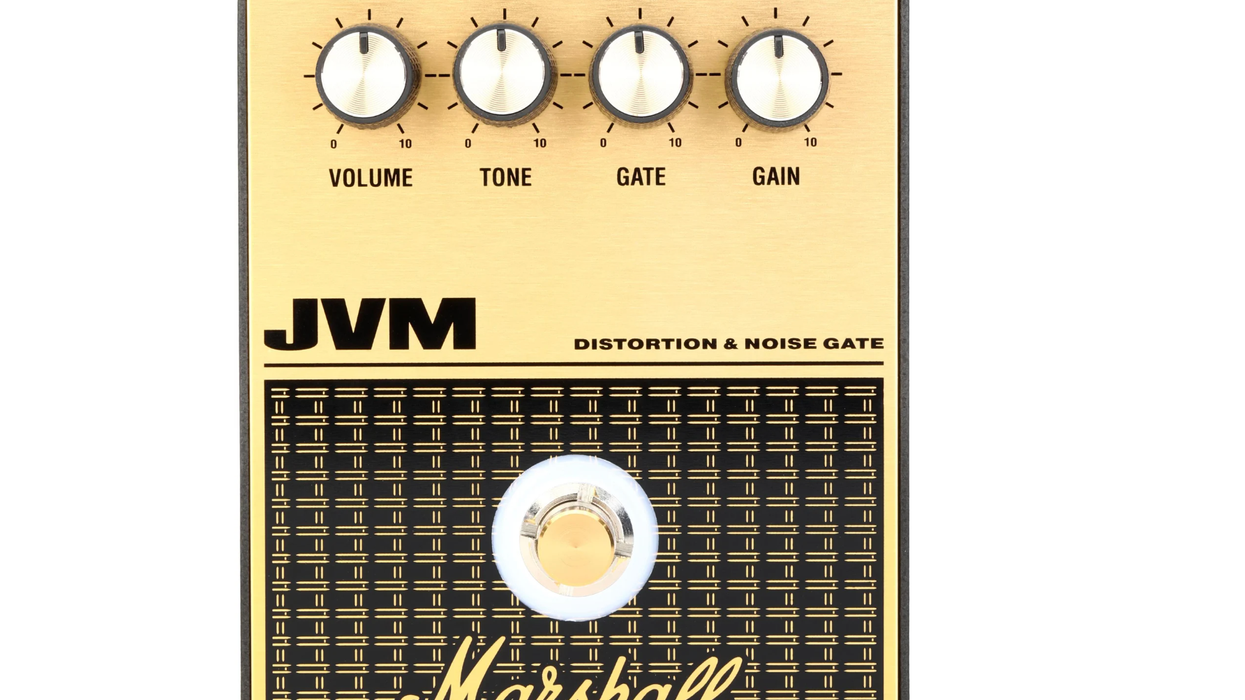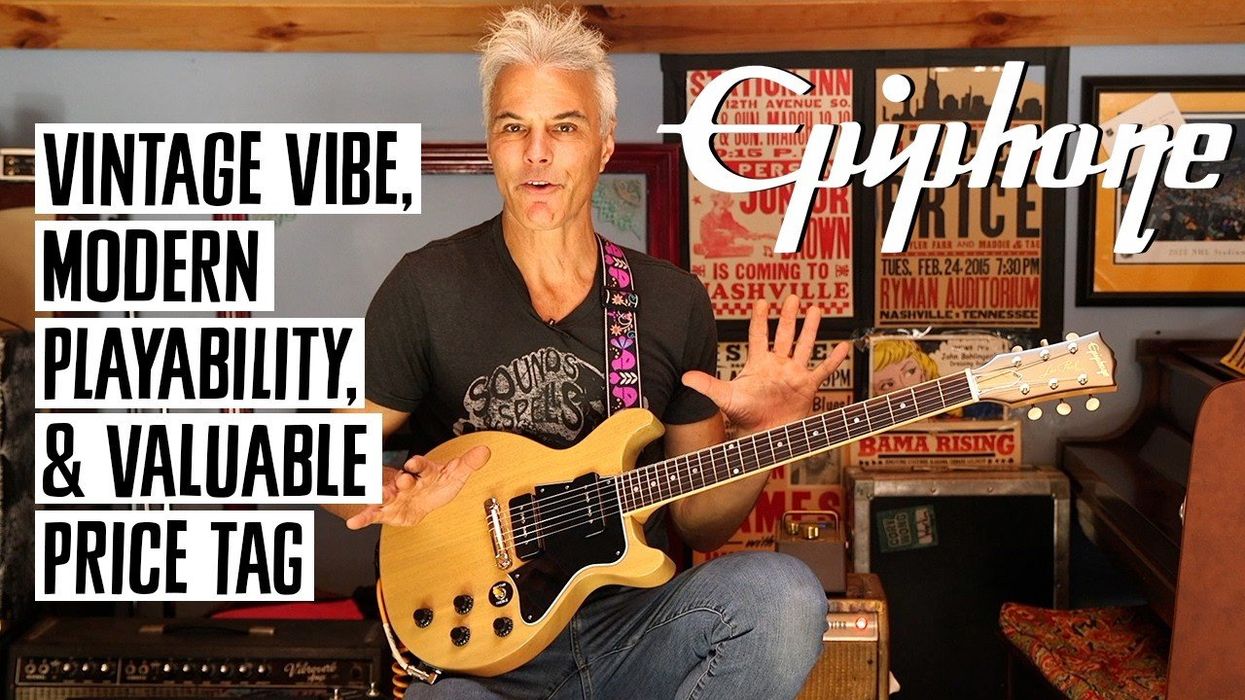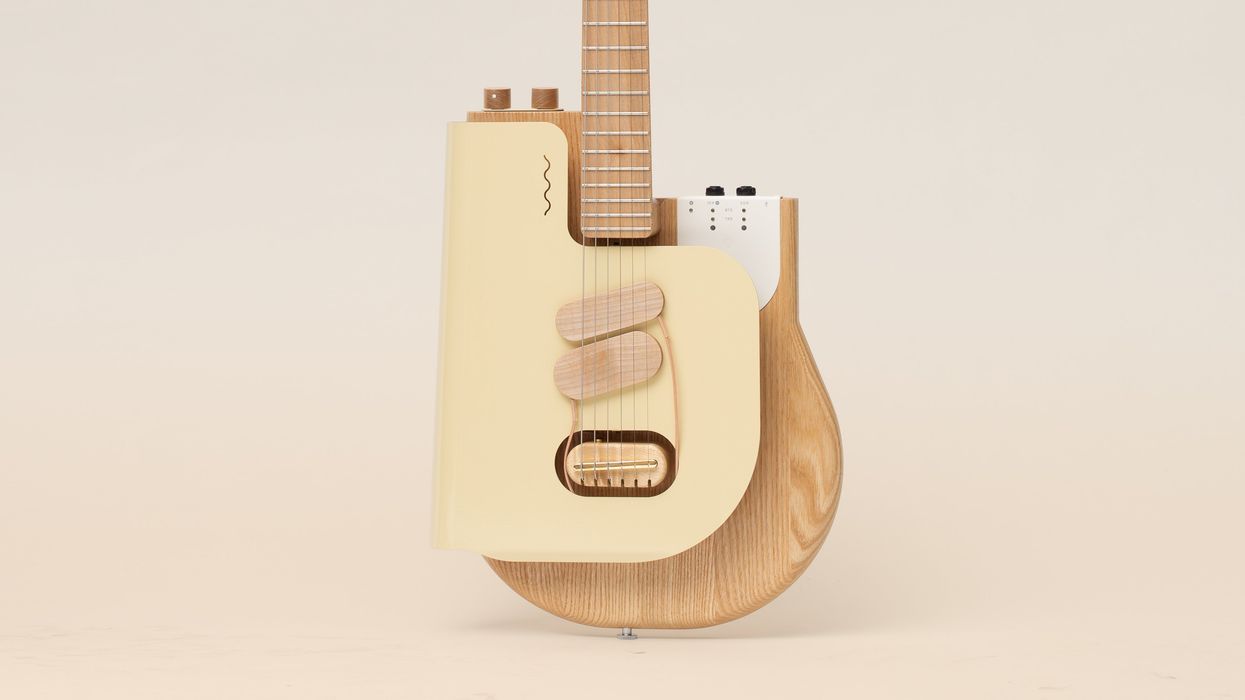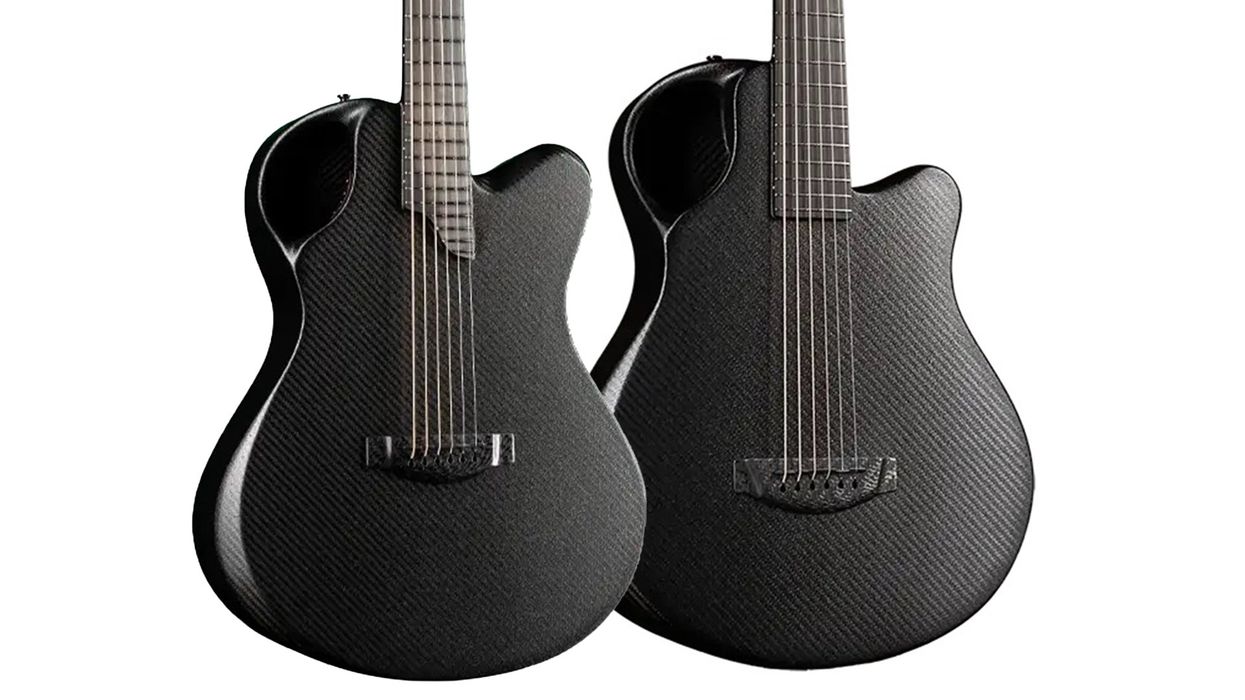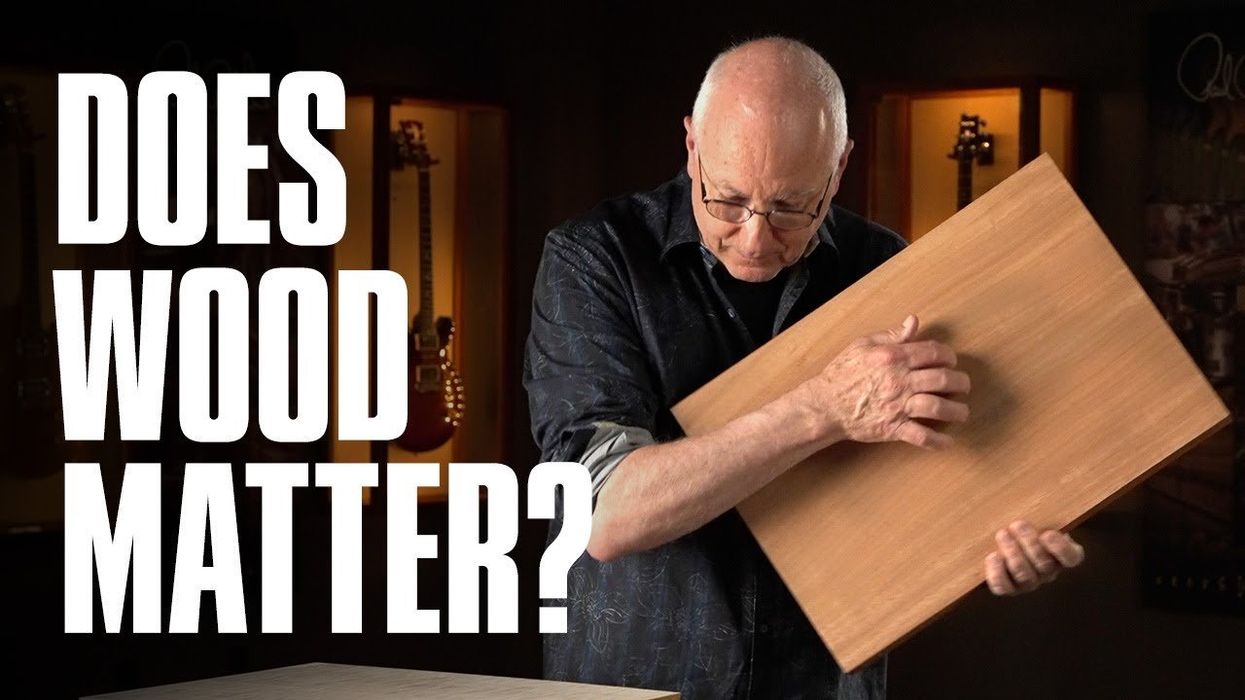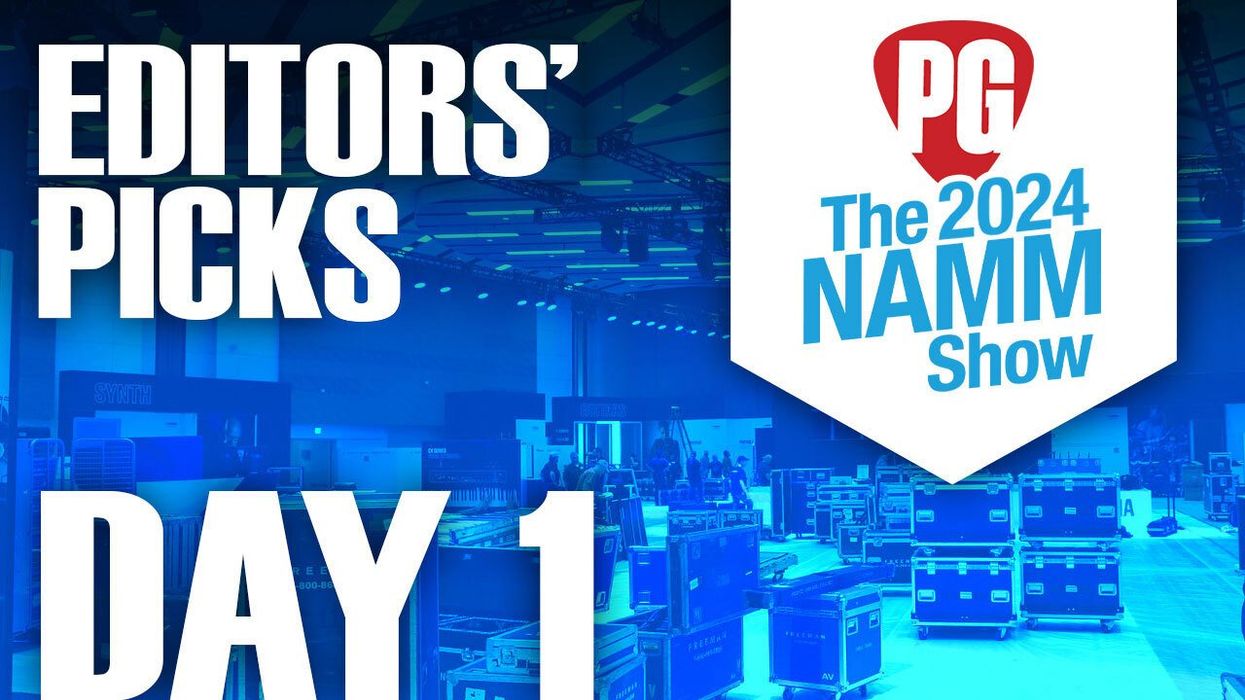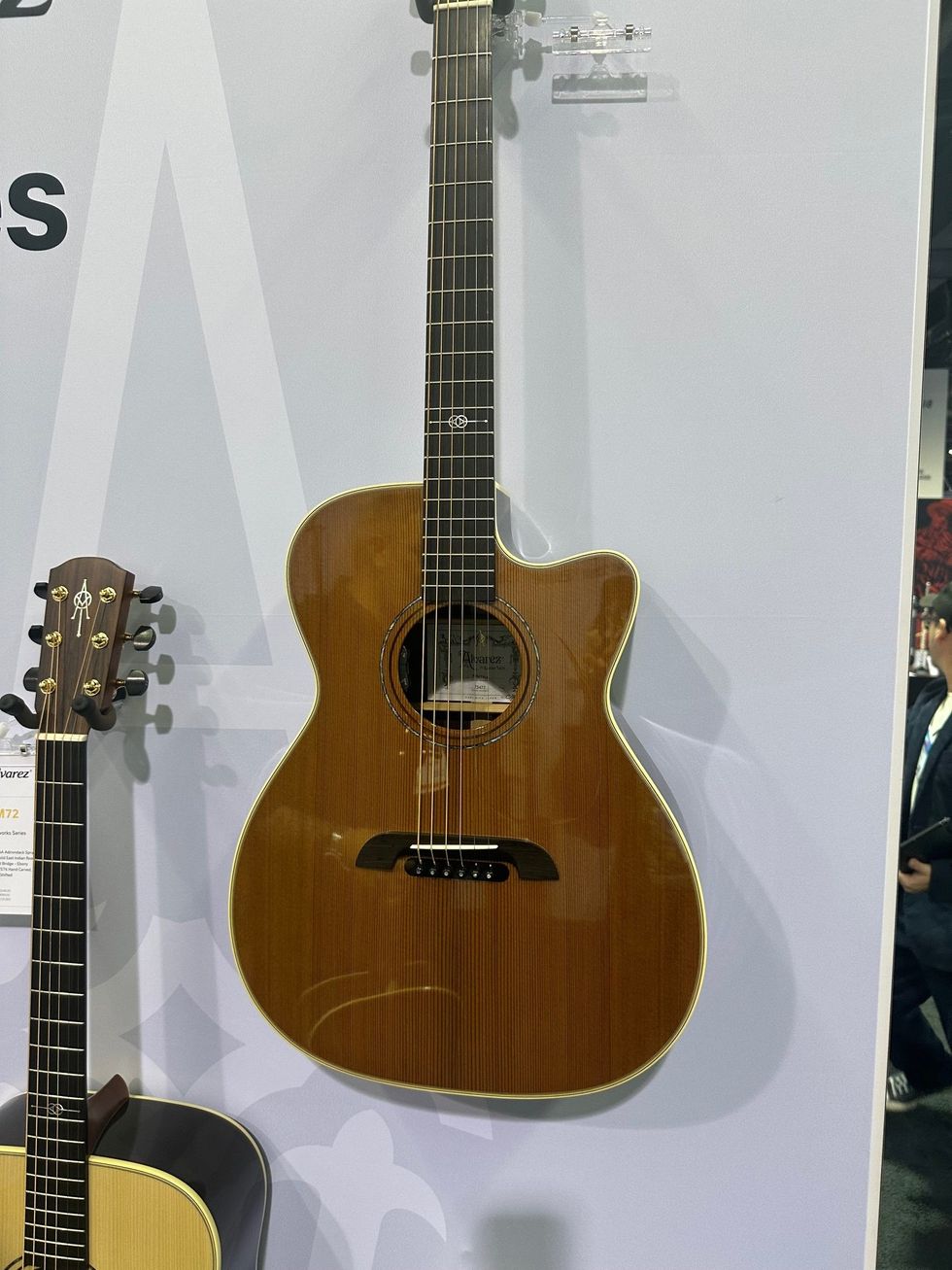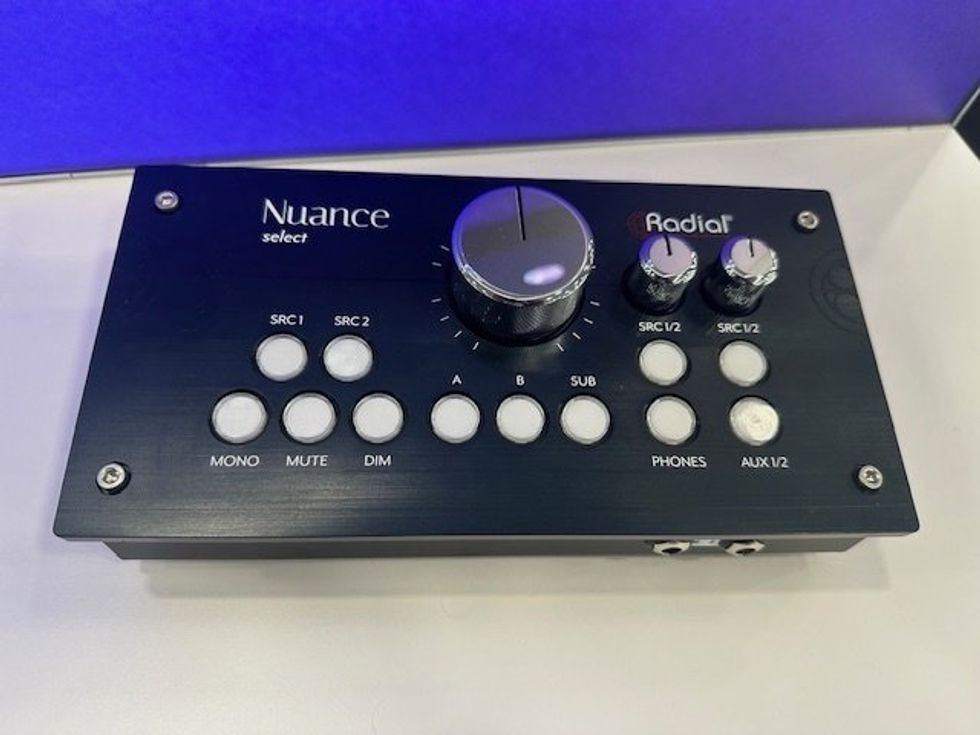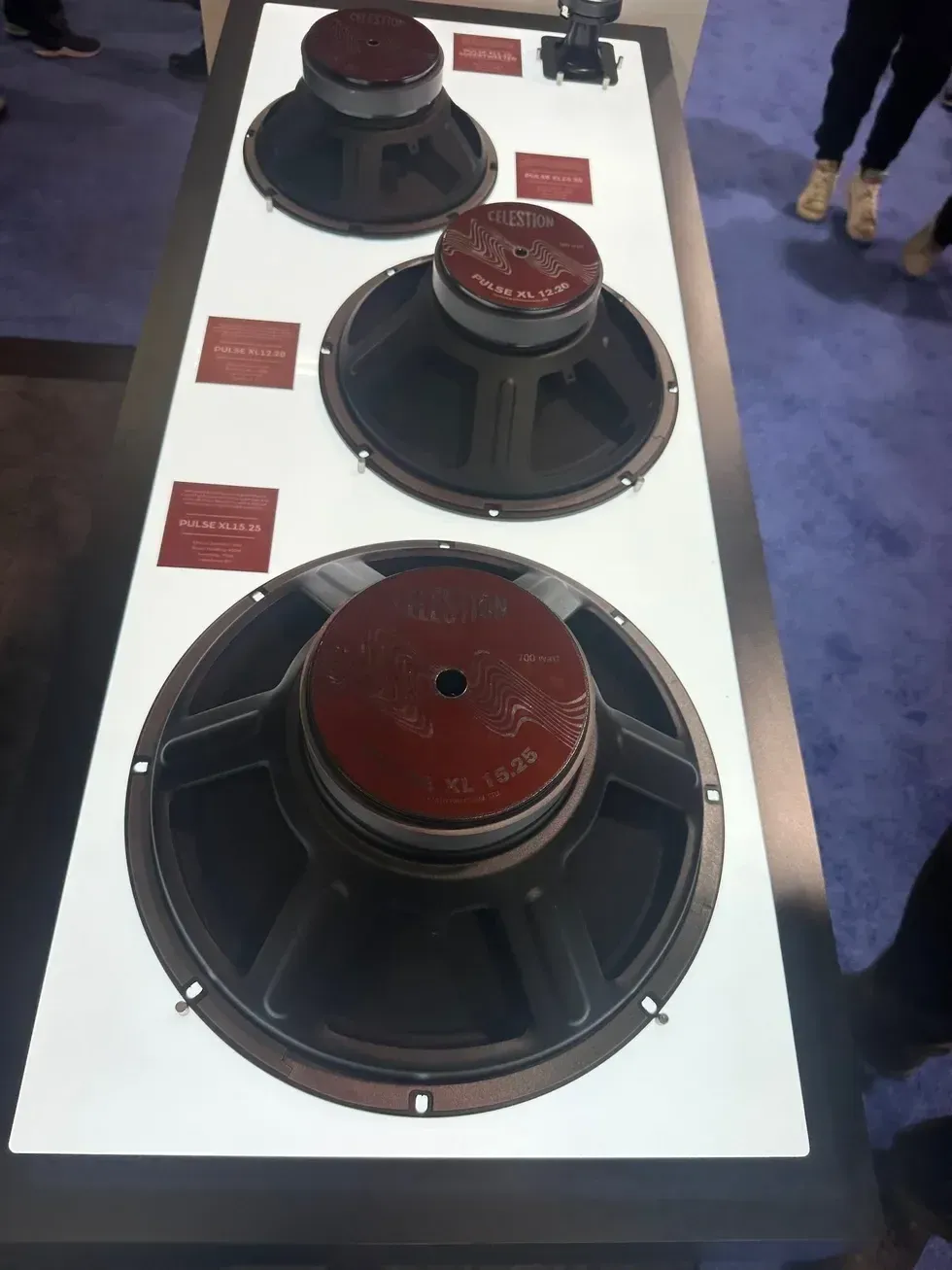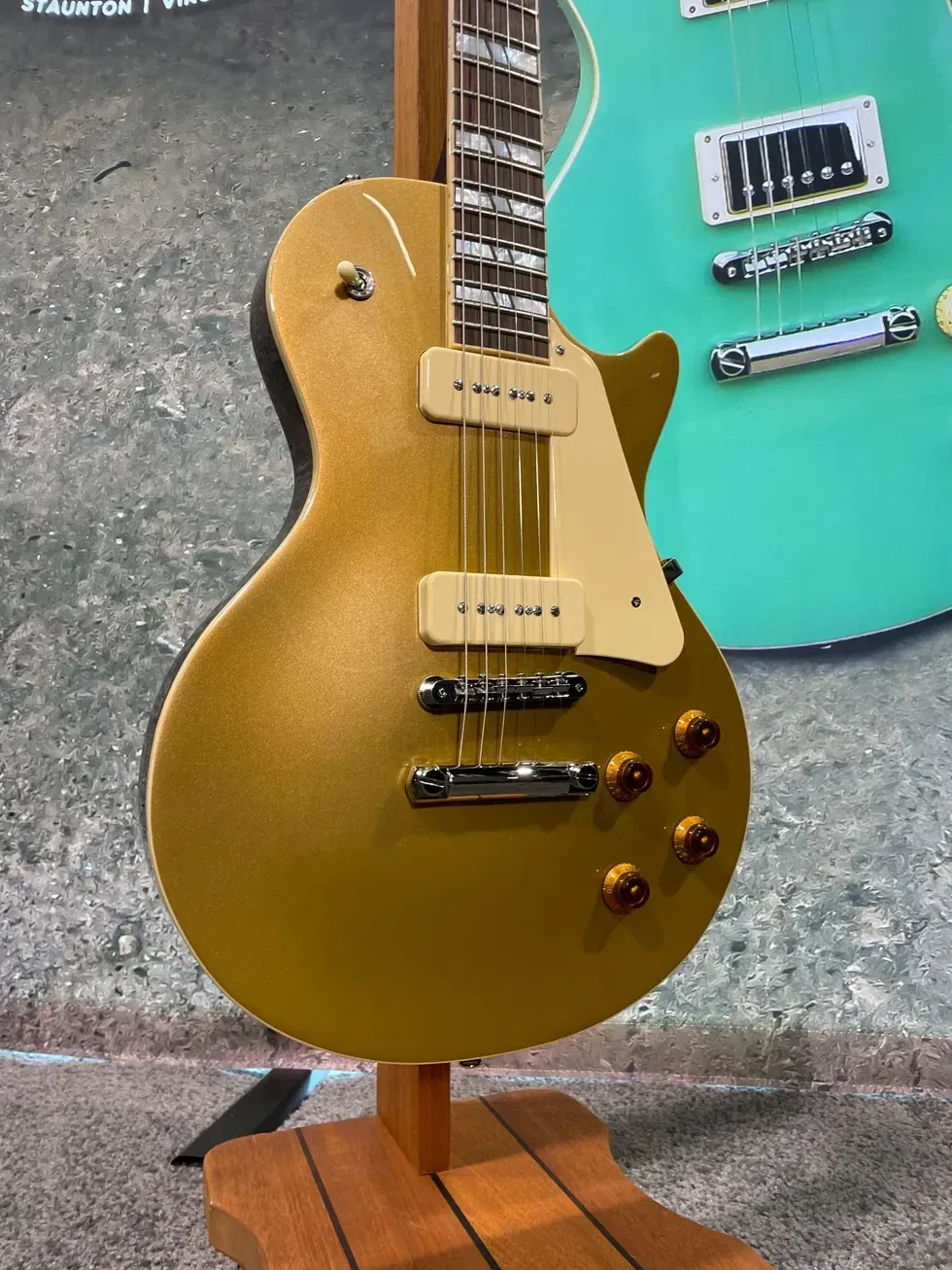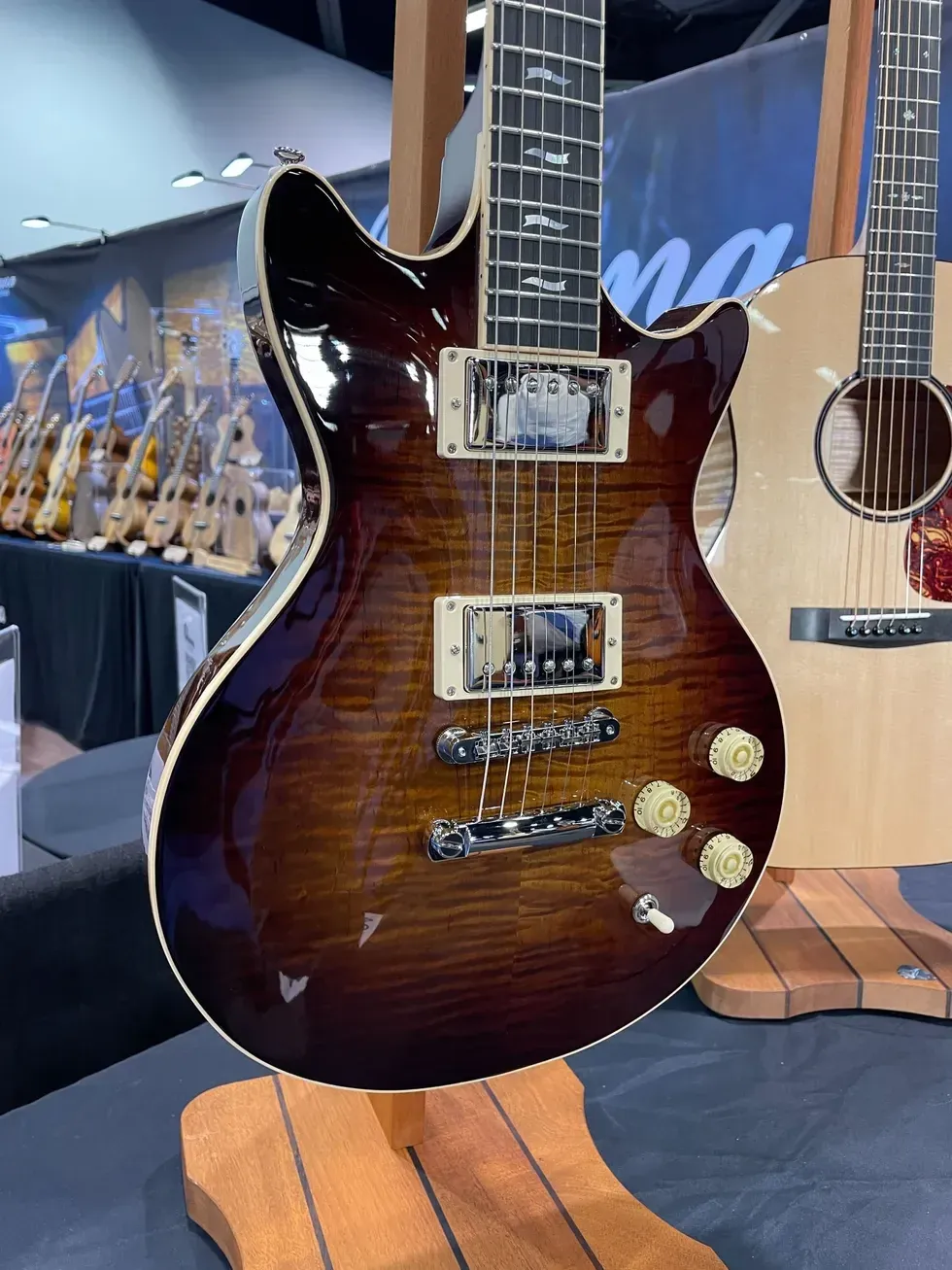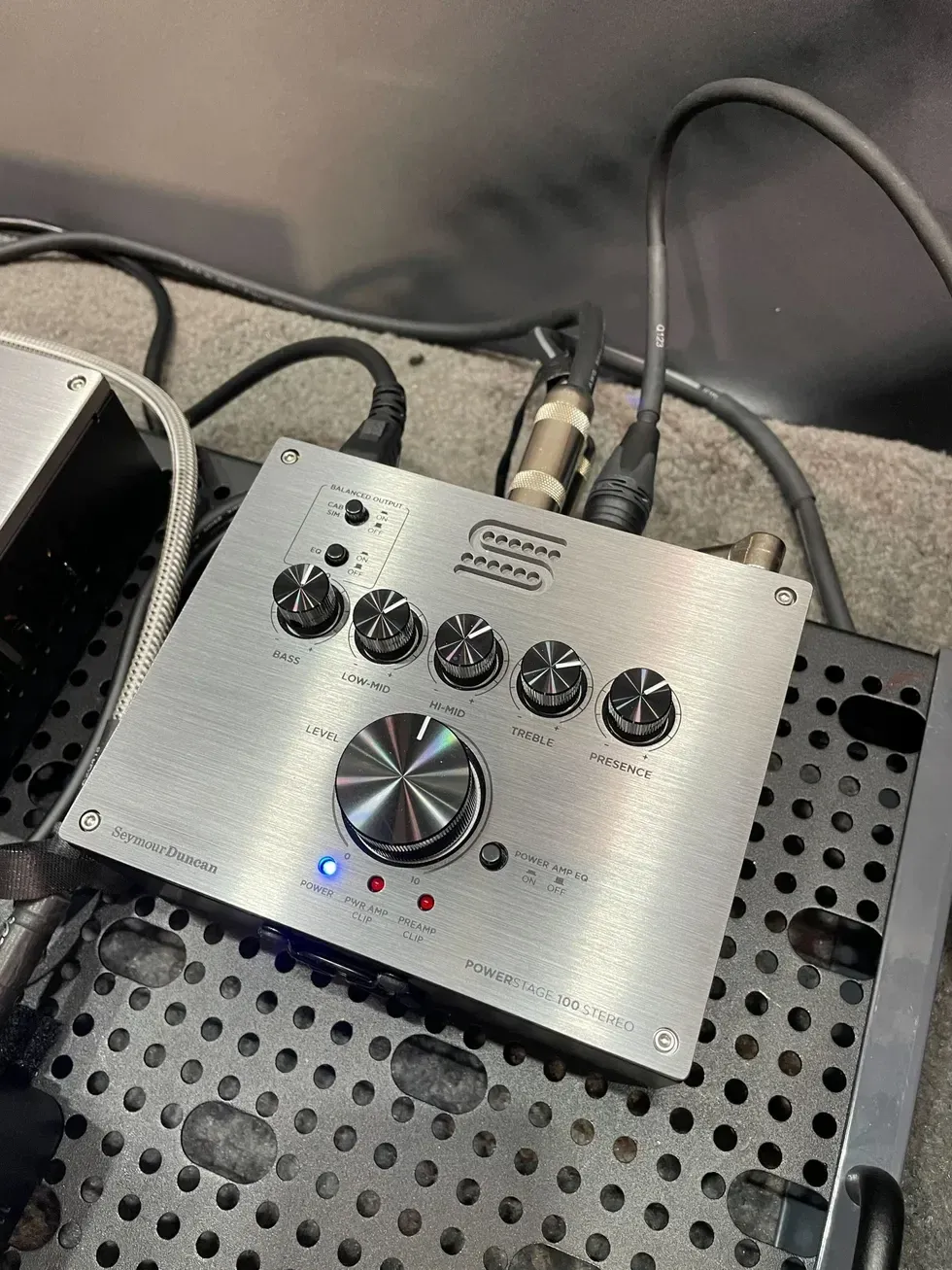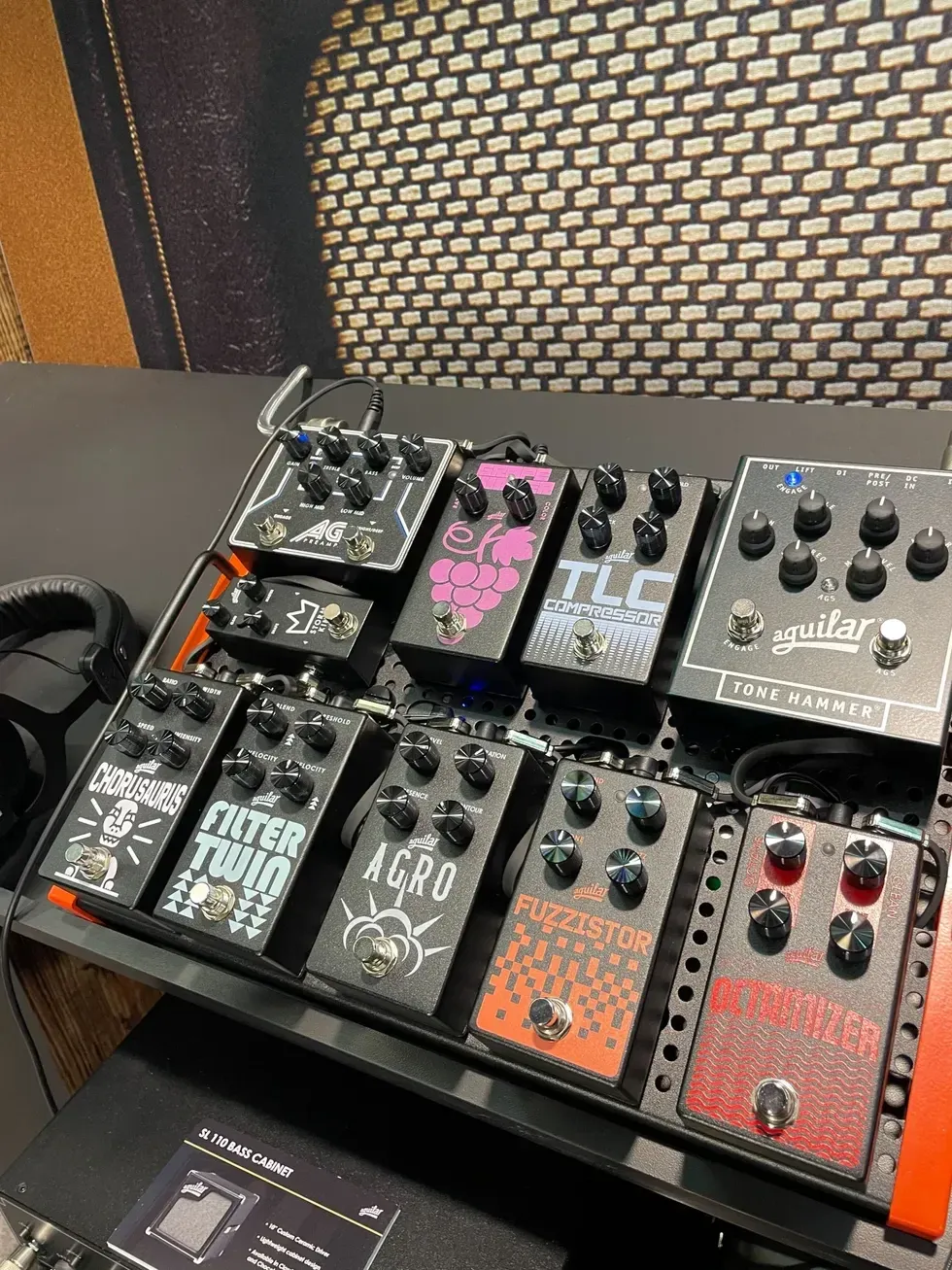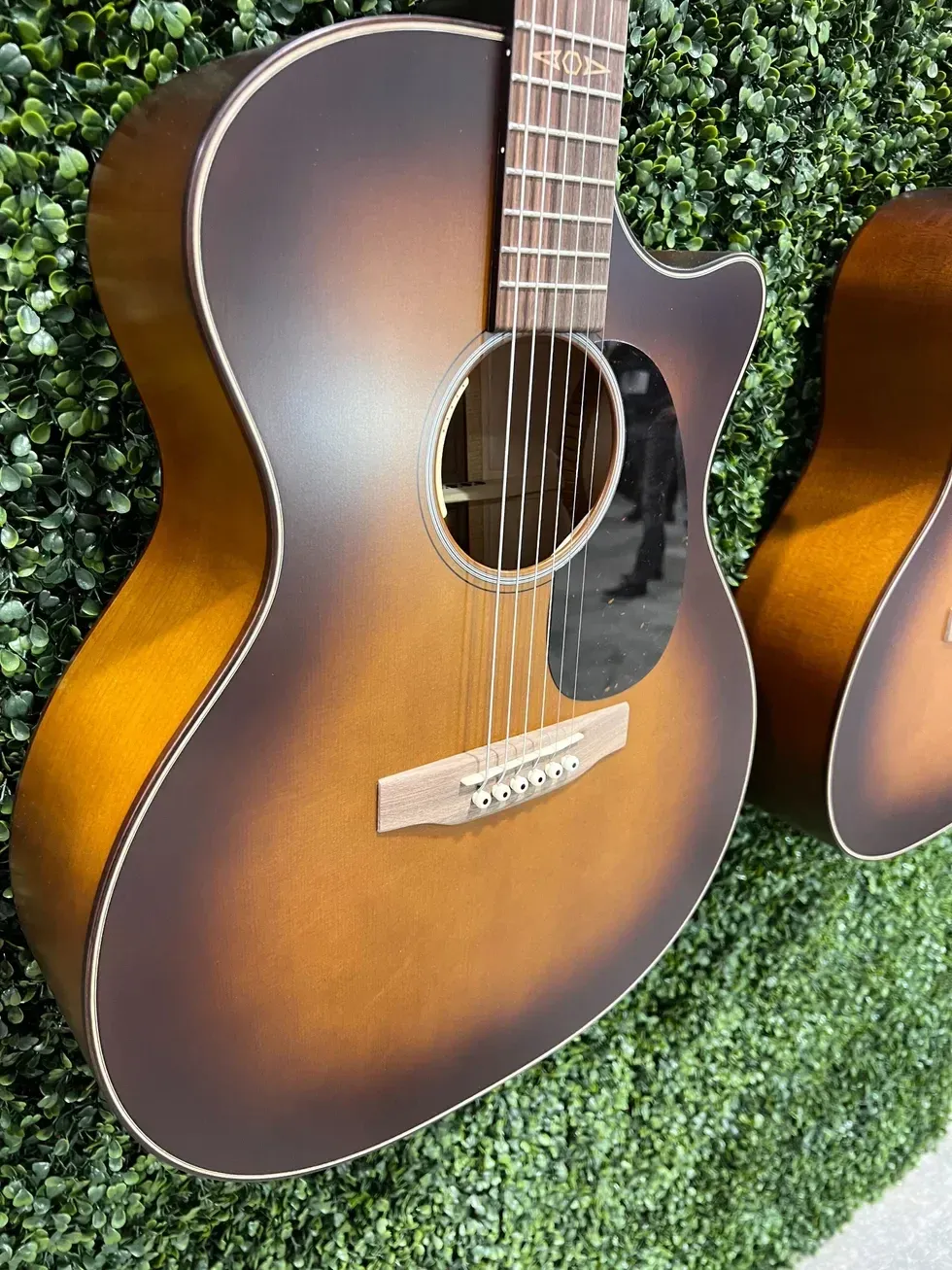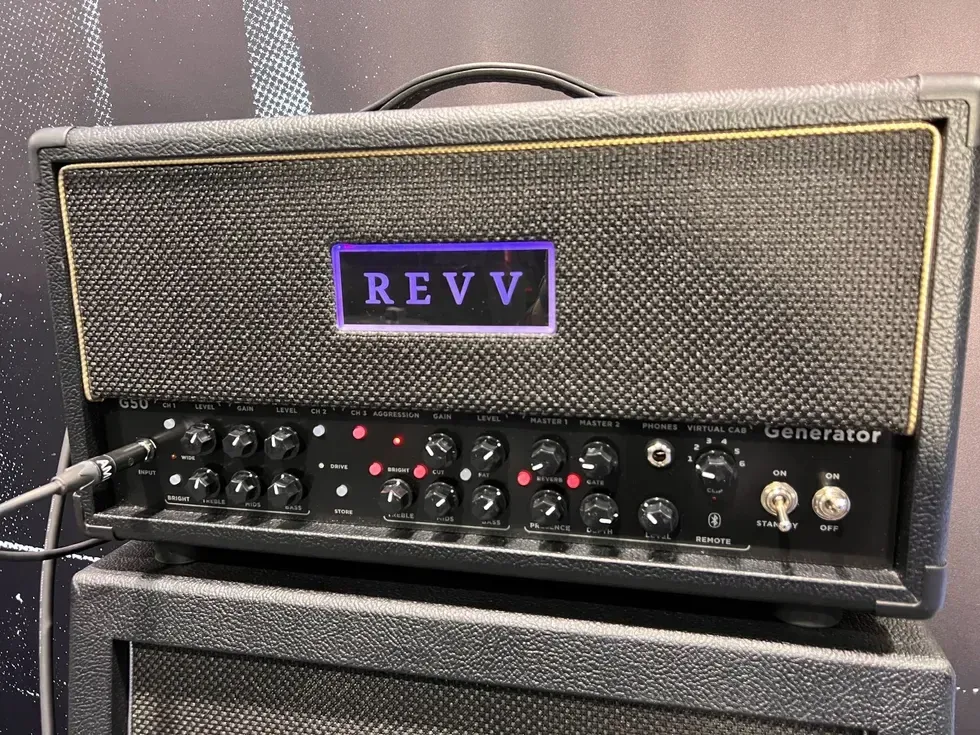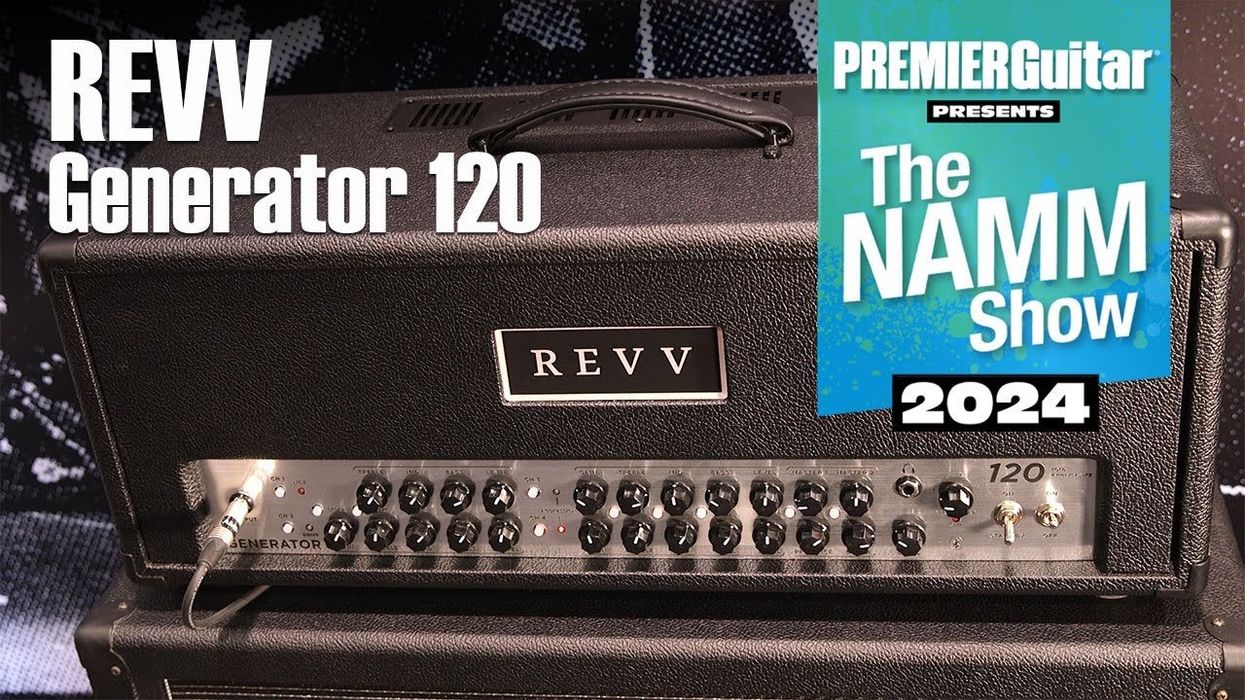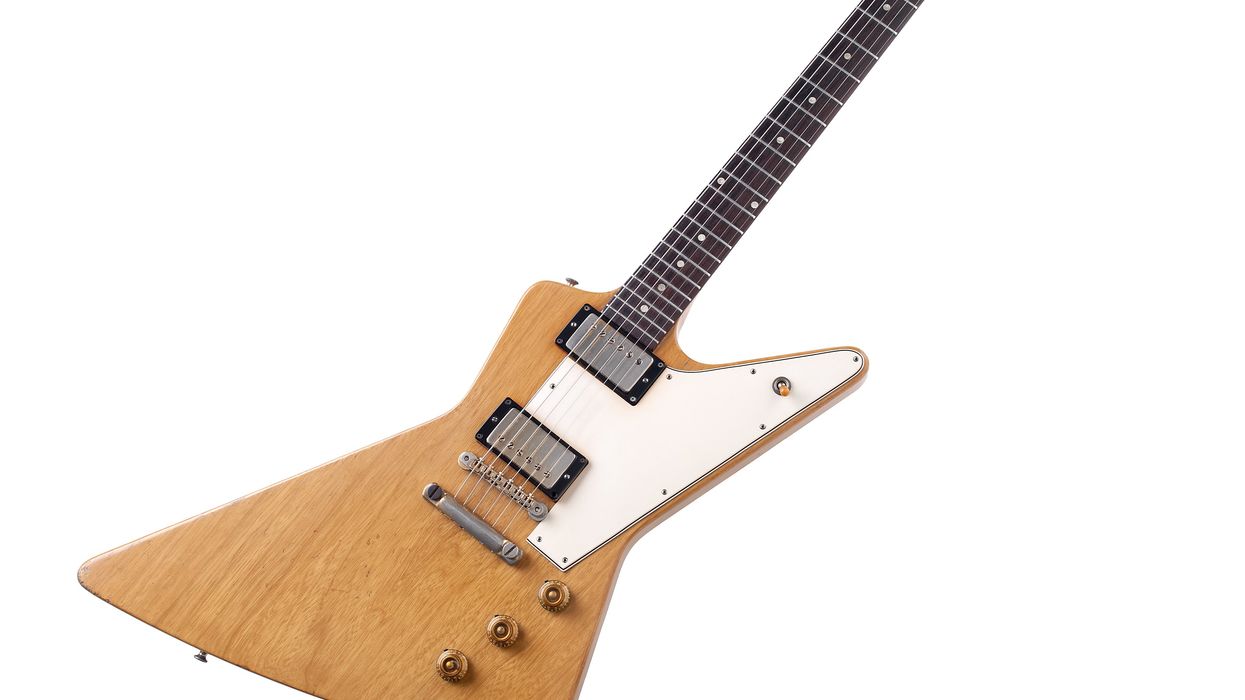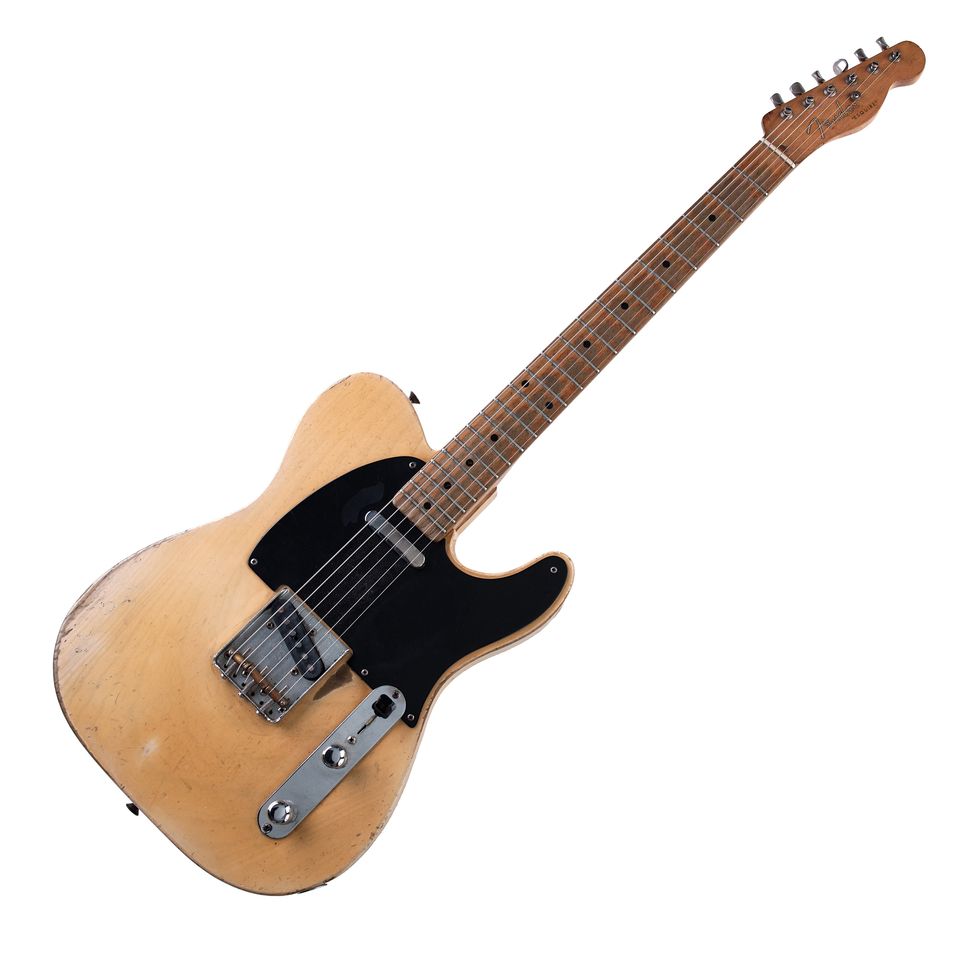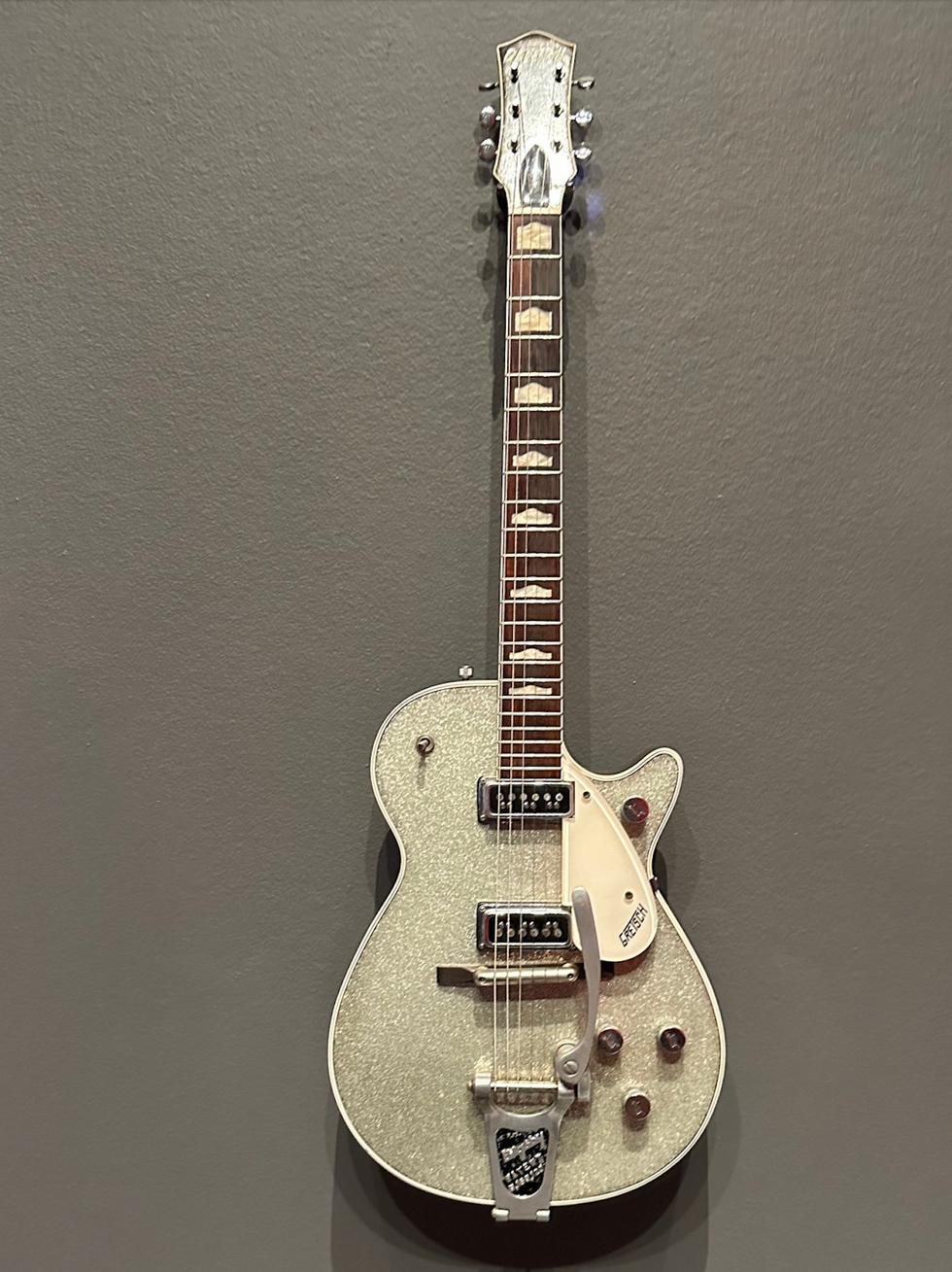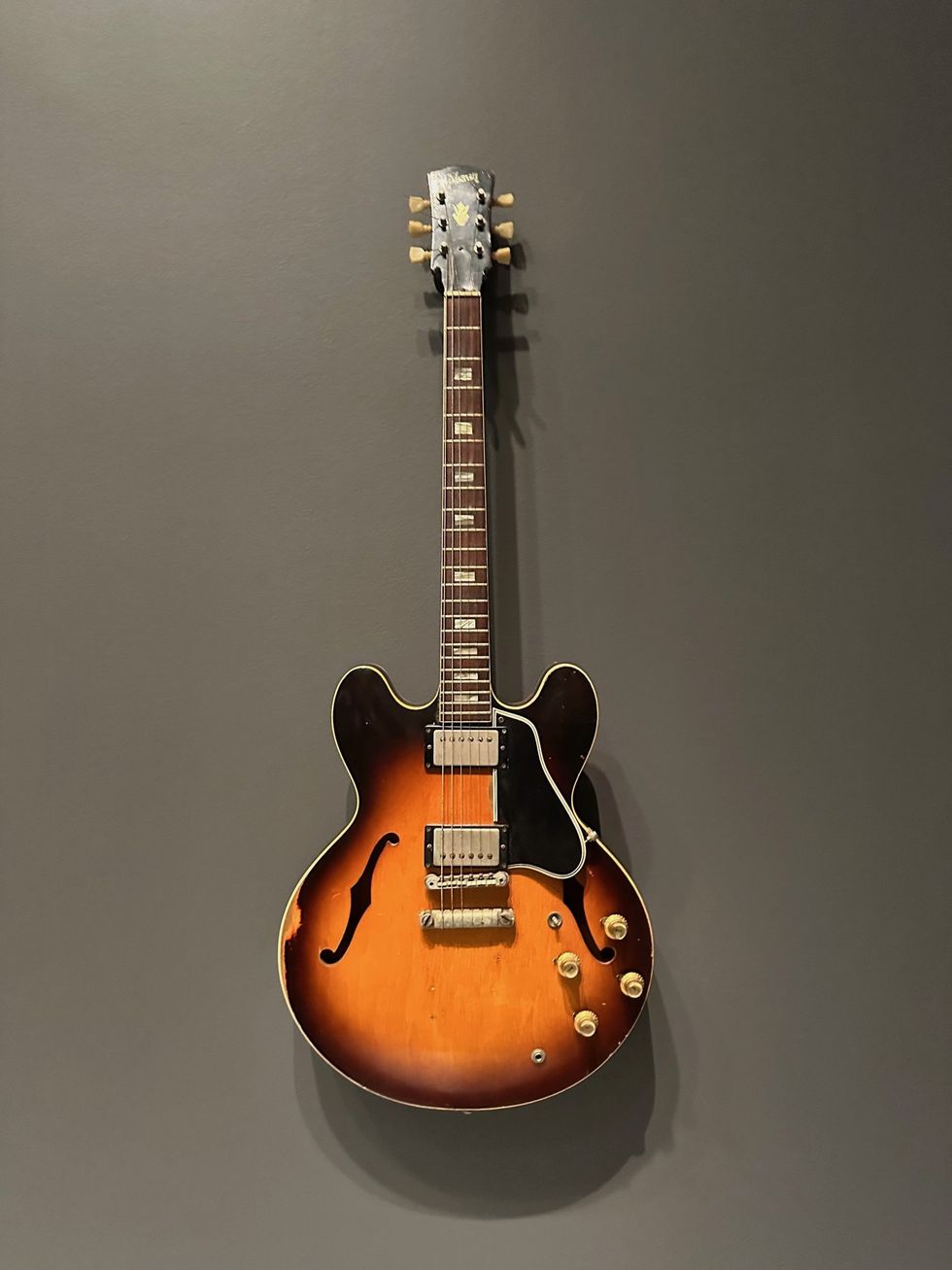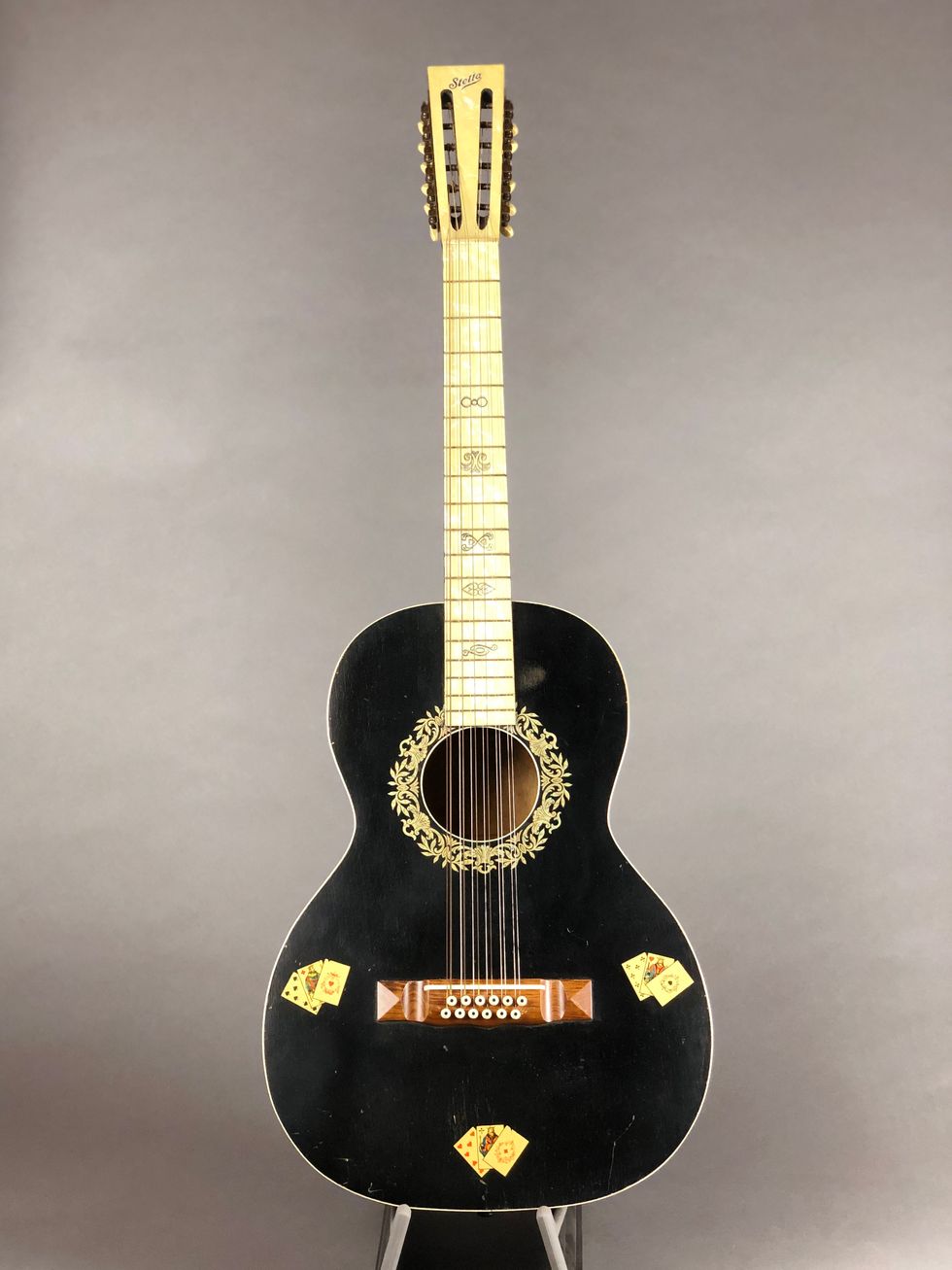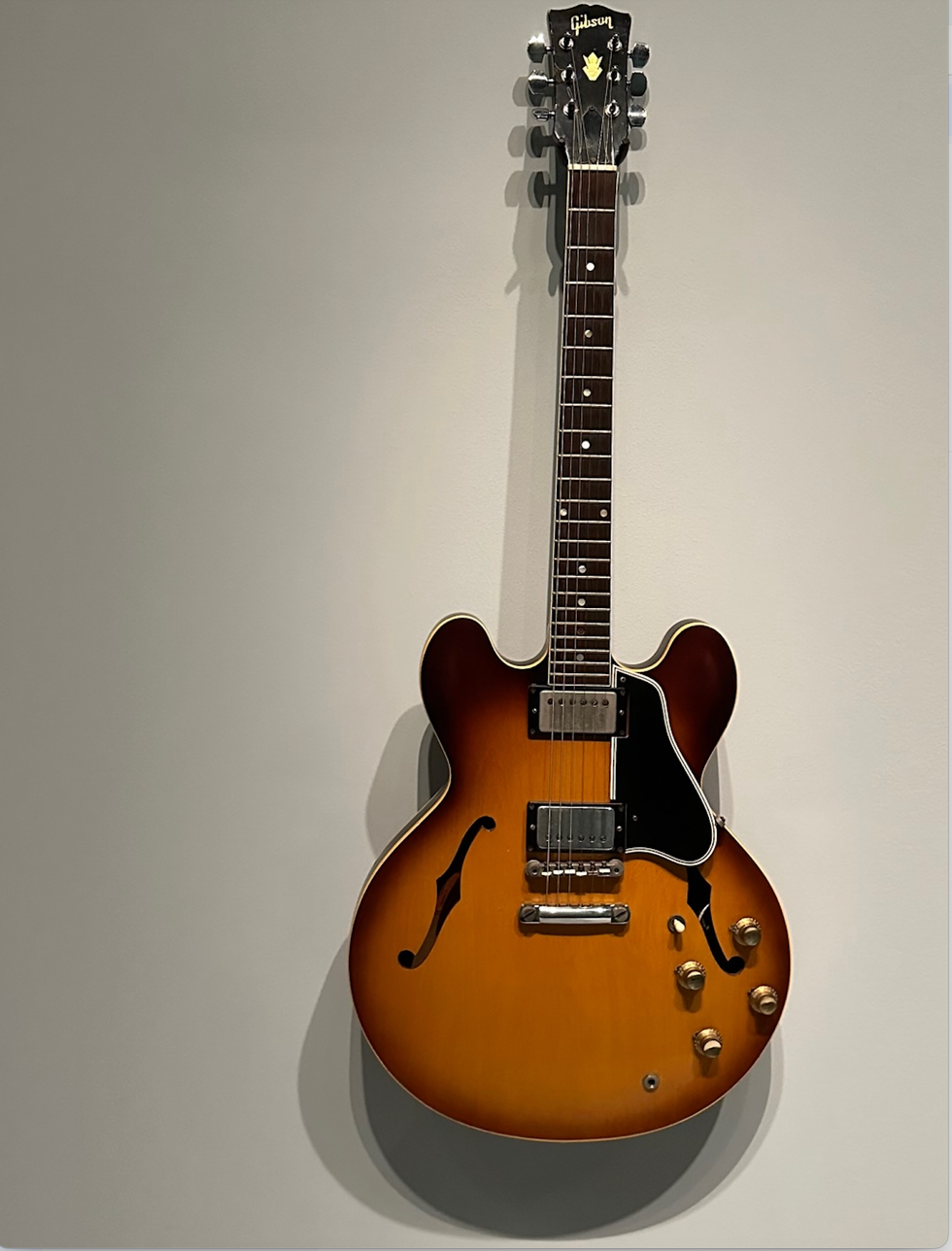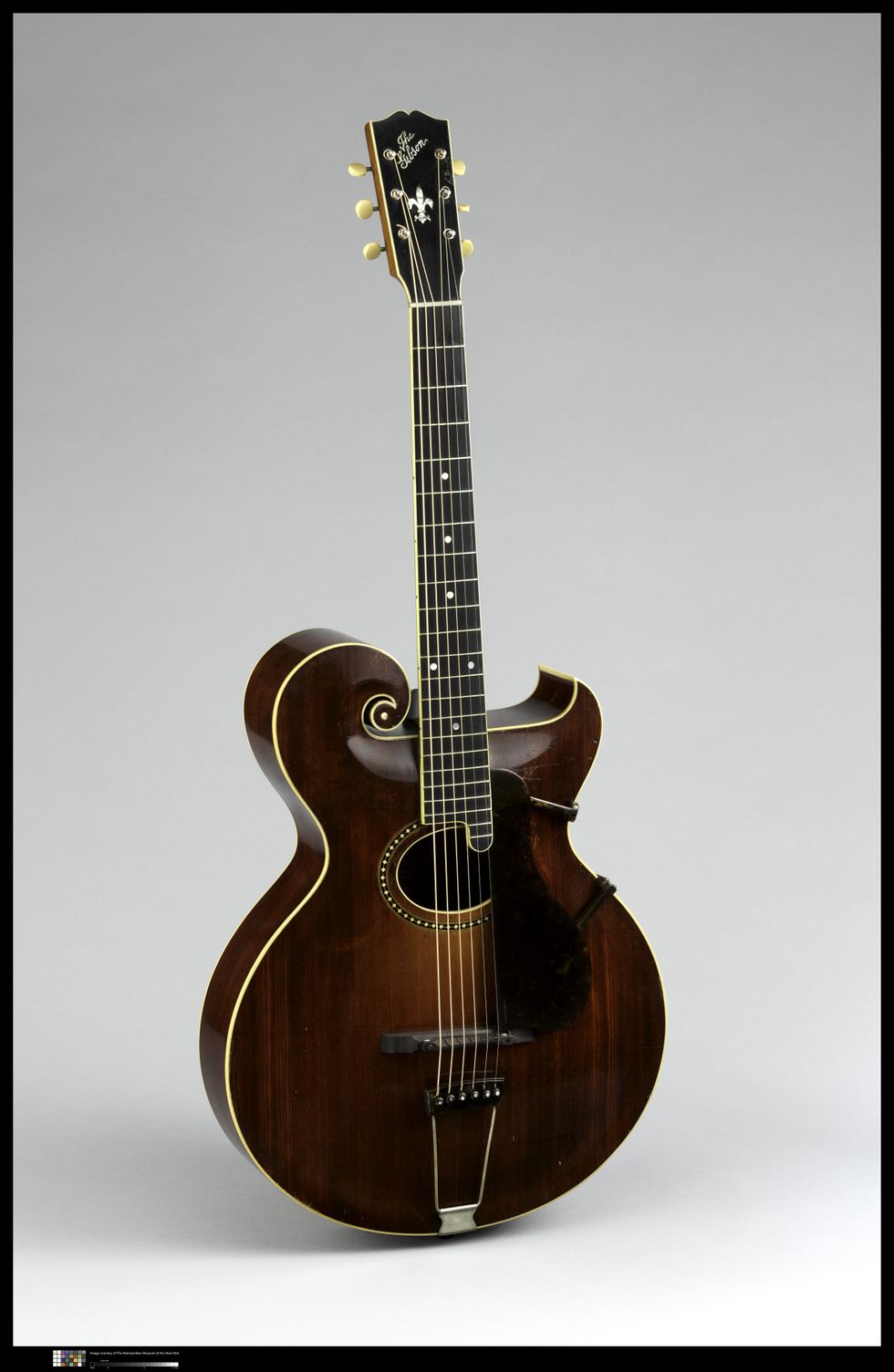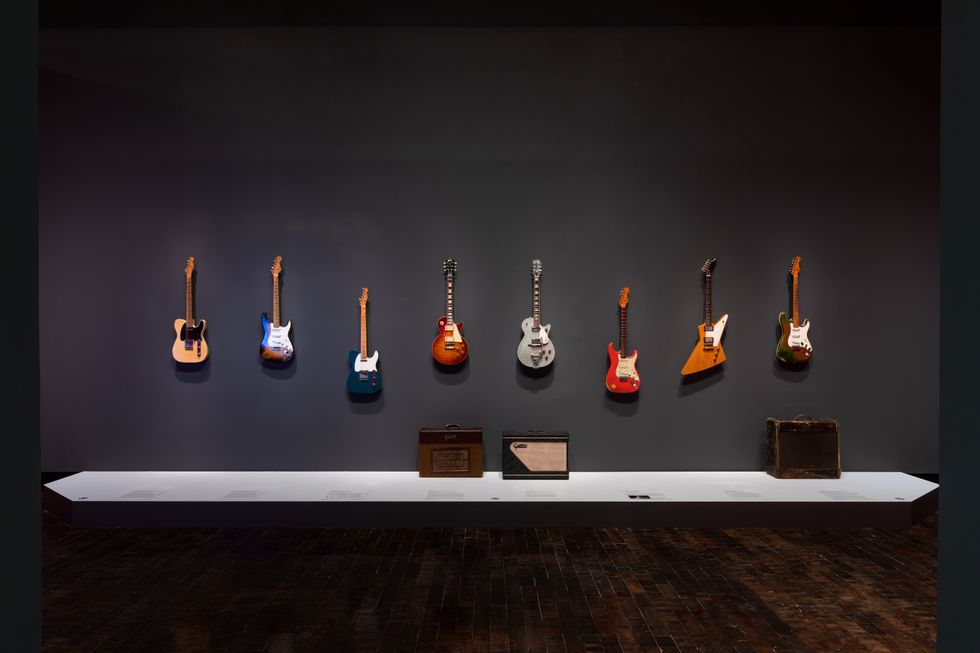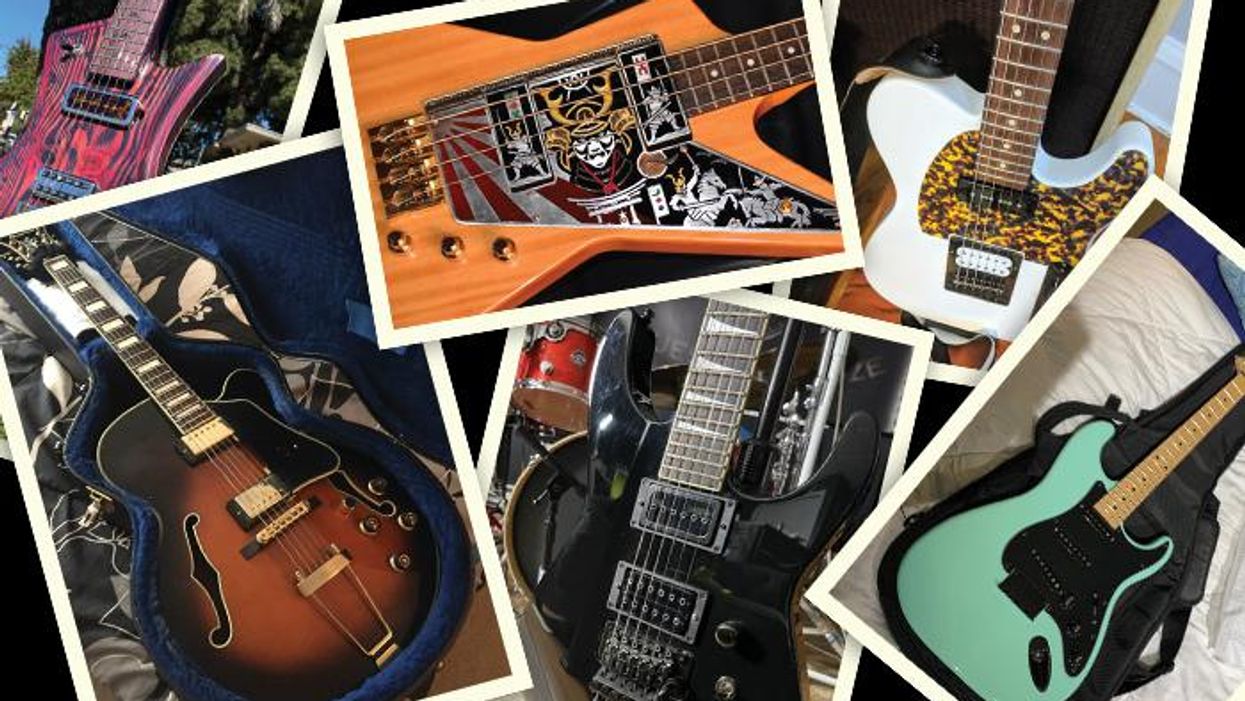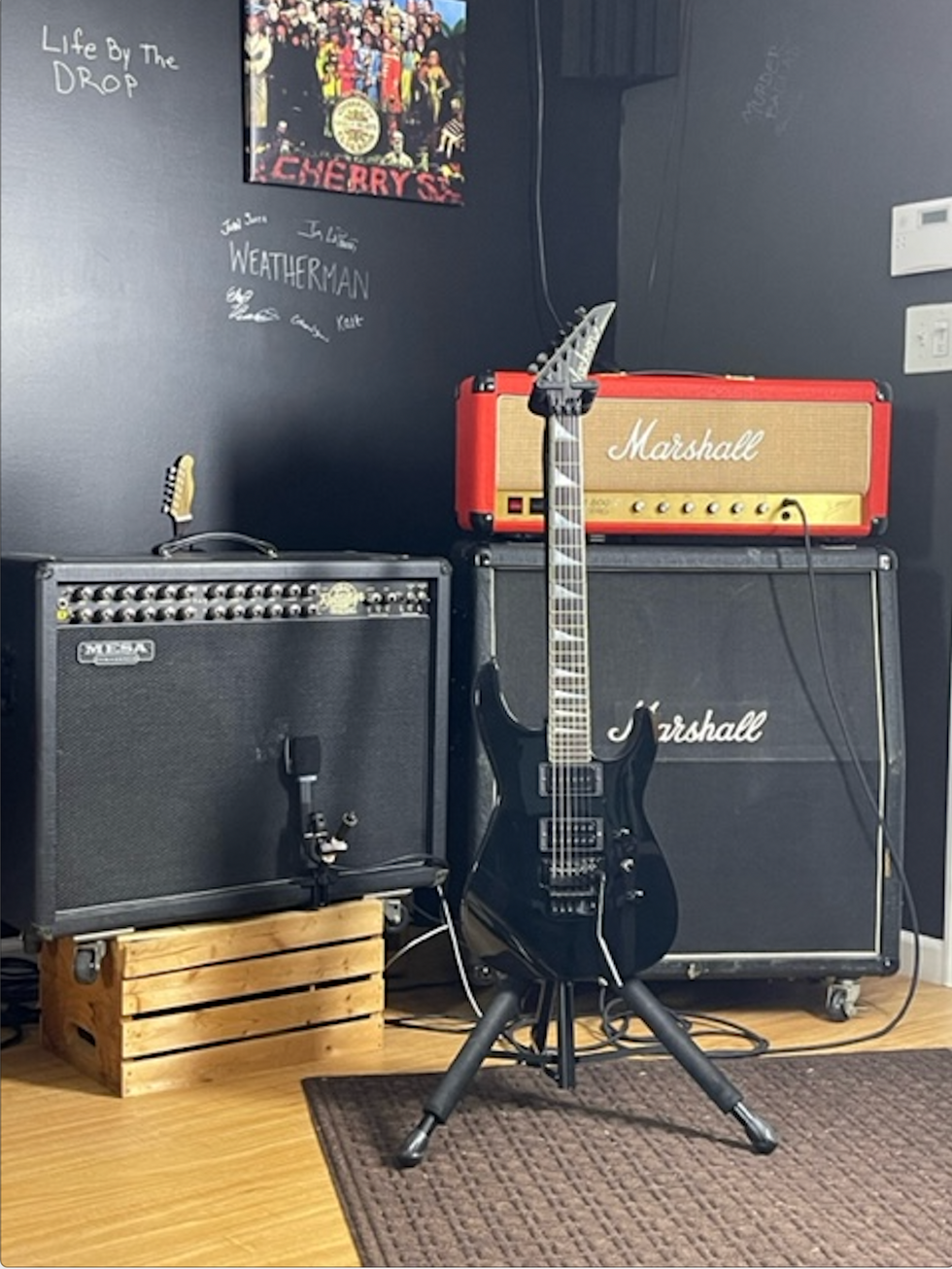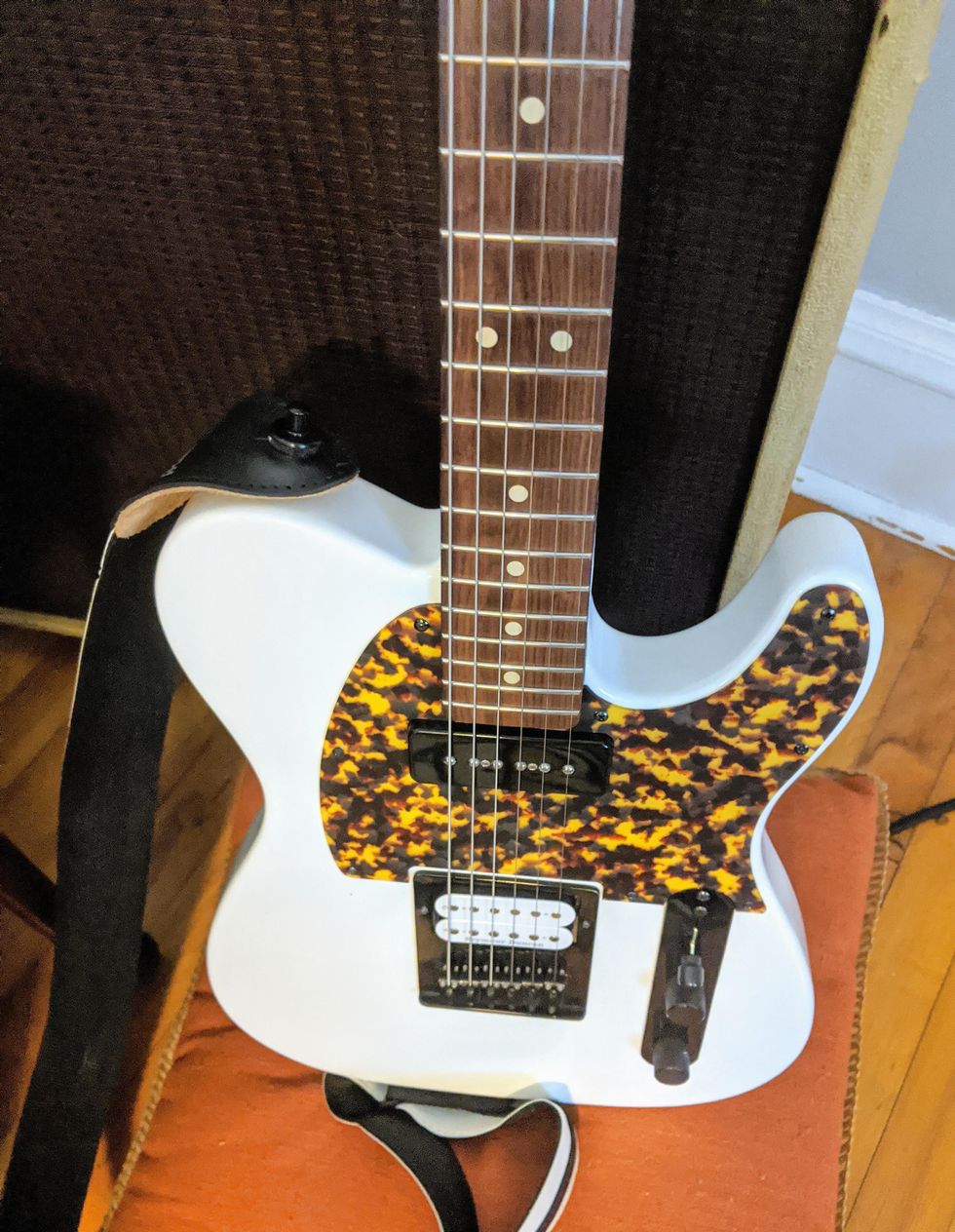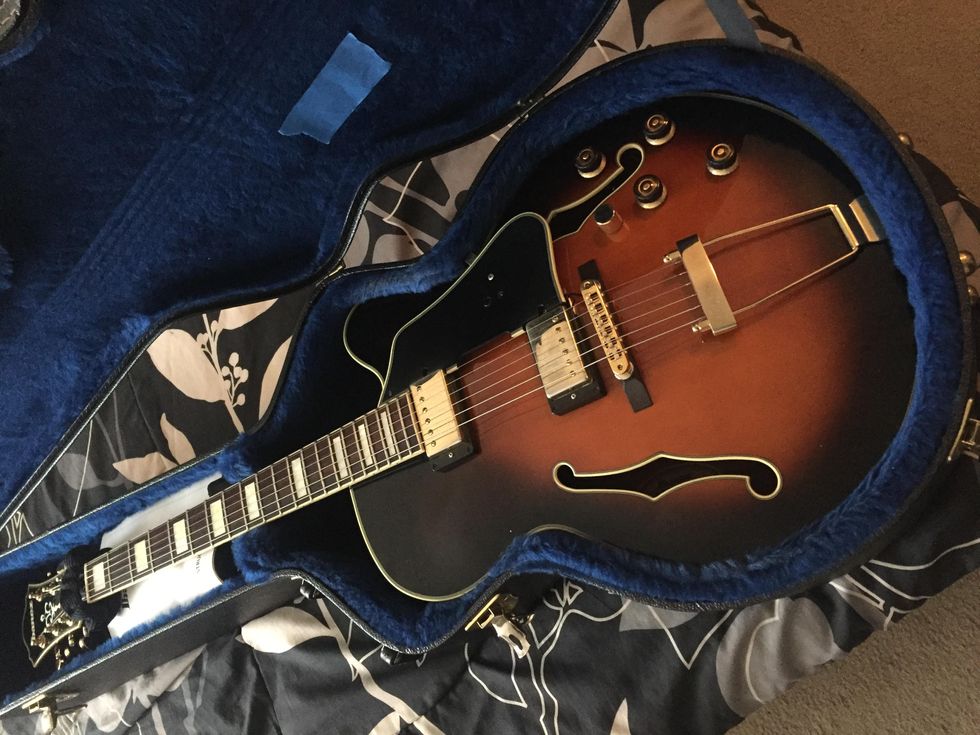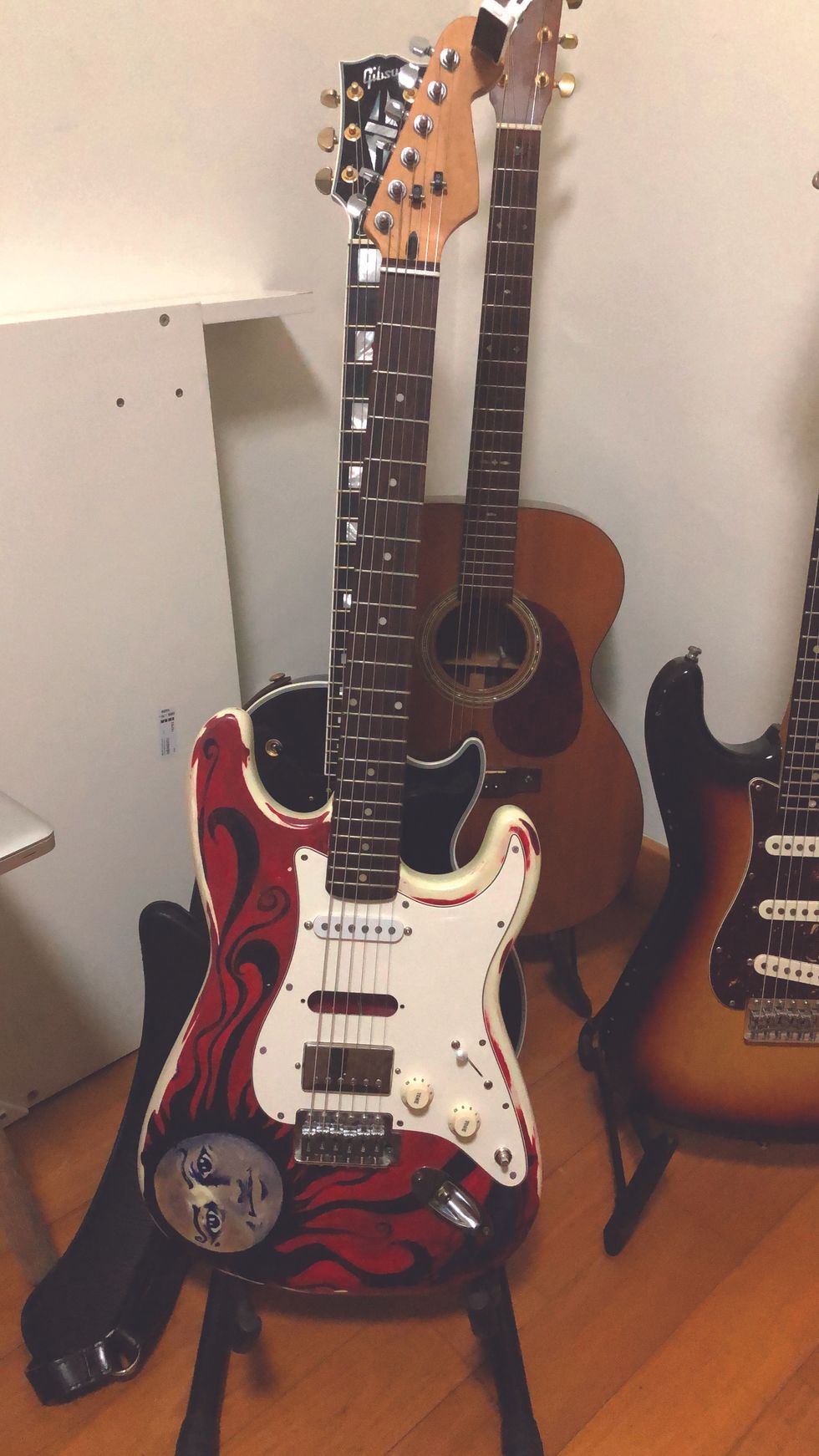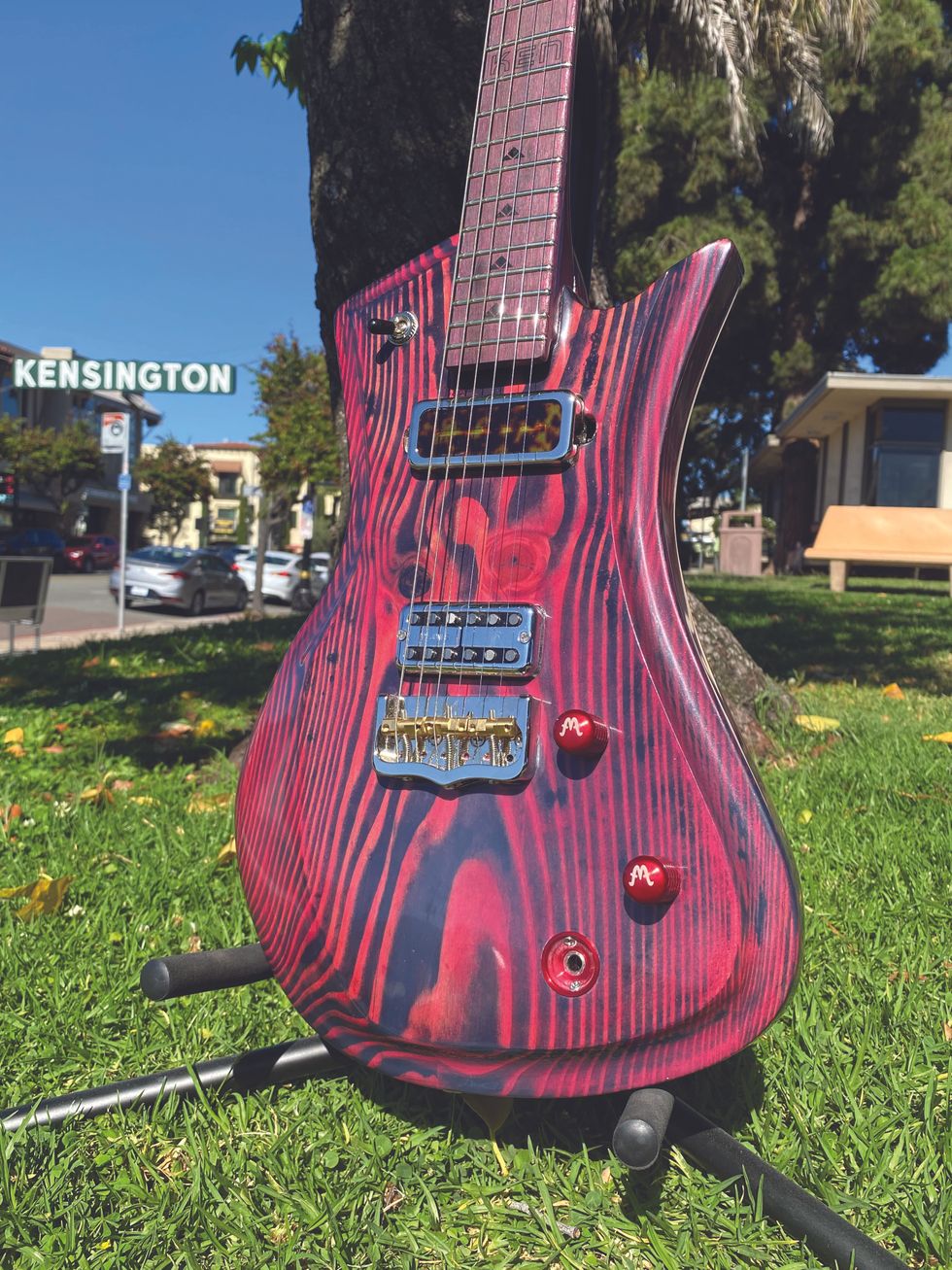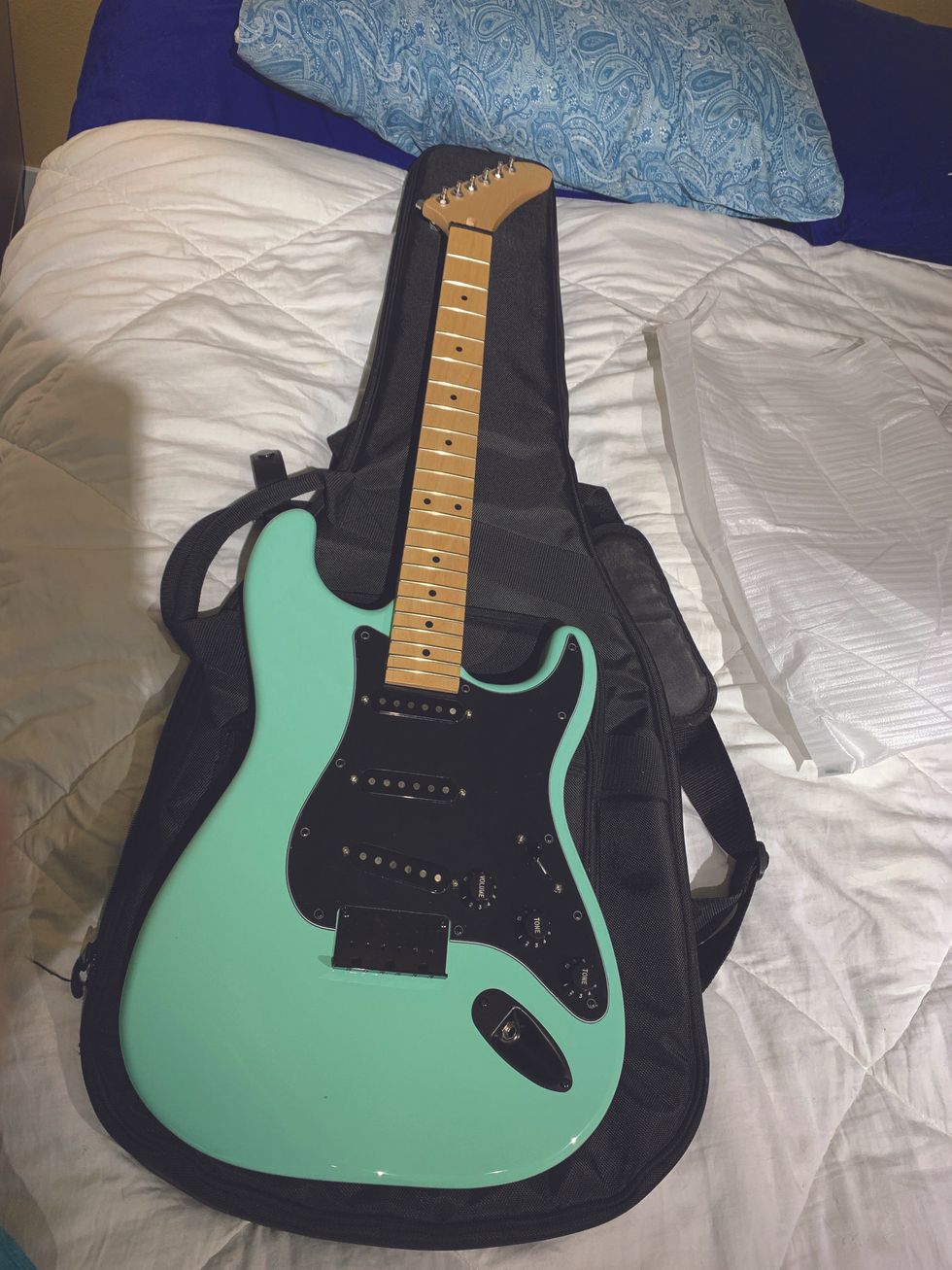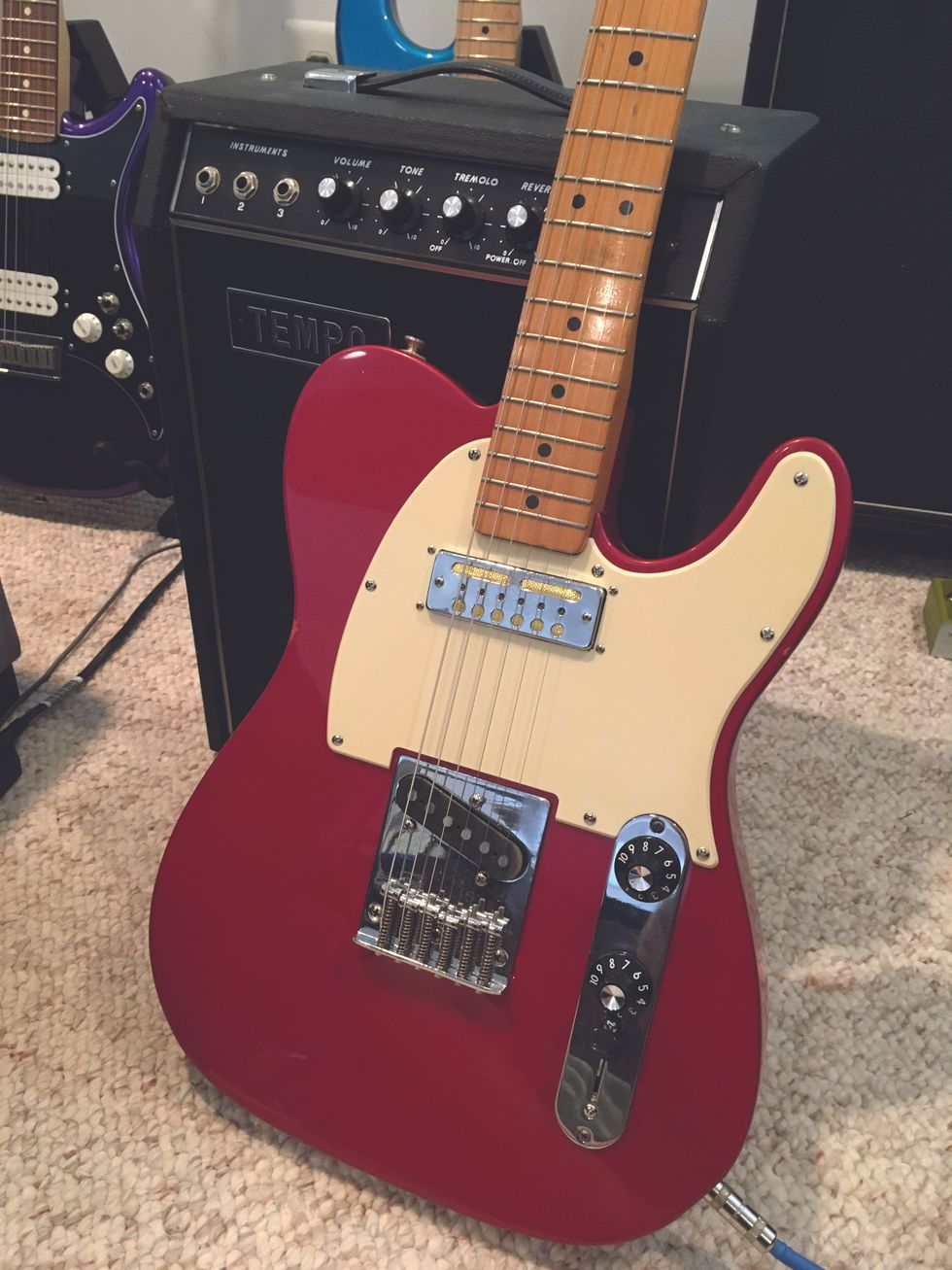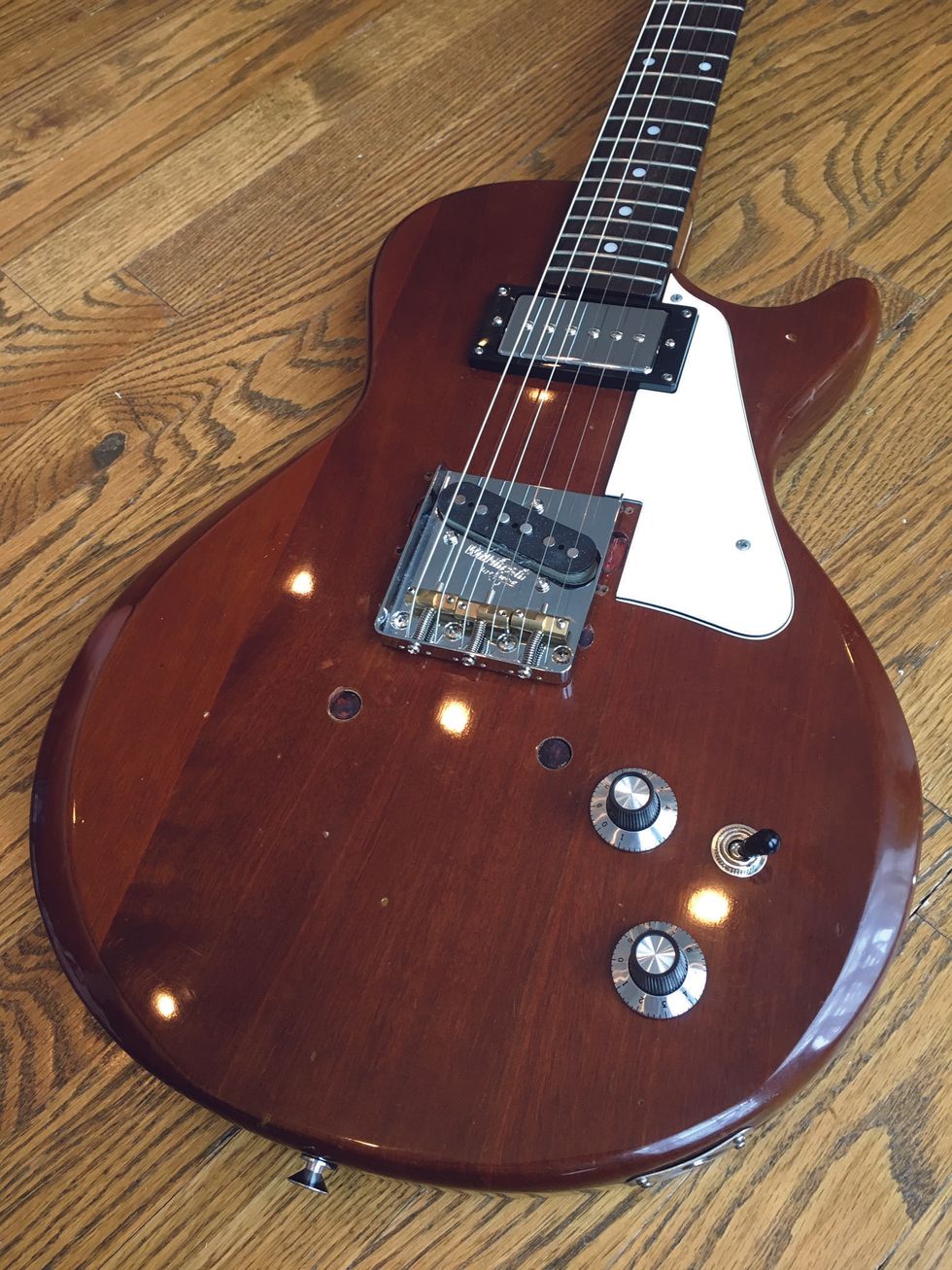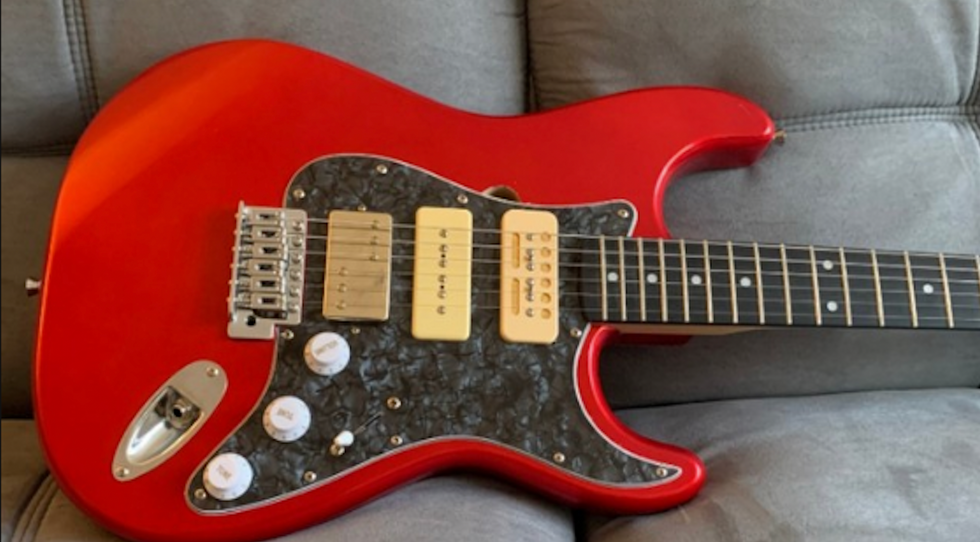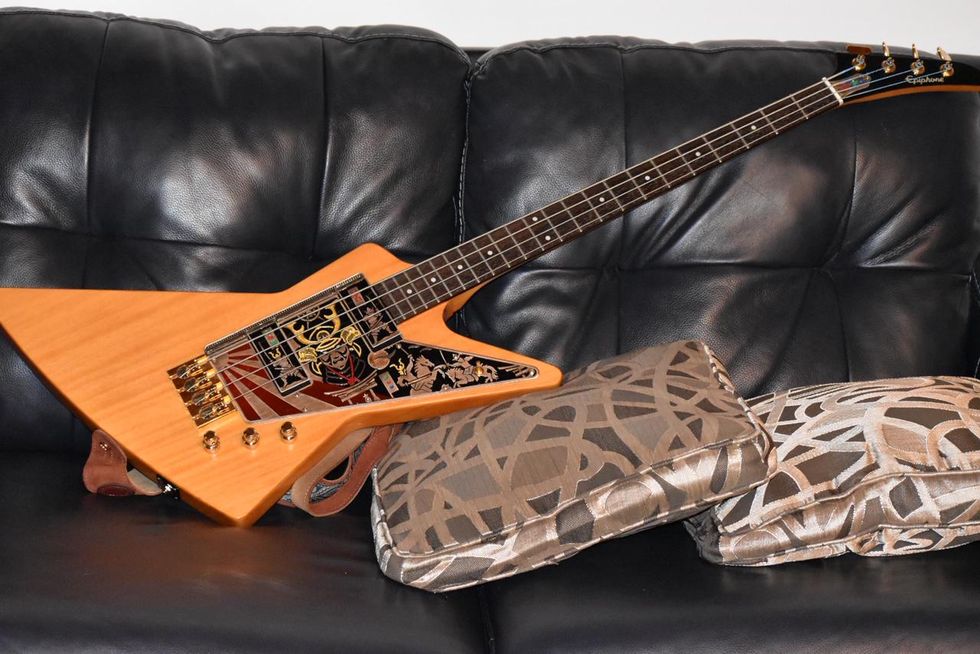Take a trip back in time to see the gear, hair, and clothes that made the '80s most excellent—party on, dudes!
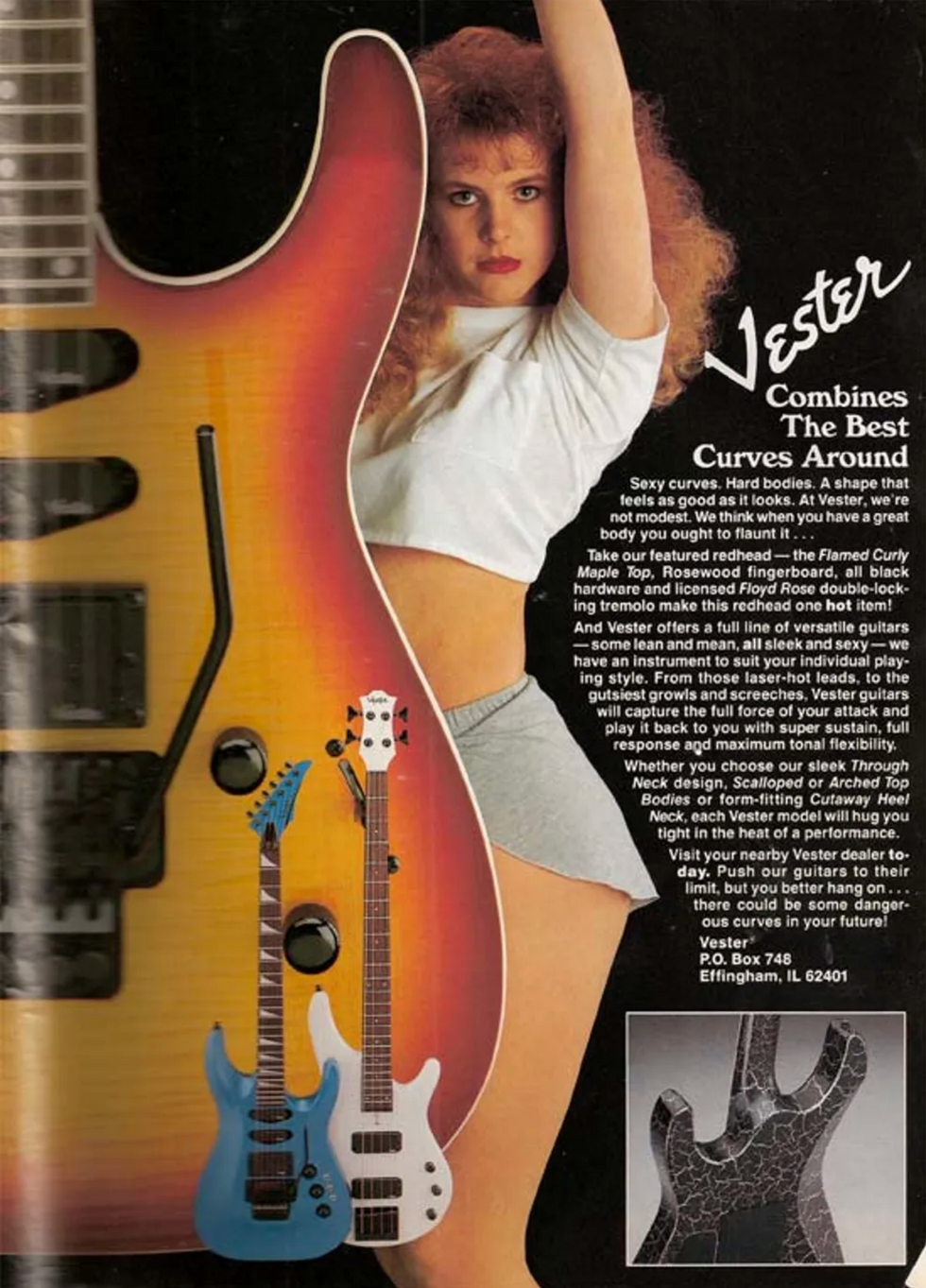
We're pretty sure the barely legal vixen in this Vester ad went on to great fame playing the cheerleader who kisses Mikey in the Broadway production of The Goonies. Vester subsequently went on to great fame...um, in this roast of '80s ads.
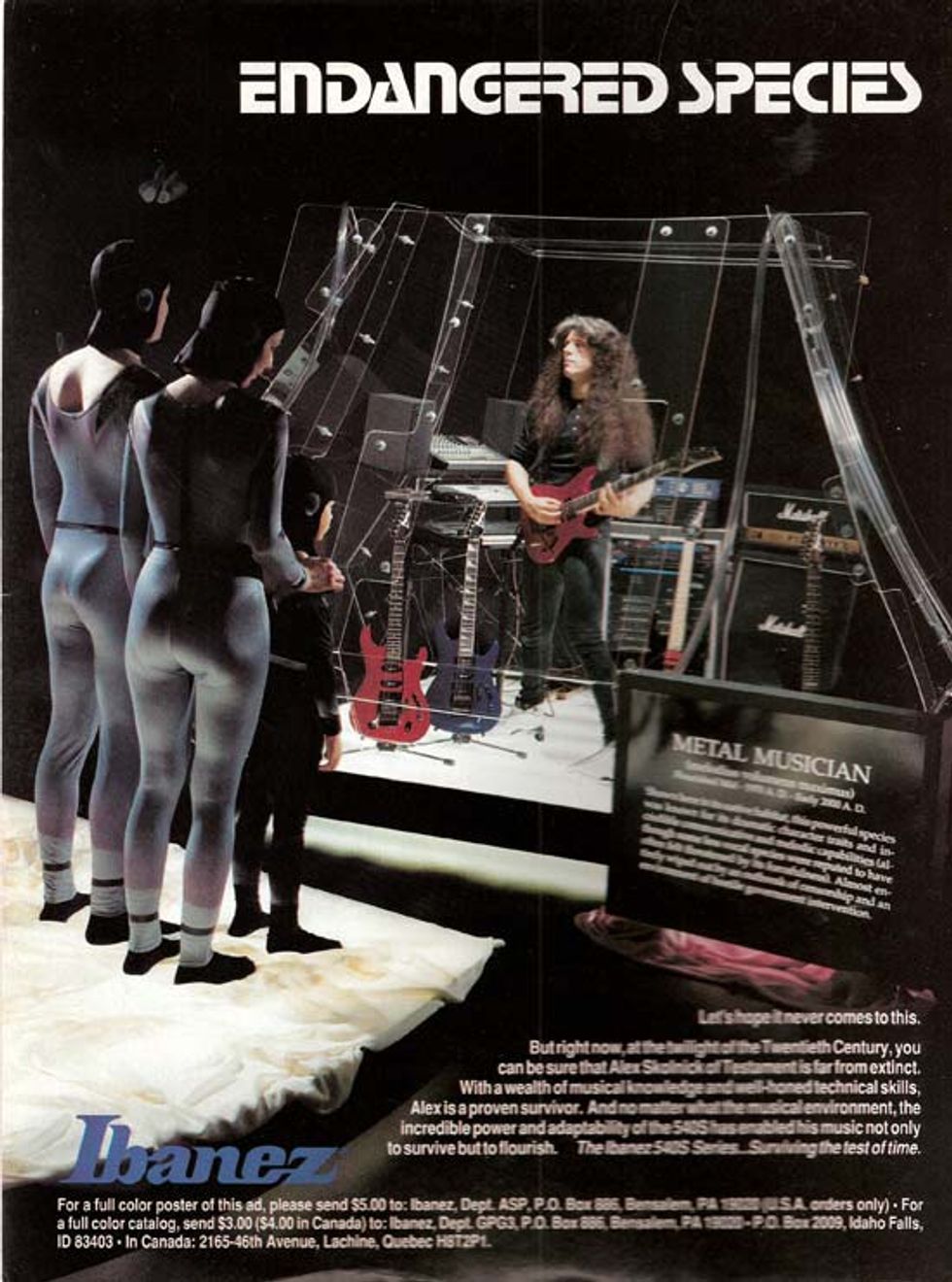
Happily, Alex Skolnick was soon moved to the Evolution exhibit, though his hairstyle was left in the Endangered Species wing. (Note that spandex was in the correct wing, but on the wrong side of the glass.)
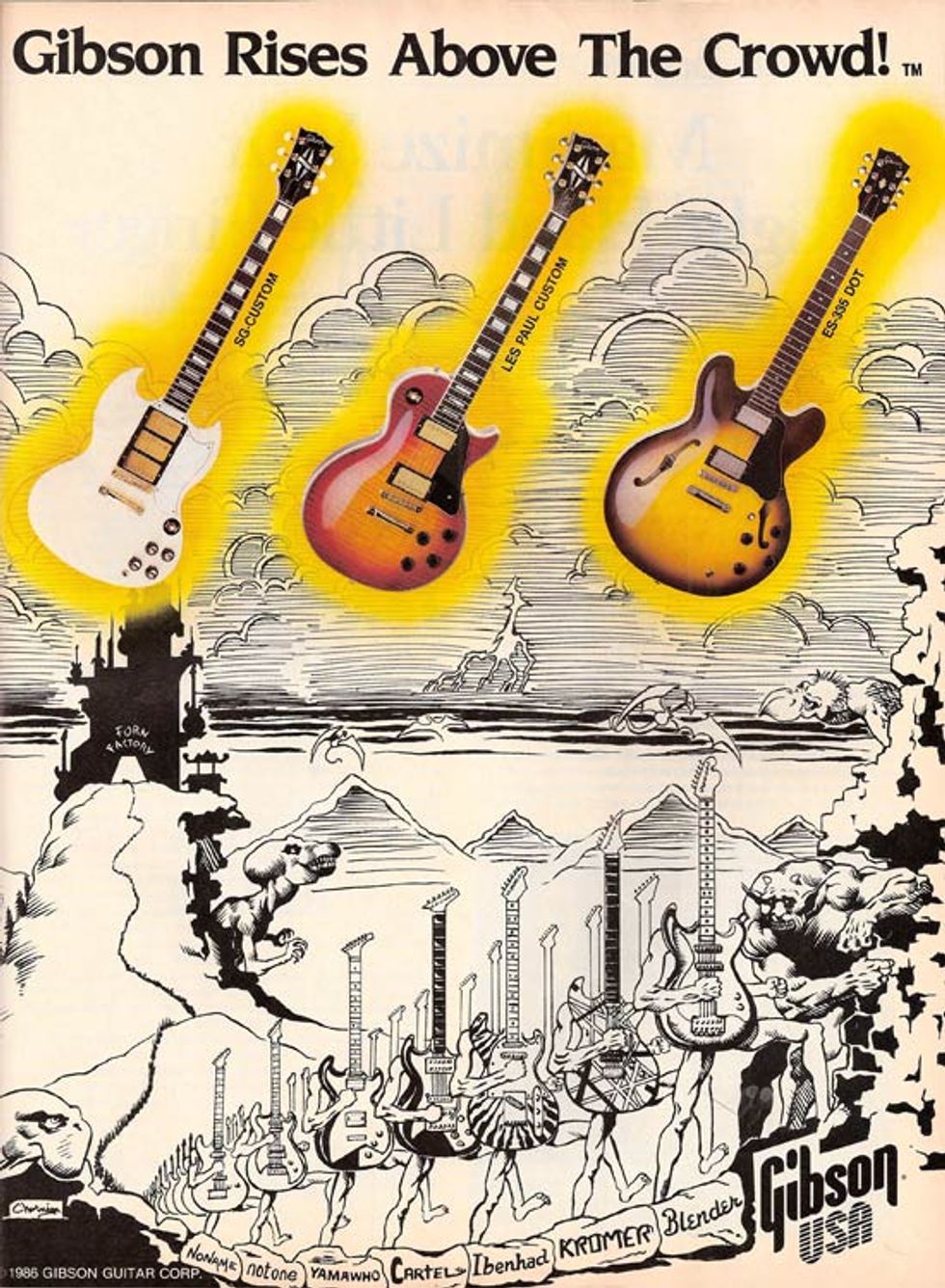
While there's no arguing with the longevity of the Gibson brand, it's hard to look back at this ad and not see some heavy irony. That's all we're going to say...
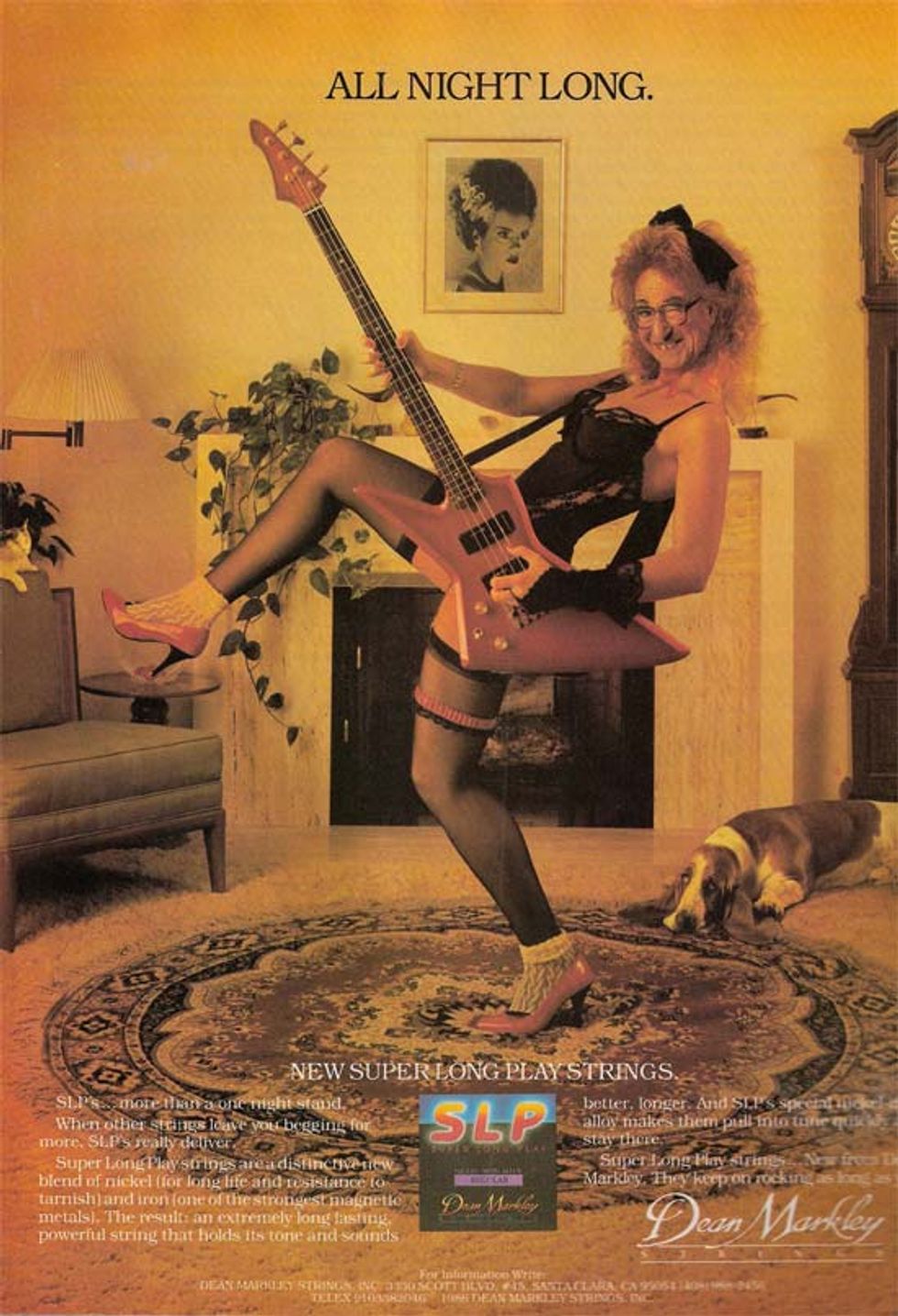
Dean Markley's follow up to the rockin' grandpa ad pushed the needle just a little too close to the disturbing side.
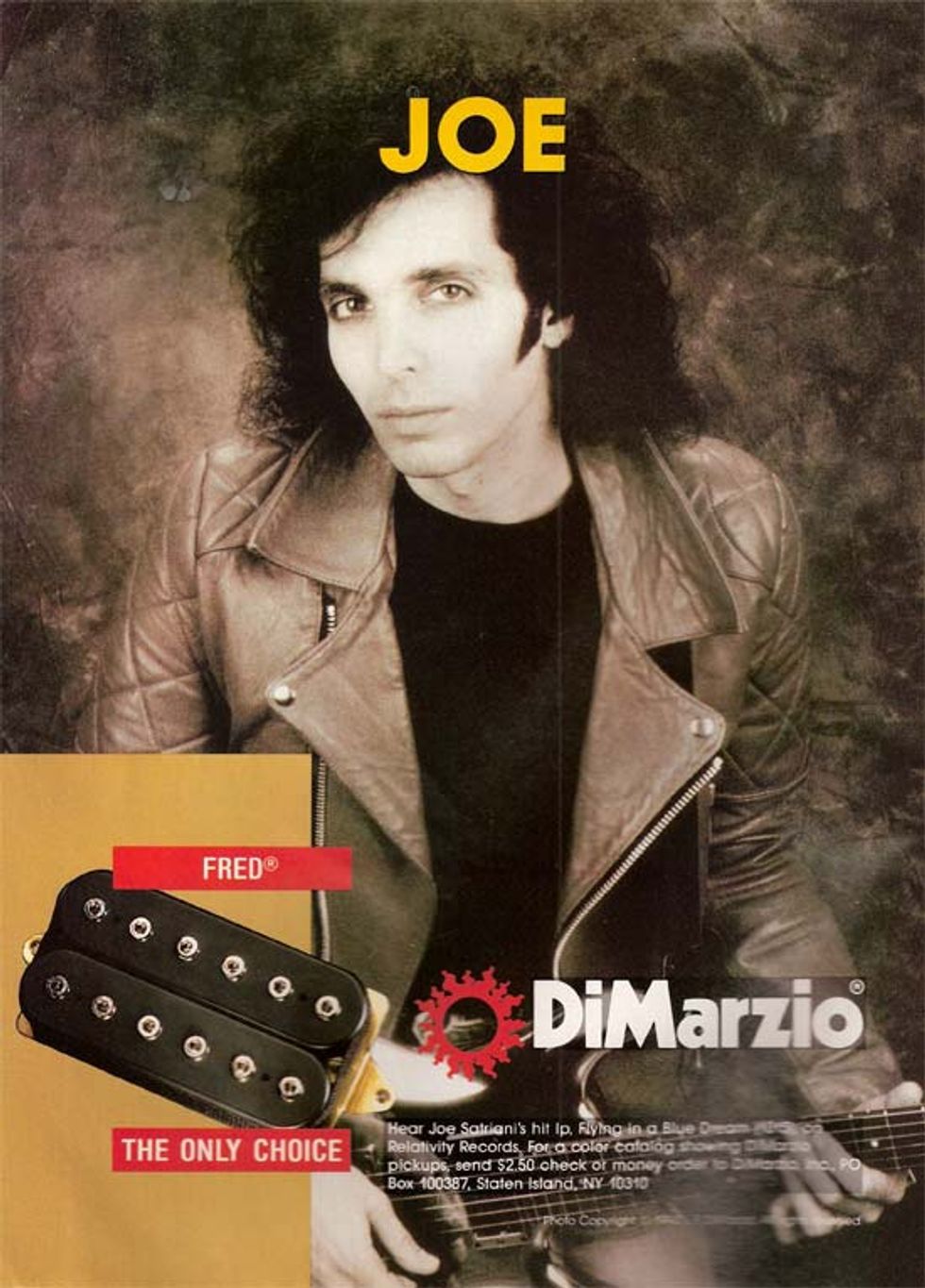
Many people forget that the working title for Surfing With the Alien was Surfing with the Sideburns.
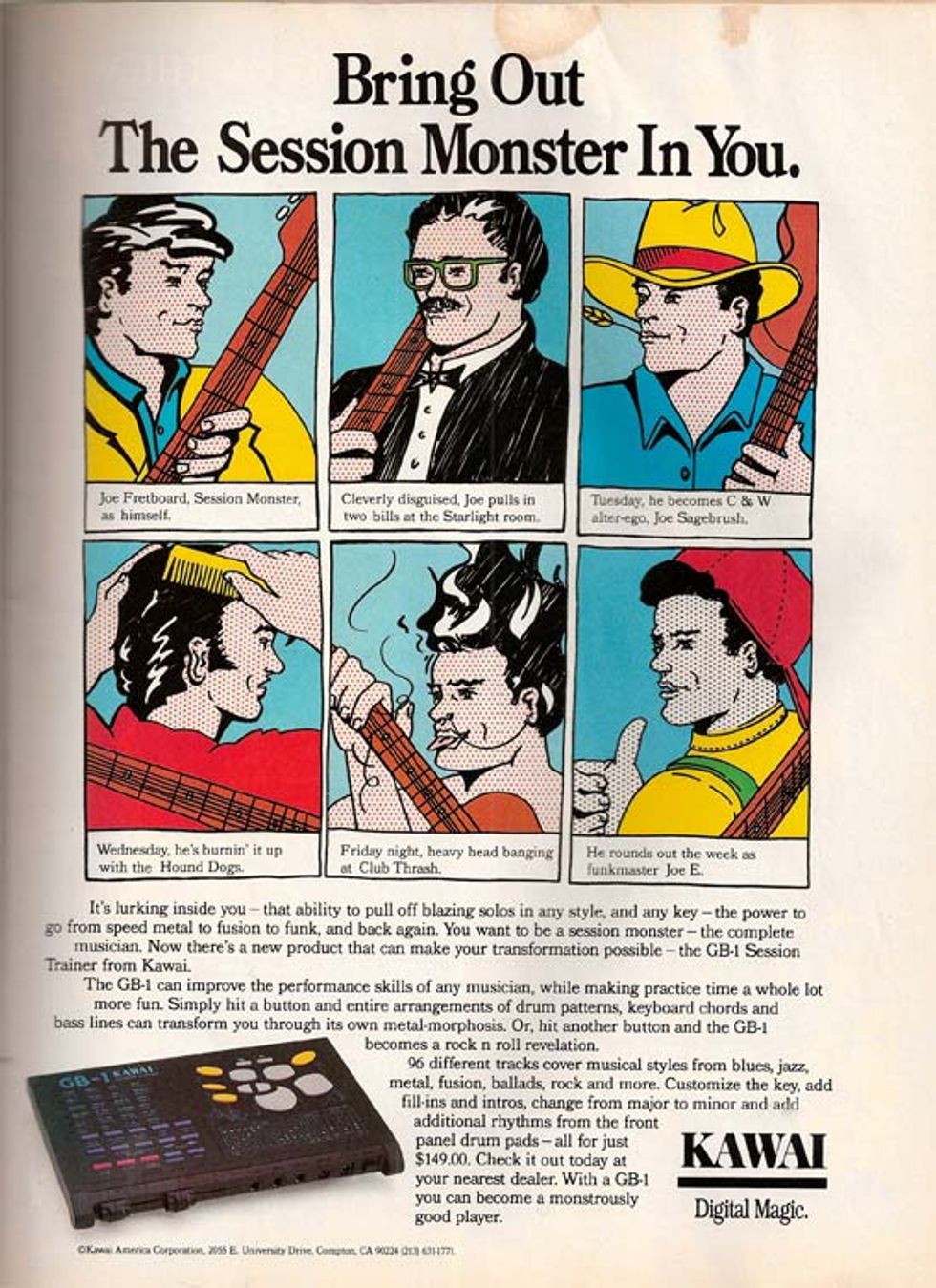
Seriously, Kawai? Wow. Just...wow....
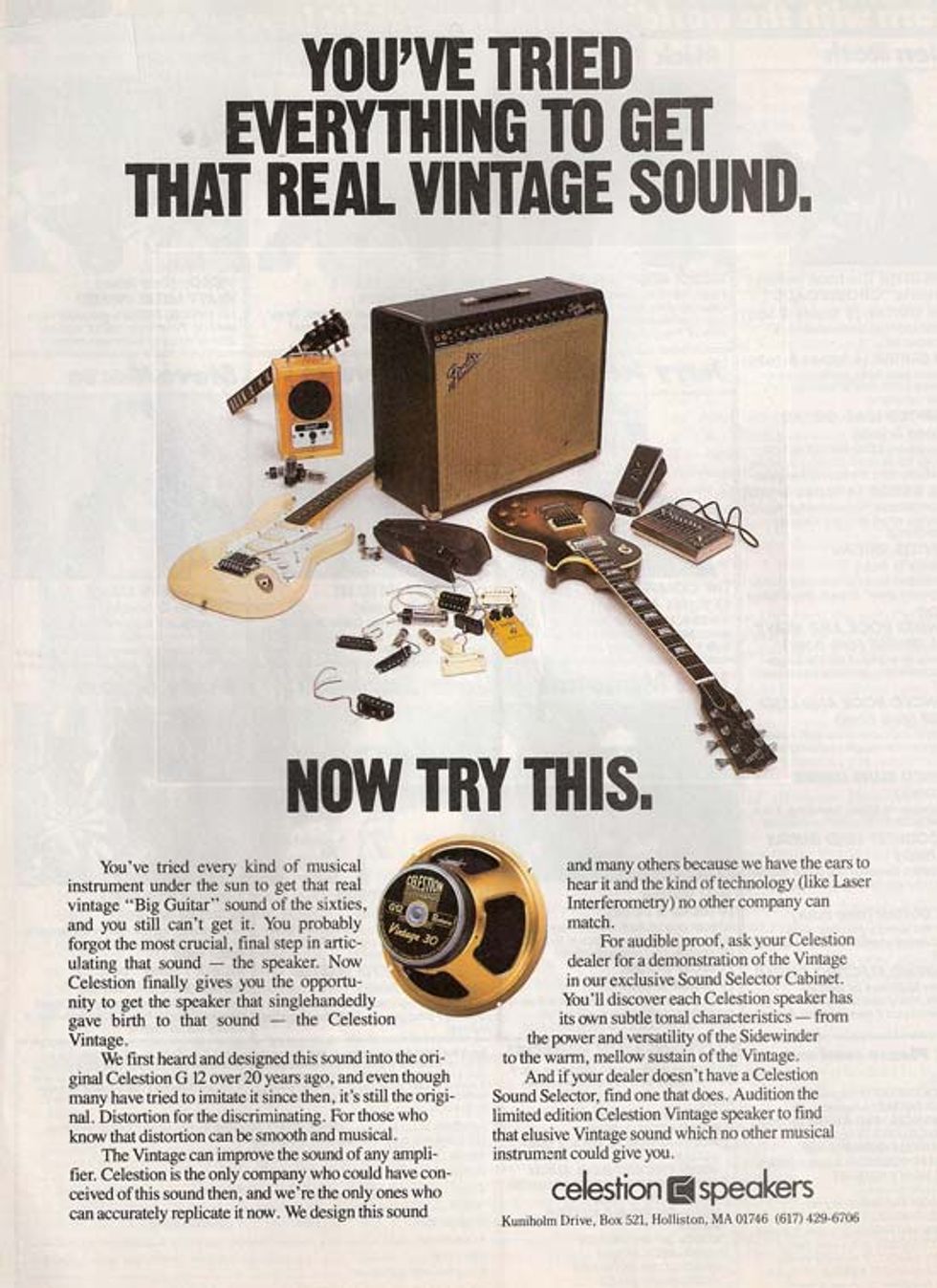
Exhibit 2 in making the case that not everything from the '80s had a short shelf life.
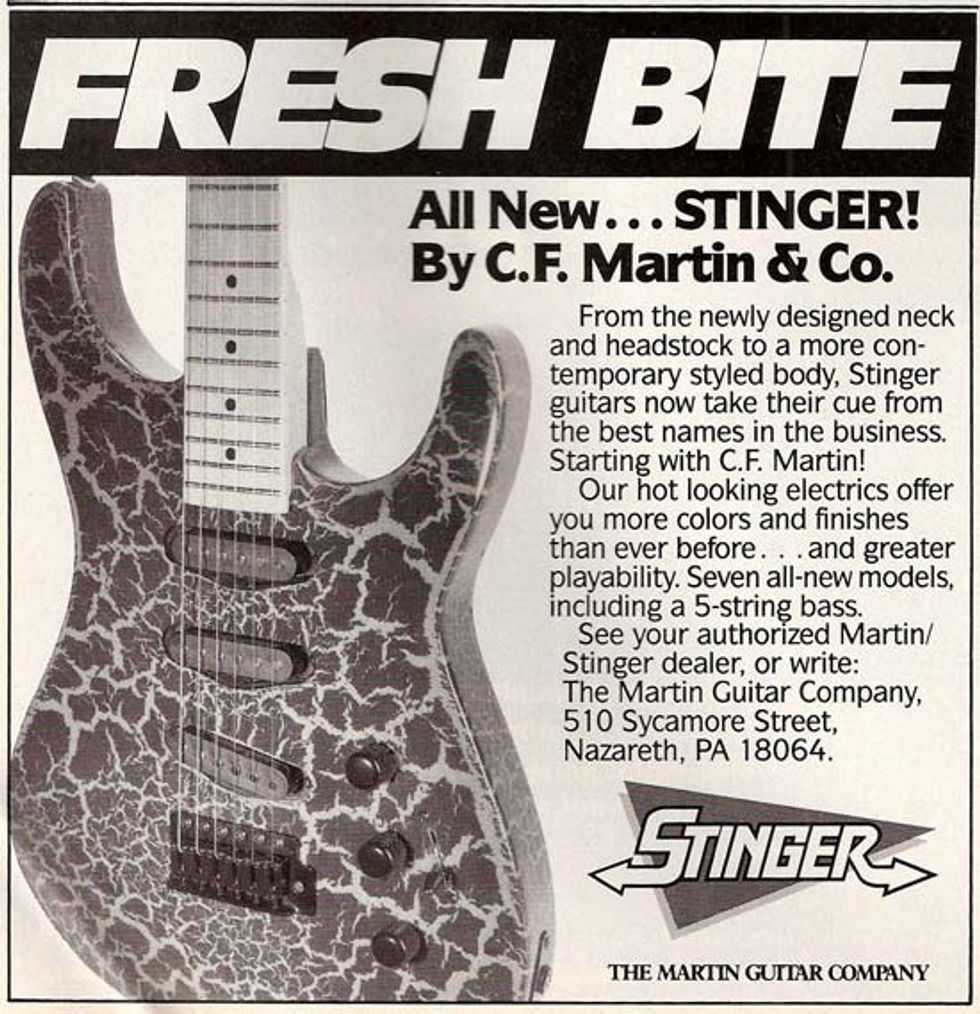
The guitar that solidified Martin's leading role in the über-crowded crackle-finish "super-Strat" market: the Stinger. Judging by its logo, it...er, goes both ways?
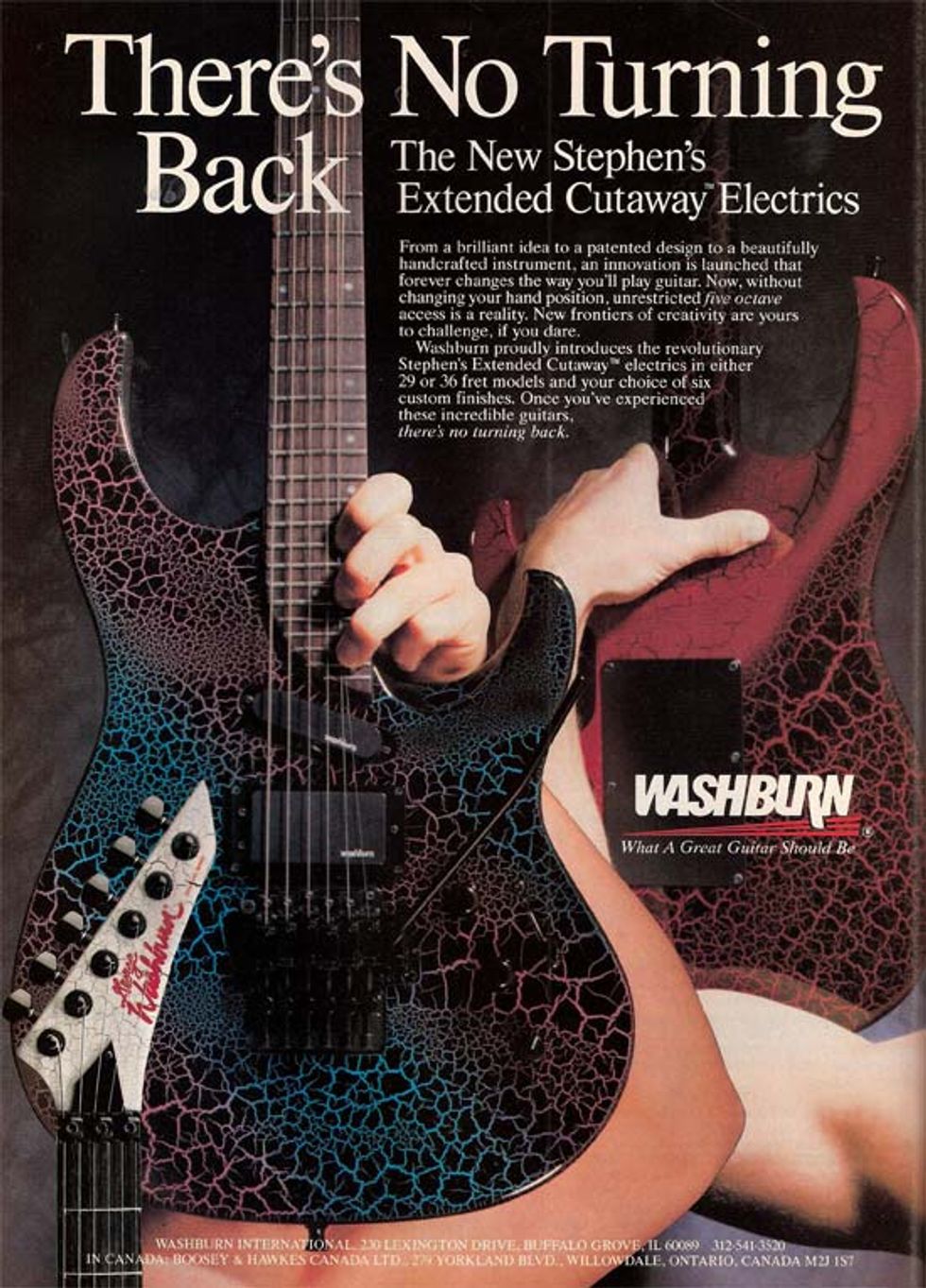
What could've extended the Stephen's Extended Cutaway's lifespan a few years (or at least months)? Maybe a look that was more distinctive than the Martin Stinger's trademark finish we're thinking something like blood spatters or a kamikaze theme.
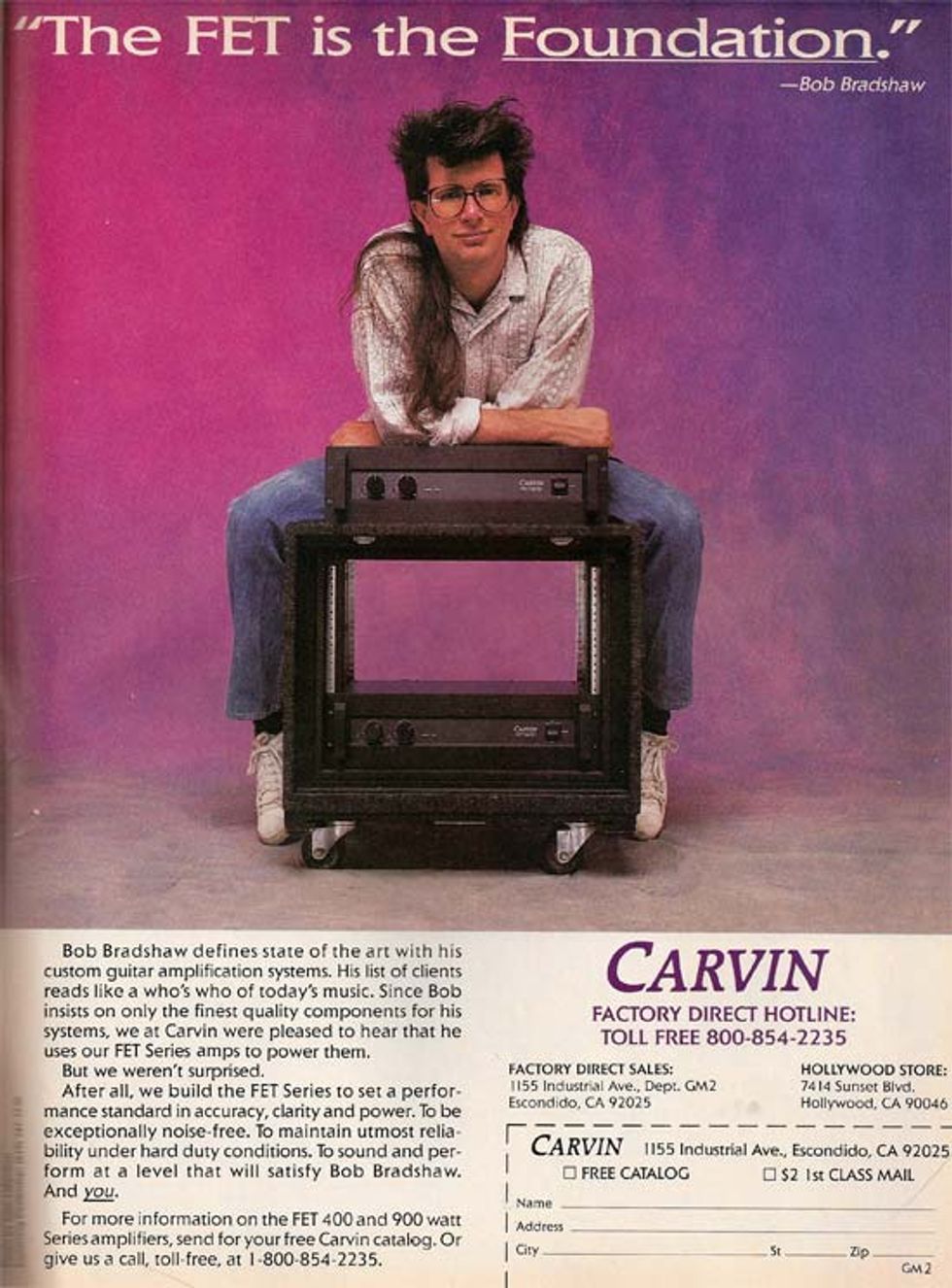
Gratuitous Mullet Joke #1: With all due respect to Carvin and Bob Bradshaw—for both surely deserve tons—but this mullet may be the single biggest reason why the FET has since played second fiddle to the vacuum tube.
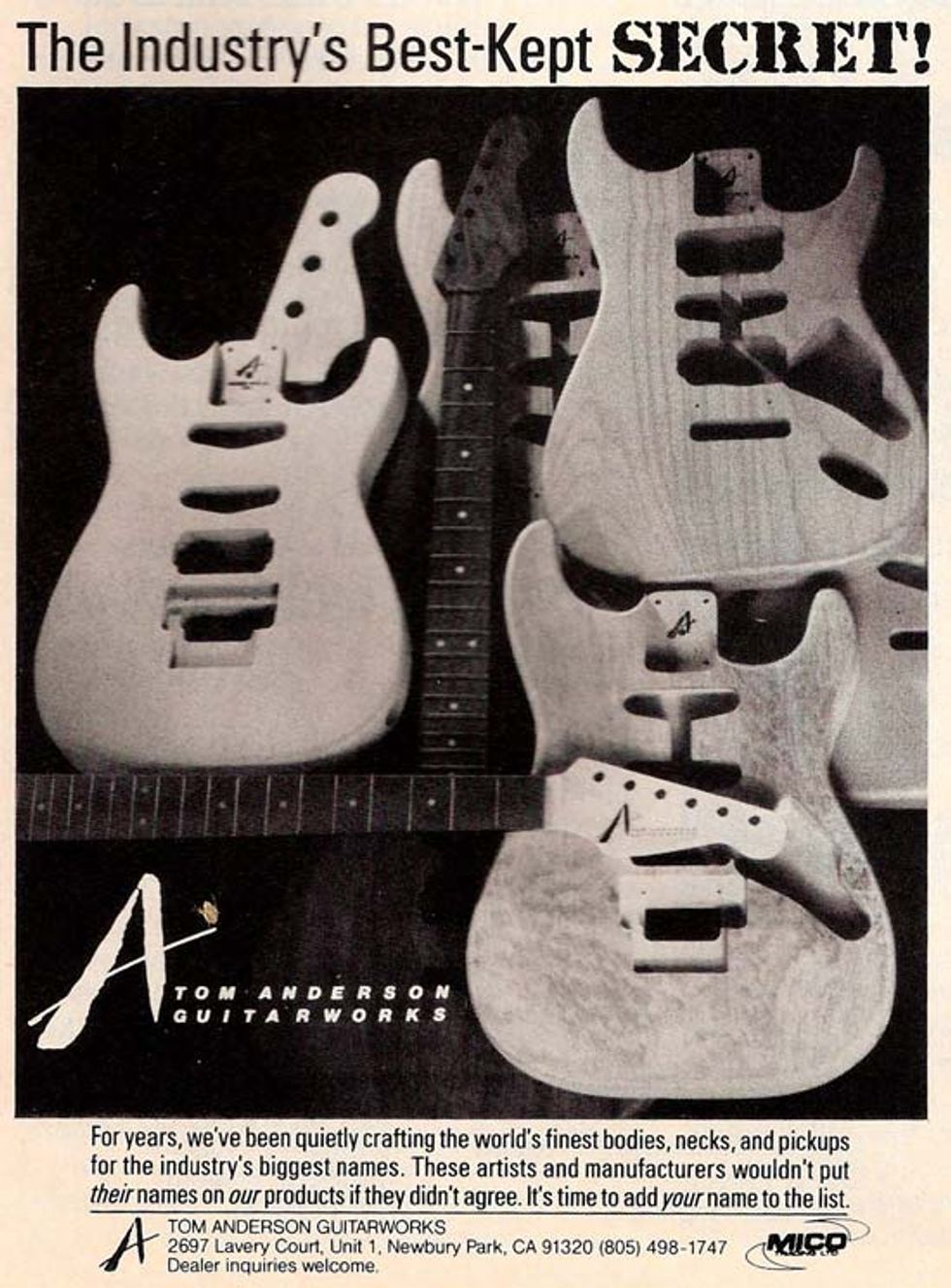
Things would be so much different for Tom Anderson Guitarworks today if only they'd been able to coax Val Kilmer into a coordinated media blitz based on his 1984 breakout comedy hit, Top Secret.
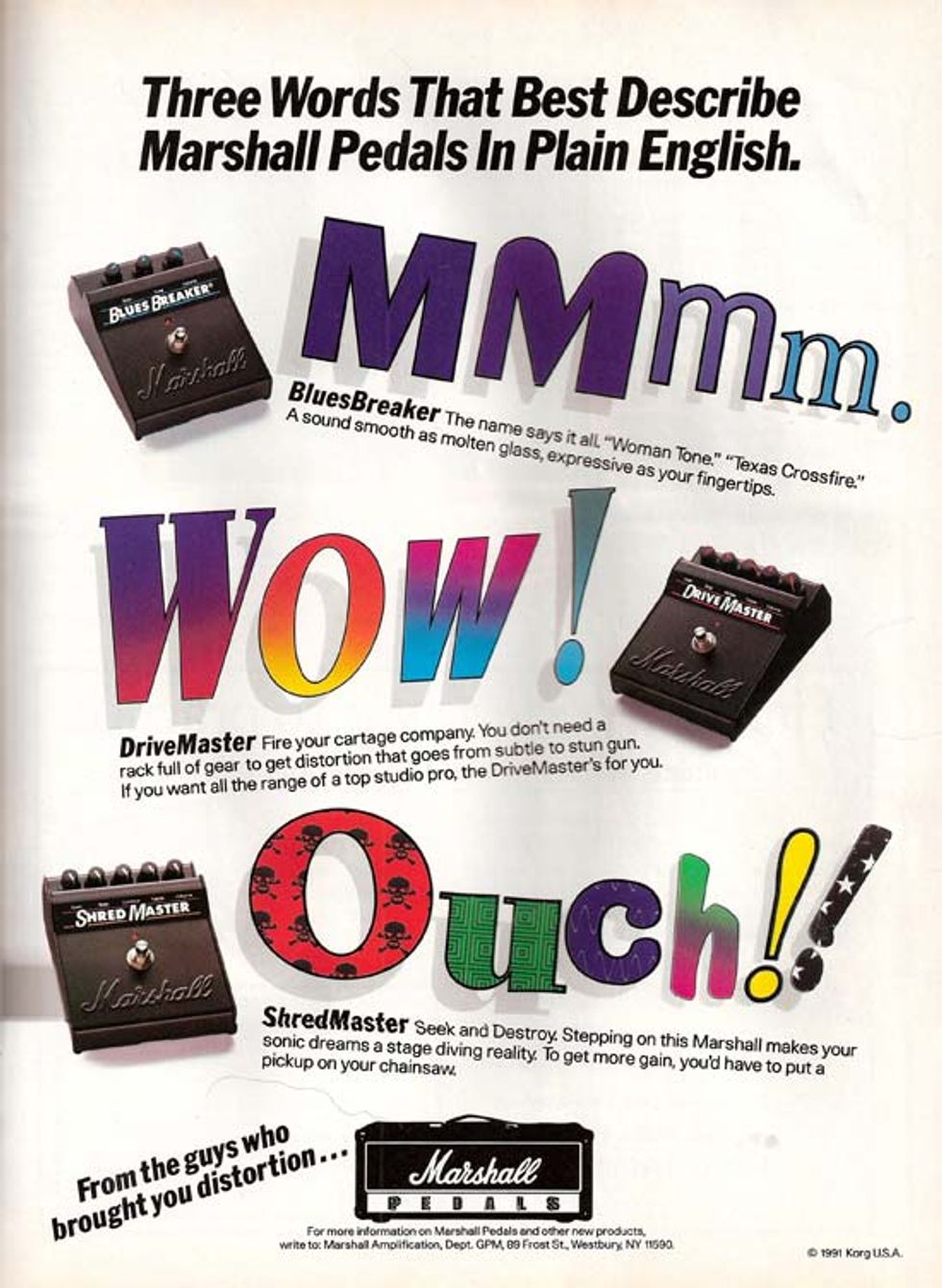
Whadya know? The same three words describe how we feel about this ad a couple decades after the fact.

Luckily, this ad from Dean Markley was more funny than disturbing. (As media folks, we're pretty impressed with the analog photoshopping—although we do take umbrage with the subject-verb disagreement.) However, as luck would have it...
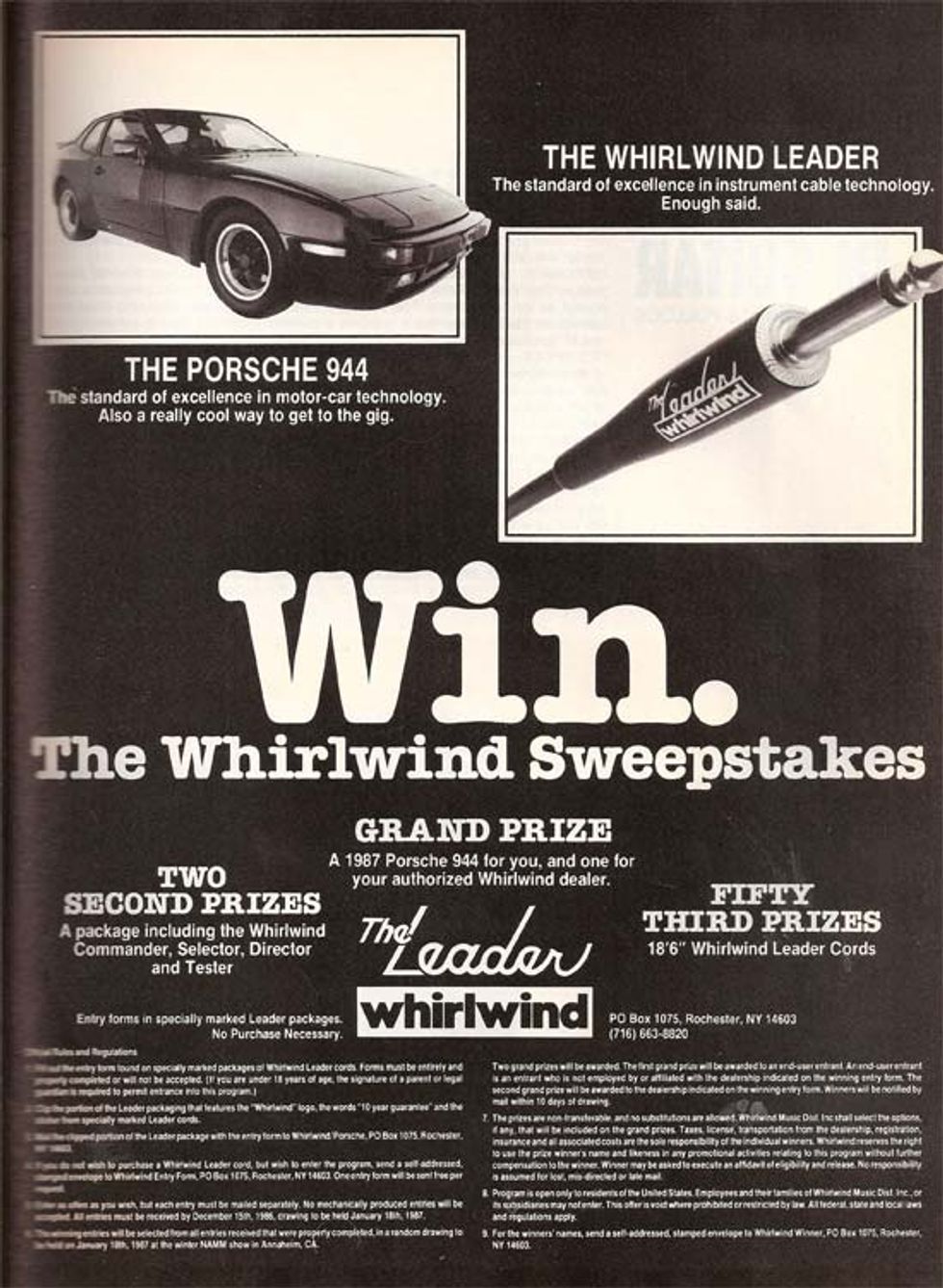
The single trend of the '80s that must be resurrected immediately: cable companies giving away Porsches.
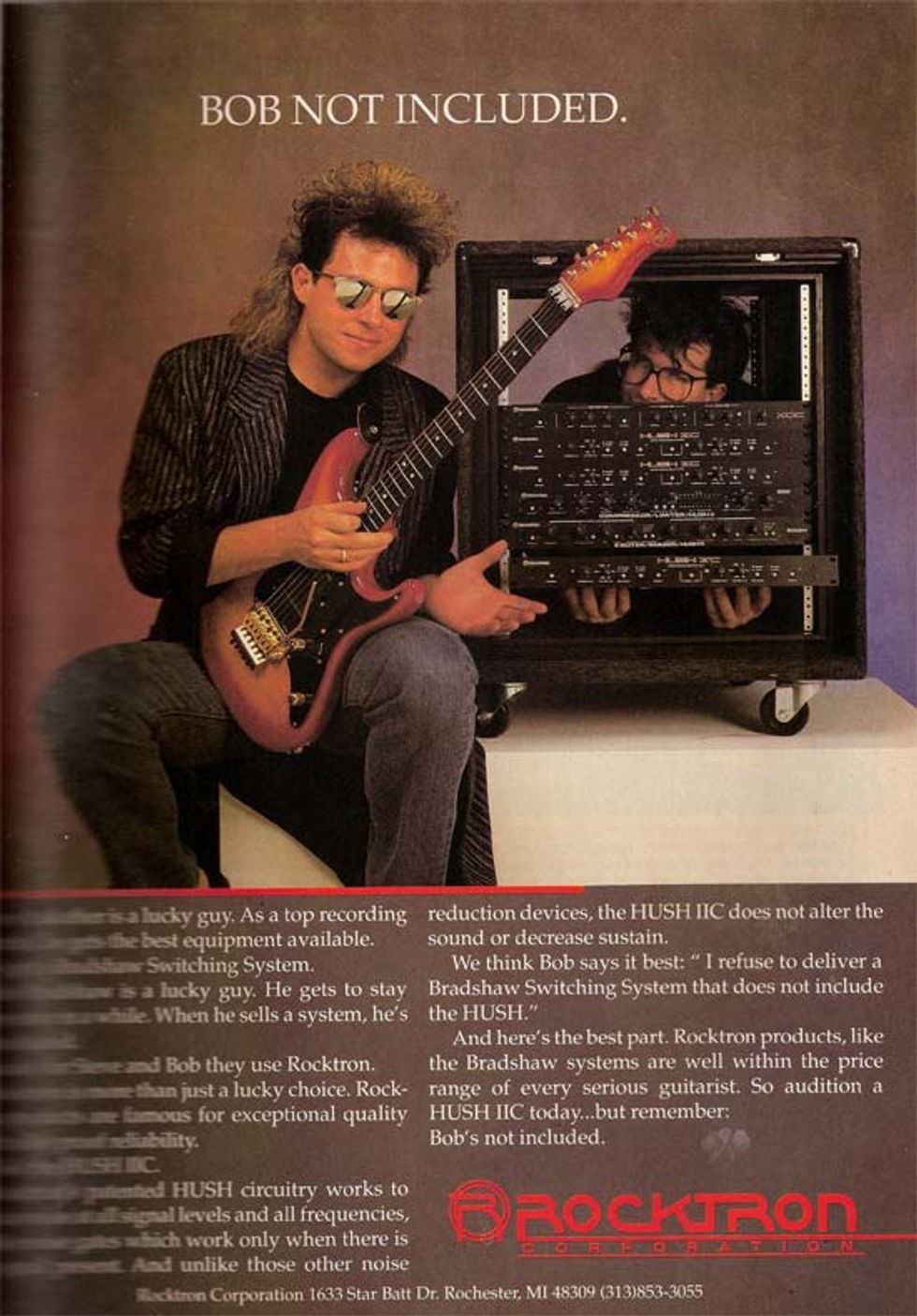
Gratuitous Mullet Joke #2: Rocktron wisely hid Bob Bradshaw's FET-killing mullet behind its HUSH units. On the downside, they upped the ante with Steve Lukather's a Hairnet-teased, Sun In-treated 'do. Apparently the HUSH survived due to confusion over whether Luke's killing shoulder-pad jacket was included.
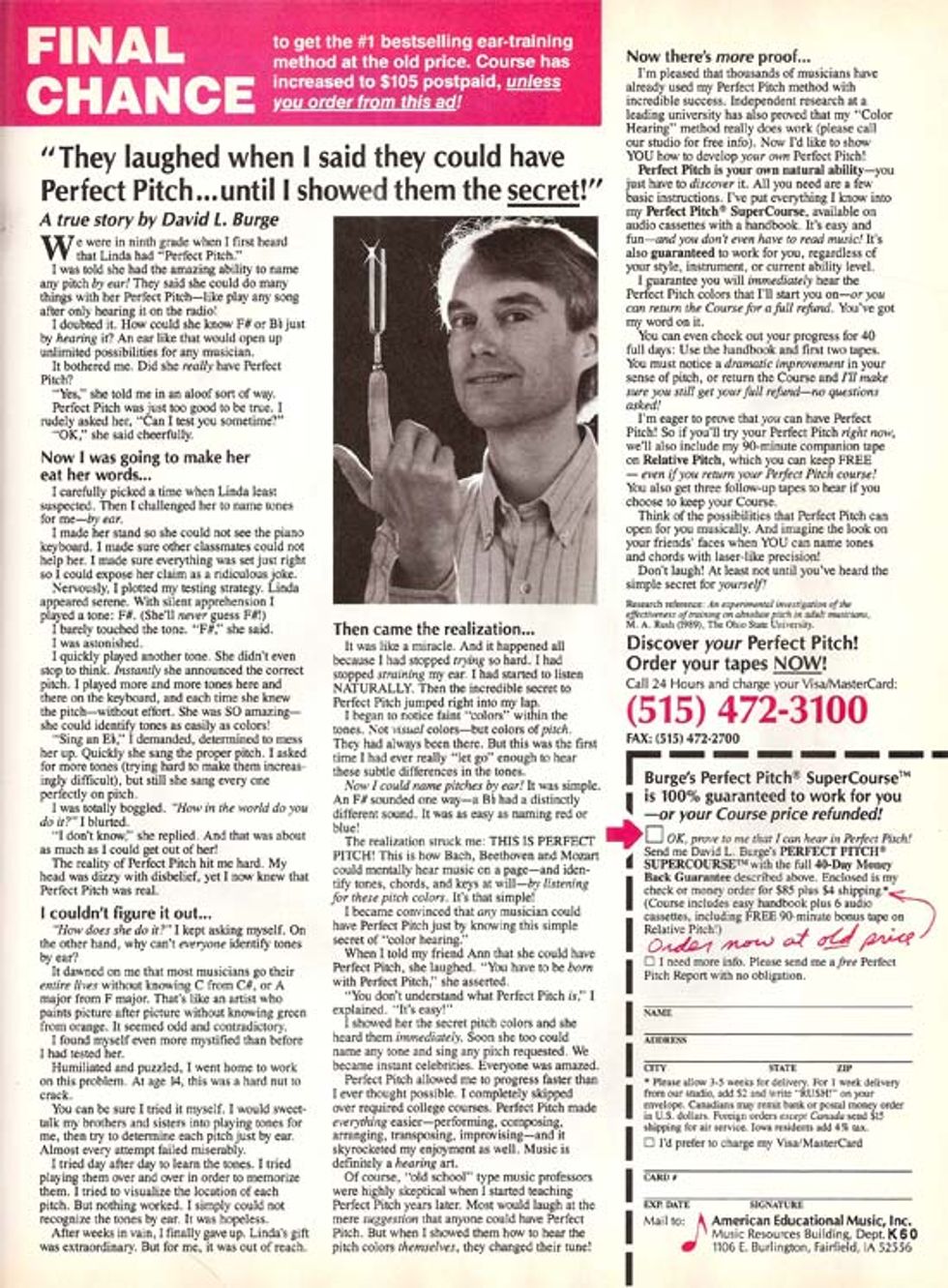
We've witnessed this undead ad campaign shuffle onward, feasting on our collective brains for what seems like an eternity now. And trust us, Mr. Perfect Pitch guy, we've laughed at a LOT more than your secret.
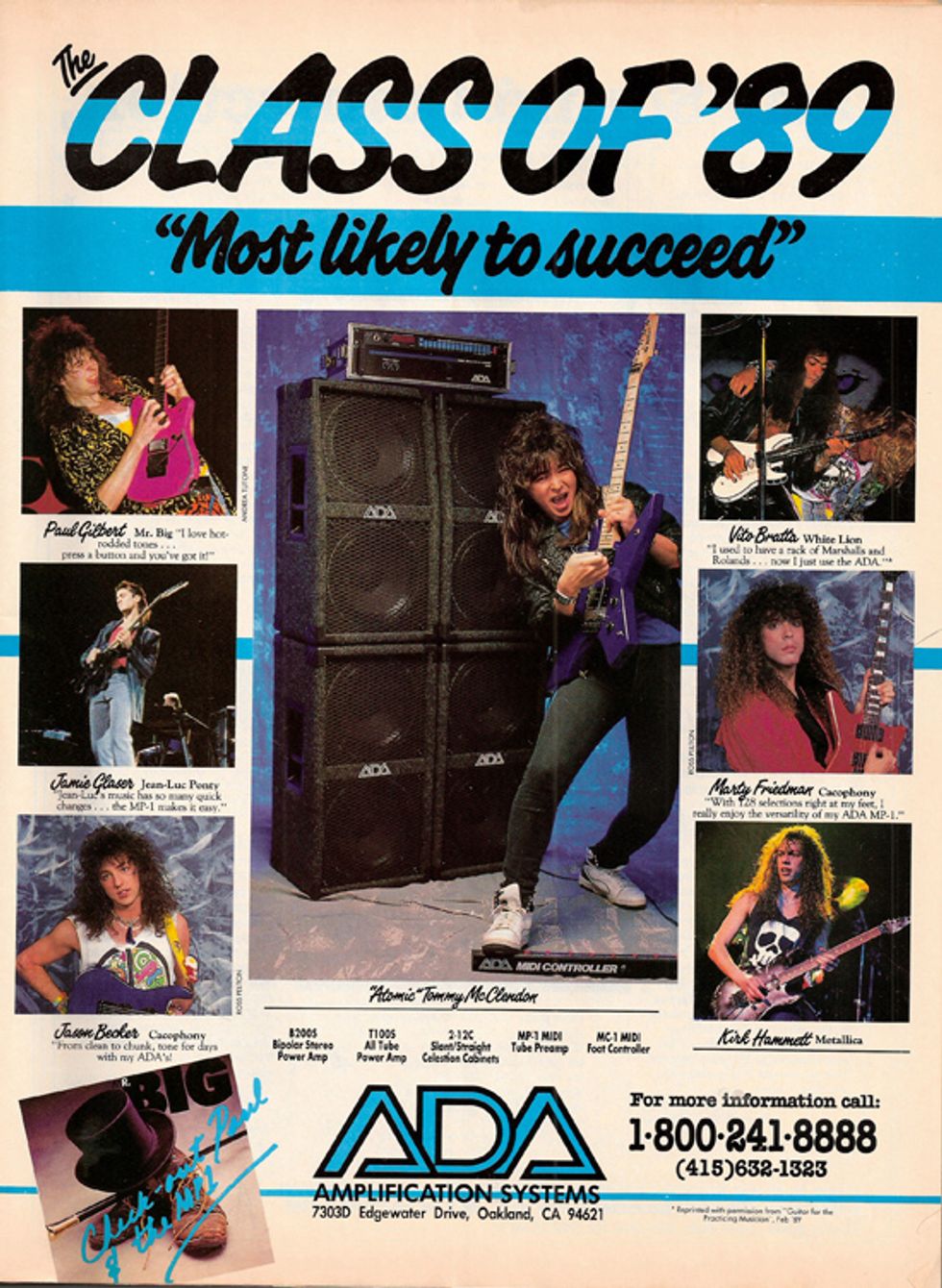
As Michael J. Fox's character found out in the Night Ranger-scored (and tragically Oscar-scorned) The Secret of My Success, 128 patches of preamp-tube distortion are the surest bet when reaching for that golden ring. (What's that? Yeah, yeah, we know Secret is the one '80s movie Fox DIDN'T play guitar in...but it worked here, all right?)
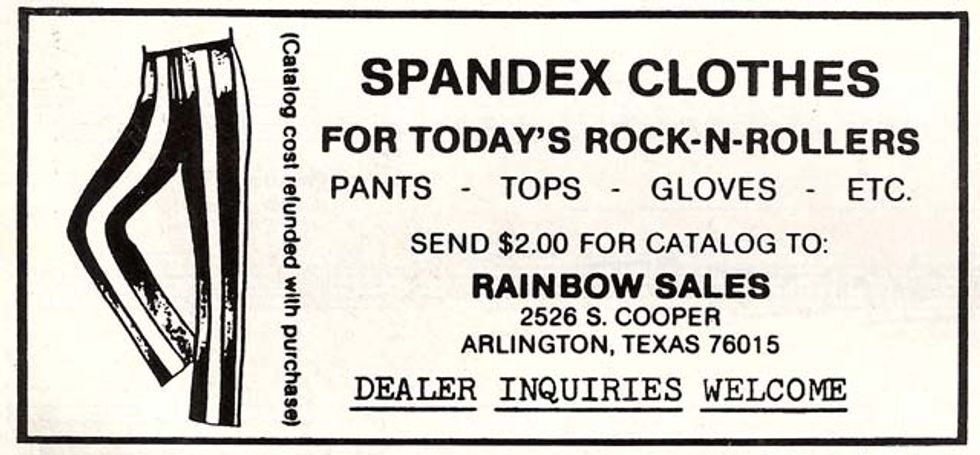
Guitar mags of the '80s offered information on ALL the essential tools for mastering guitar.
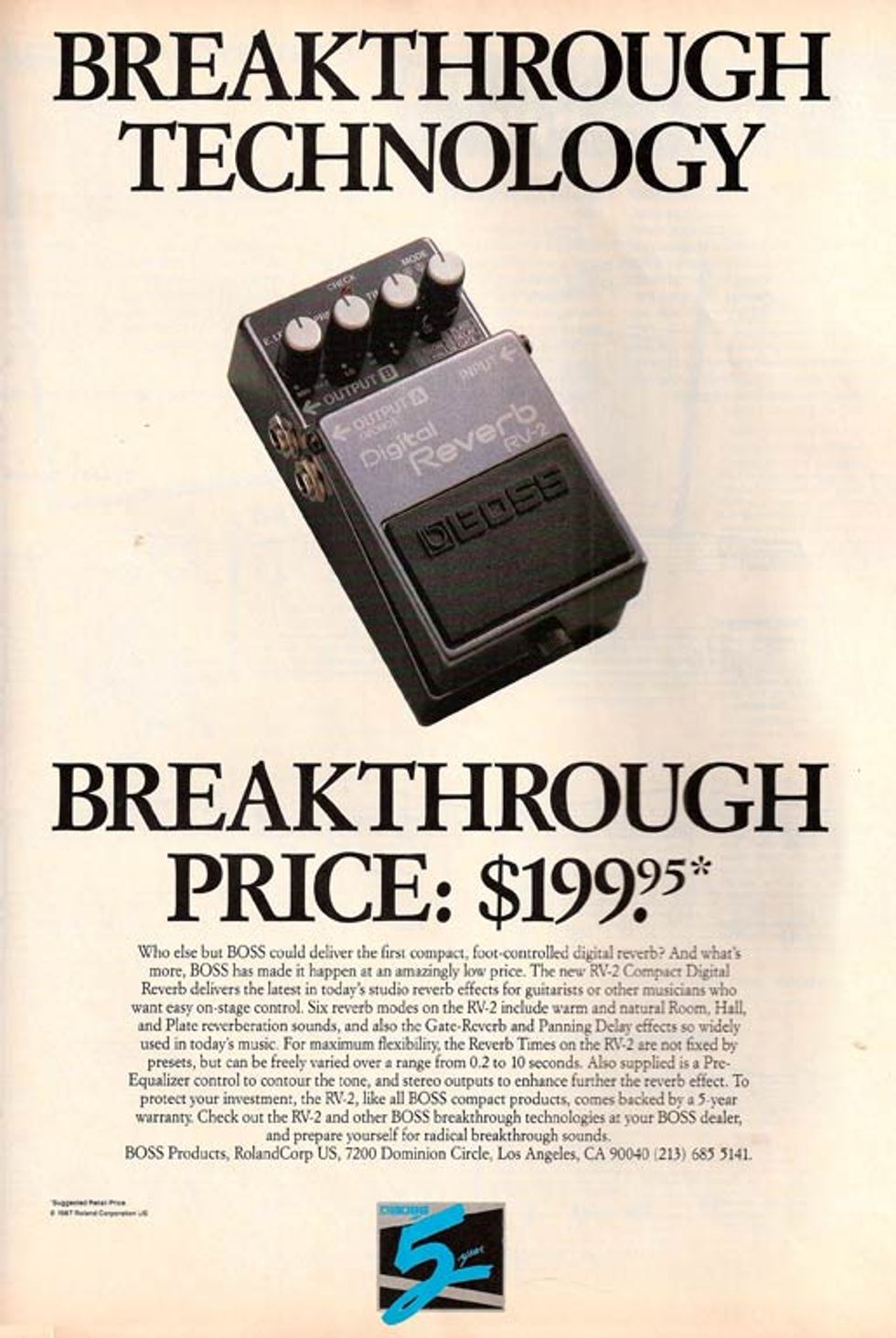
Exhibit 1 in making the case that not everything from the '80s had a short shelf life.
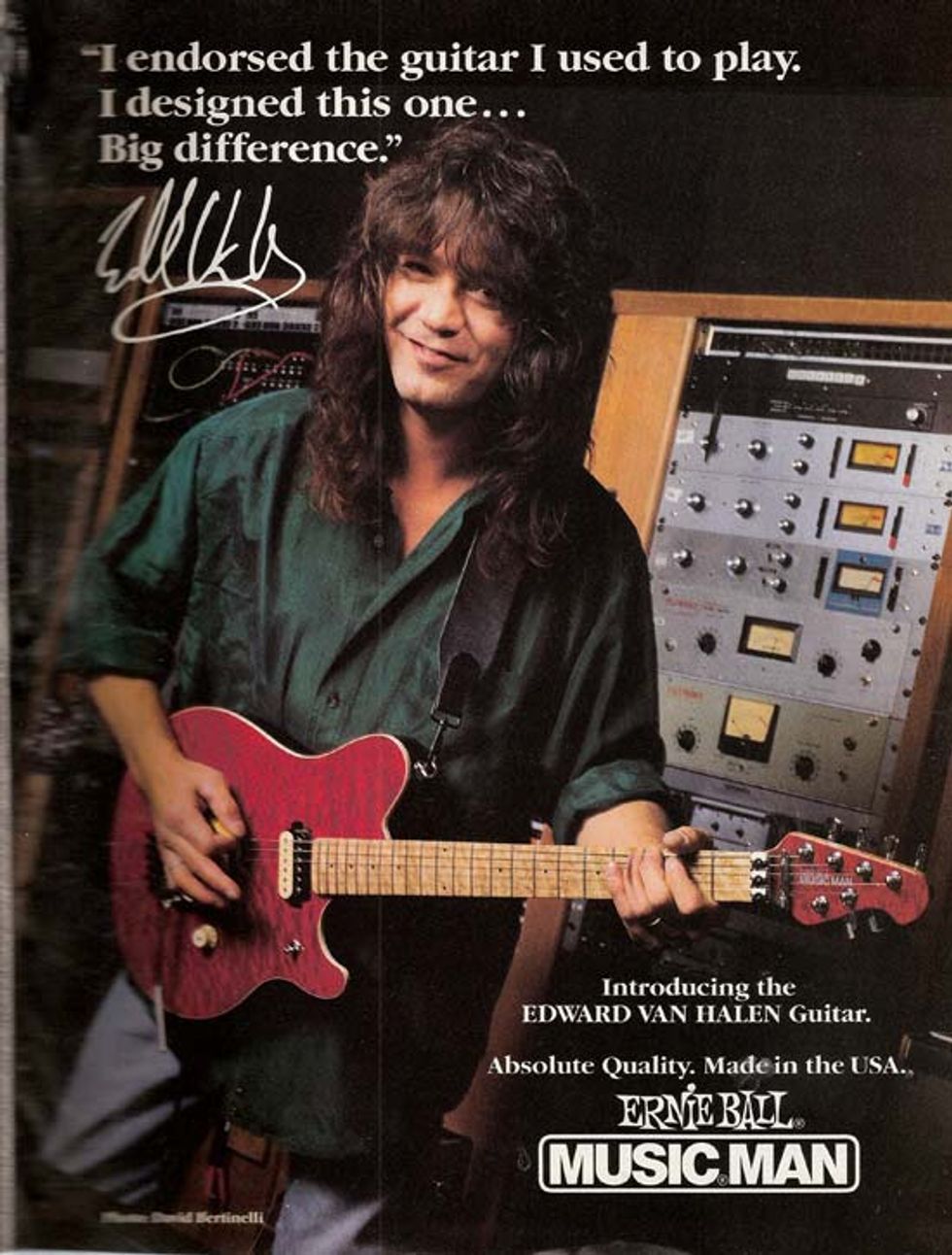
Ok, so Eddie designed the guitar. It's cool, we understand the switch. The only thing better would be having your own brand, but that's crazy talk...
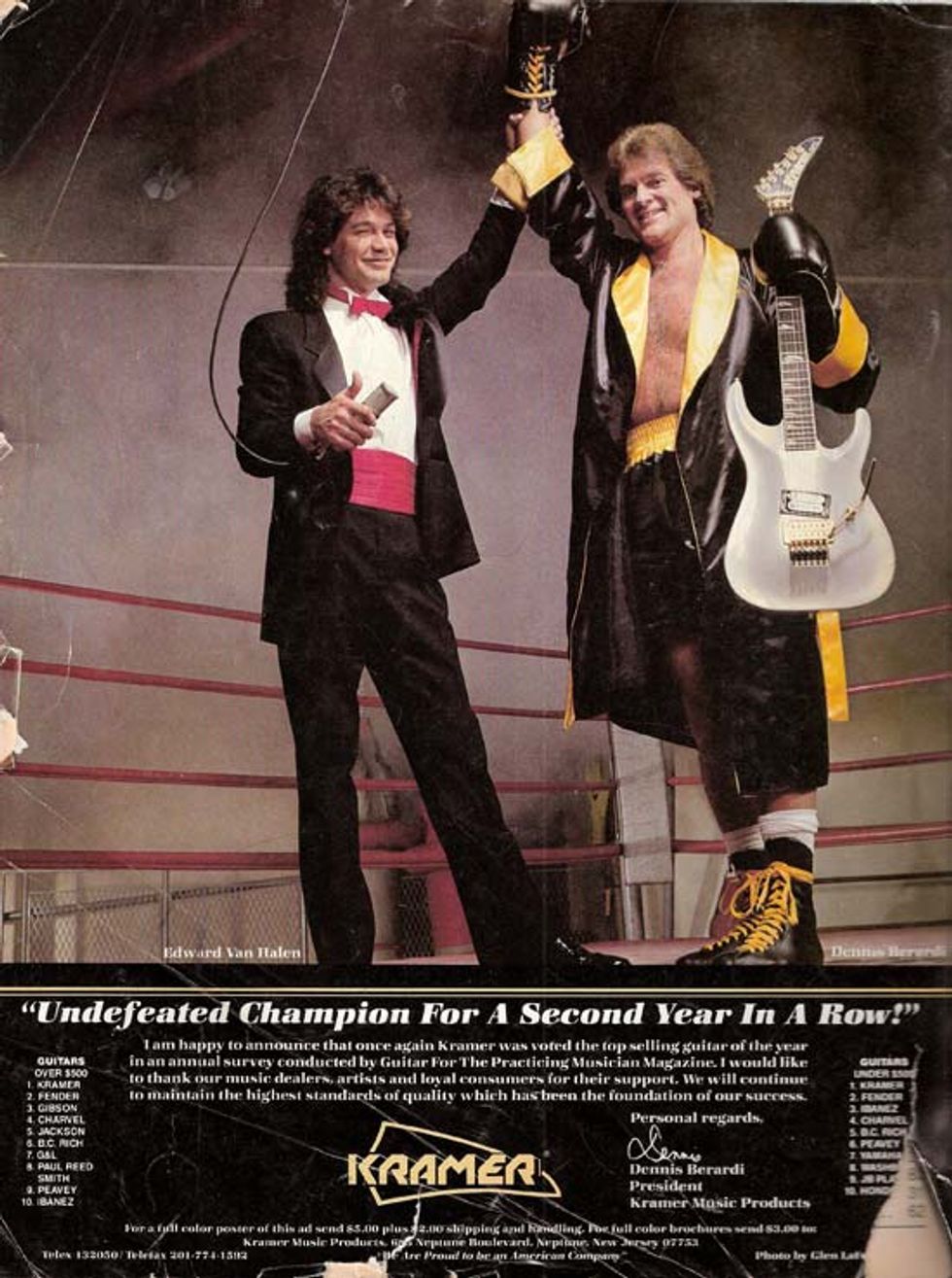
Anyone who thinks Eddie switched endorsements a lot clearly hasn't seen this ad. Look how loyal he looks, raising the Kramer president's hand in triumph. He'd NEVER...
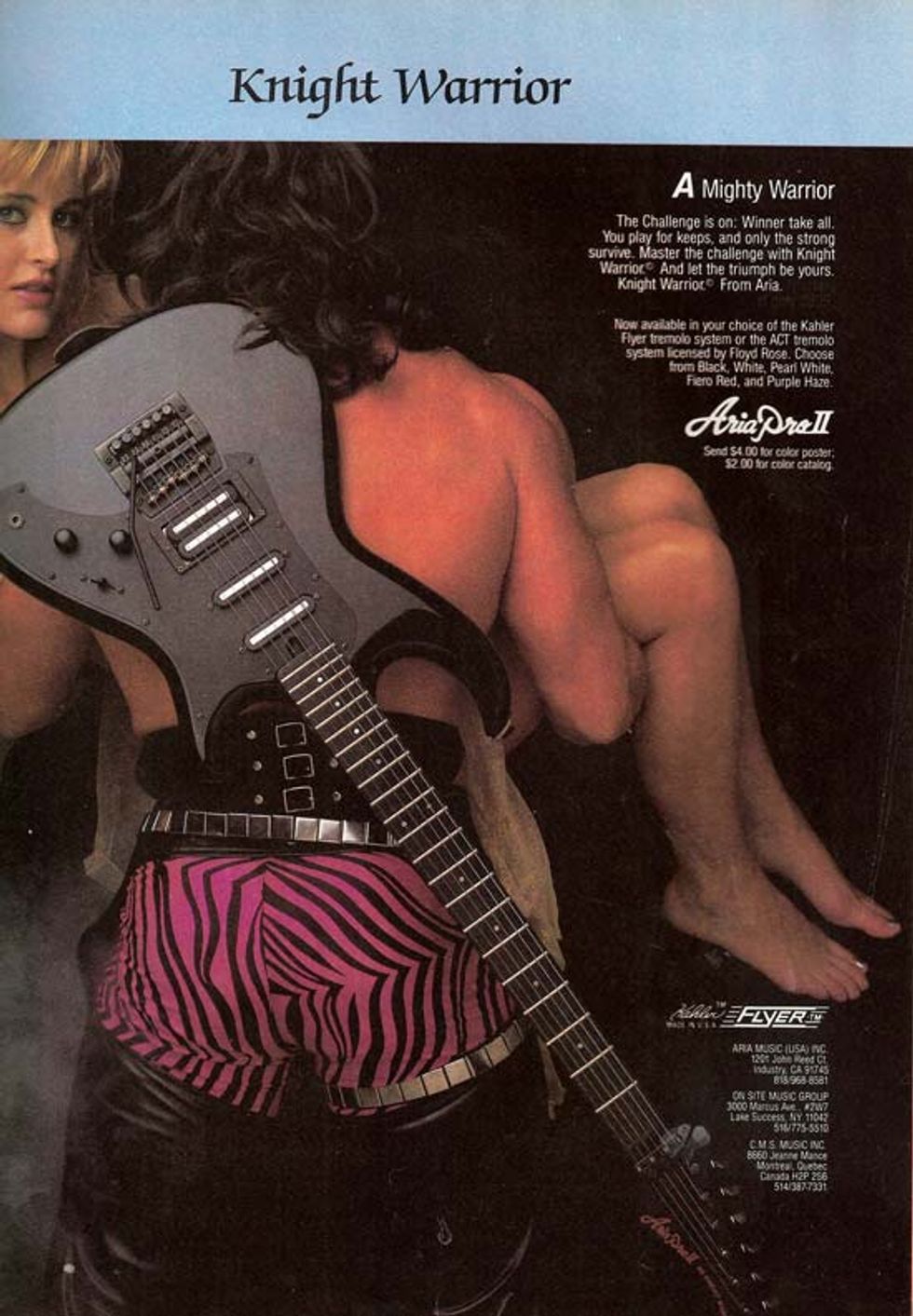
Ahhh...the golden years of Neanderthalic sexual objectification. Once you had the guitar, the only thing standing in the way of claiming your swooning prize was securing some badass spandex. Luckily...
[Updated 10/28/21]

